Quick filters:
Animal cells frog Stock Photos and Images
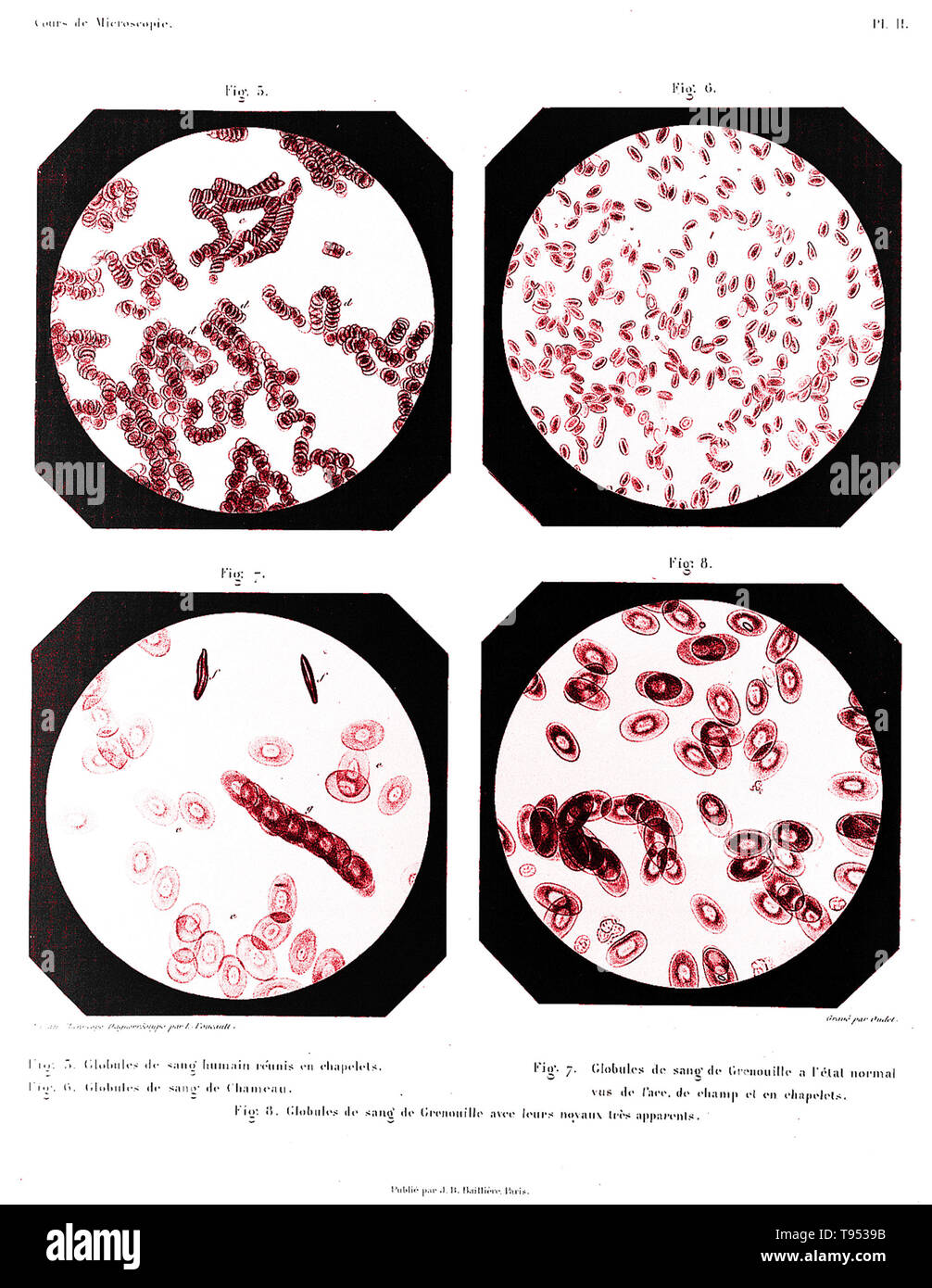 Blood cells from a human (upper left), camel (upper right), and frog (bottom two). Historical micrograph. Stock Photohttps://www.alamy.com/image-license-details/?v=1https://www.alamy.com/blood-cells-from-a-human-upper-left-camel-upper-right-and-frog-bottom-two-historical-micrograph-image246589431.html
Blood cells from a human (upper left), camel (upper right), and frog (bottom two). Historical micrograph. Stock Photohttps://www.alamy.com/image-license-details/?v=1https://www.alamy.com/blood-cells-from-a-human-upper-left-camel-upper-right-and-frog-bottom-two-historical-micrograph-image246589431.htmlRMT9539B–Blood cells from a human (upper left), camel (upper right), and frog (bottom two). Historical micrograph.
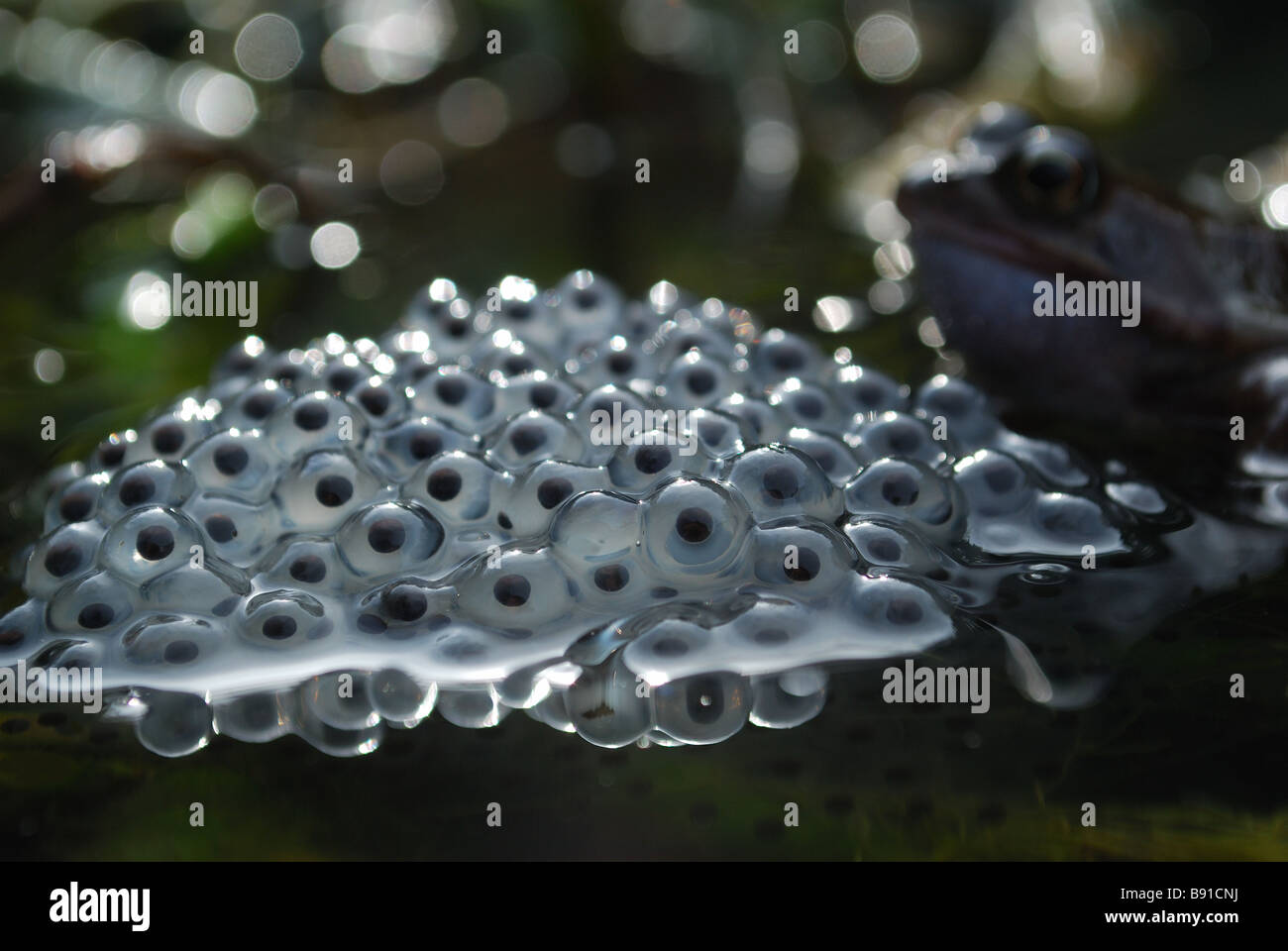 Frog spawn Stock Photohttps://www.alamy.com/image-license-details/?v=1https://www.alamy.com/stock-photo-frog-spawn-22774238.html
Frog spawn Stock Photohttps://www.alamy.com/image-license-details/?v=1https://www.alamy.com/stock-photo-frog-spawn-22774238.htmlRMB91CNJ–Frog spawn
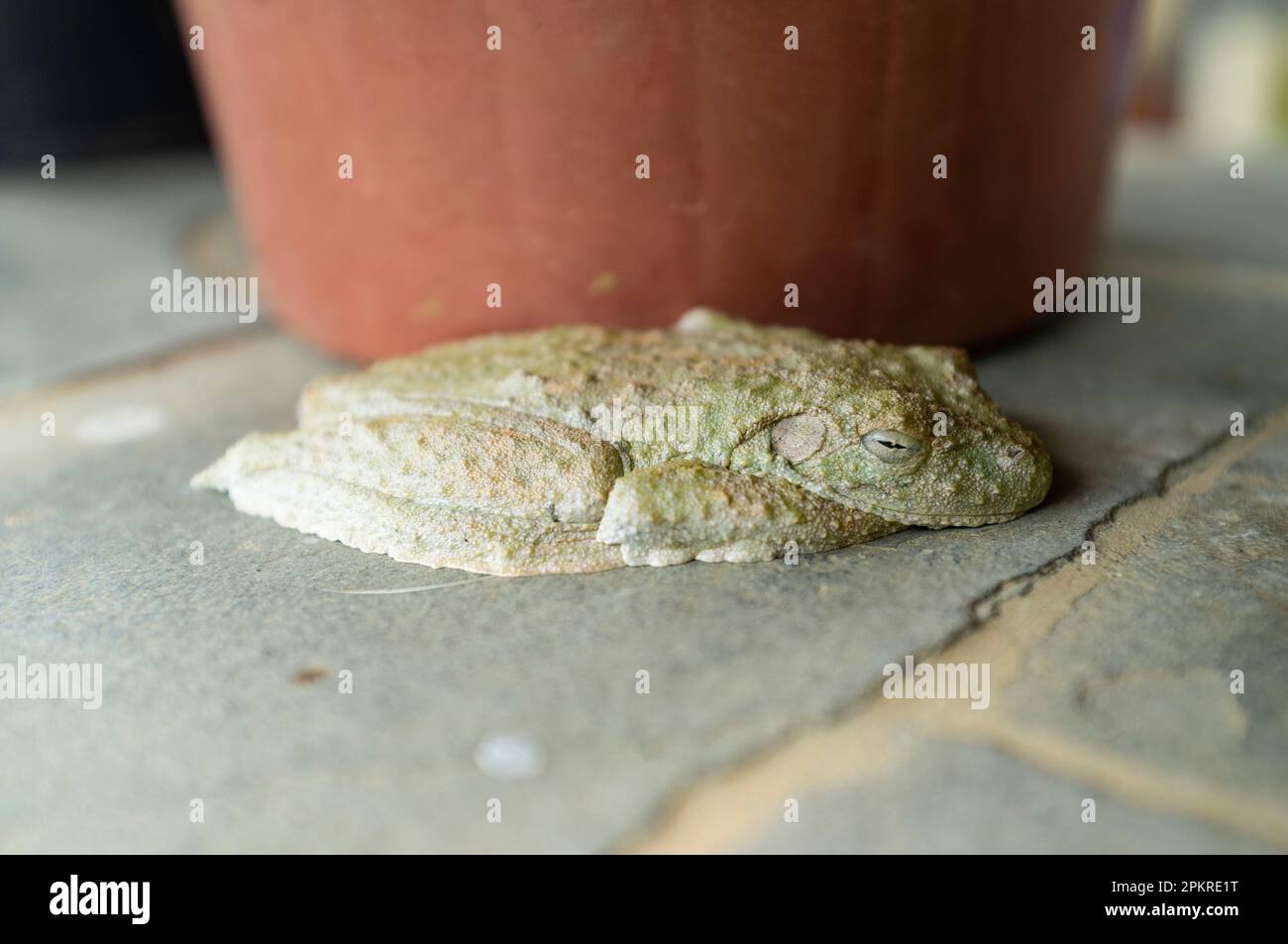 Frog sleeps on the balcony´s floor - changeable skin coloration, a technique of camouflage that changes its skin color using special chromatophore cells to resemble its current background. Nova Friburgo, Rio de Janeiro State, Brazil. Stock Photohttps://www.alamy.com/image-license-details/?v=1https://www.alamy.com/frog-sleeps-on-the-balconys-floor-changeable-skin-coloration-a-technique-of-camouflage-that-changes-its-skin-color-using-special-chromatophore-cells-to-resemble-its-current-background-nova-friburgo-rio-de-janeiro-state-brazil-image545715796.html
Frog sleeps on the balcony´s floor - changeable skin coloration, a technique of camouflage that changes its skin color using special chromatophore cells to resemble its current background. Nova Friburgo, Rio de Janeiro State, Brazil. Stock Photohttps://www.alamy.com/image-license-details/?v=1https://www.alamy.com/frog-sleeps-on-the-balconys-floor-changeable-skin-coloration-a-technique-of-camouflage-that-changes-its-skin-color-using-special-chromatophore-cells-to-resemble-its-current-background-nova-friburgo-rio-de-janeiro-state-brazil-image545715796.htmlRM2PKRE1T–Frog sleeps on the balcony´s floor - changeable skin coloration, a technique of camouflage that changes its skin color using special chromatophore cells to resemble its current background. Nova Friburgo, Rio de Janeiro State, Brazil.
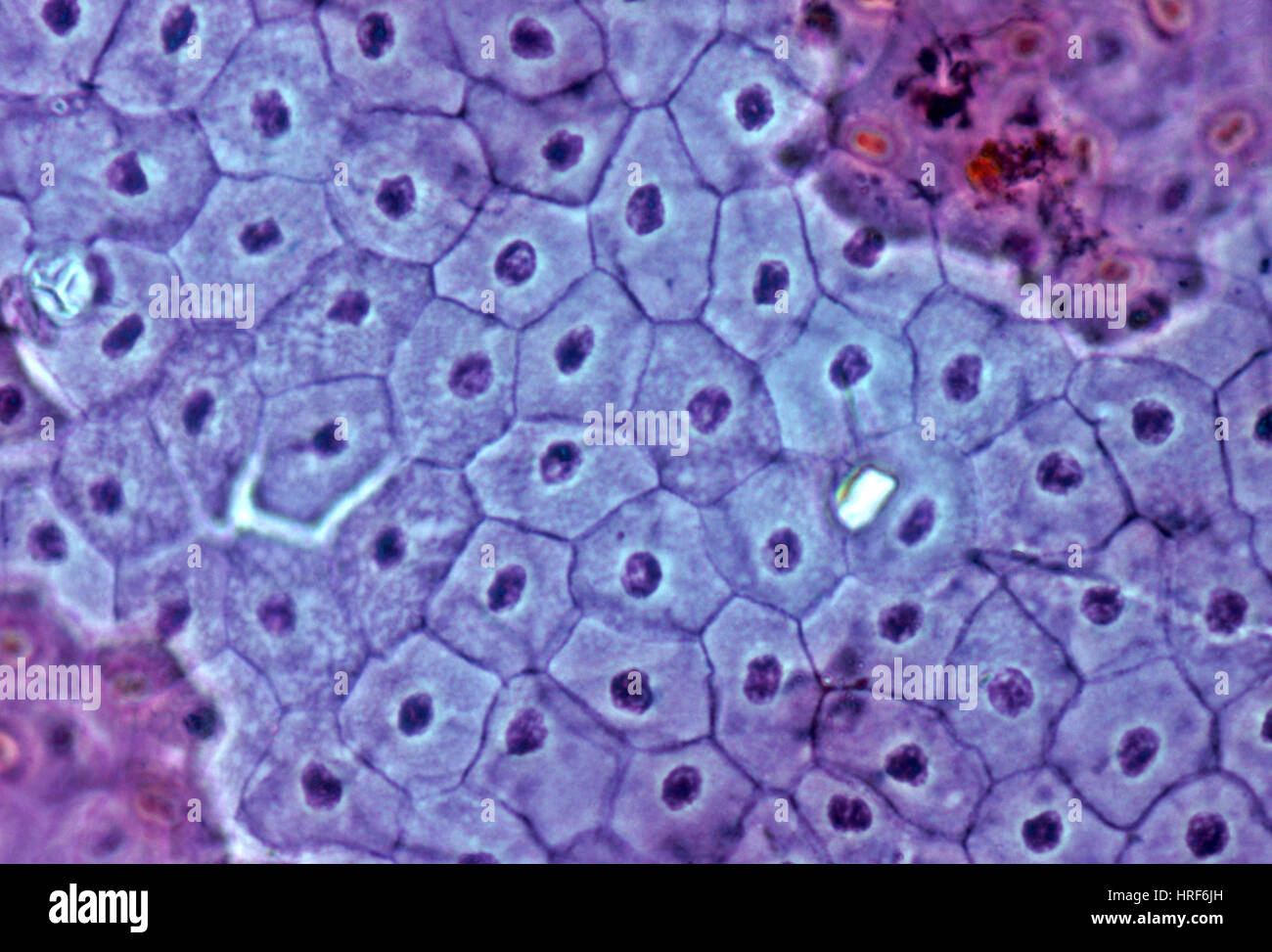 Frog Skin Stock Photohttps://www.alamy.com/image-license-details/?v=1https://www.alamy.com/stock-photo-frog-skin-134944169.html
Frog Skin Stock Photohttps://www.alamy.com/image-license-details/?v=1https://www.alamy.com/stock-photo-frog-skin-134944169.htmlRMHRF6JH–Frog Skin
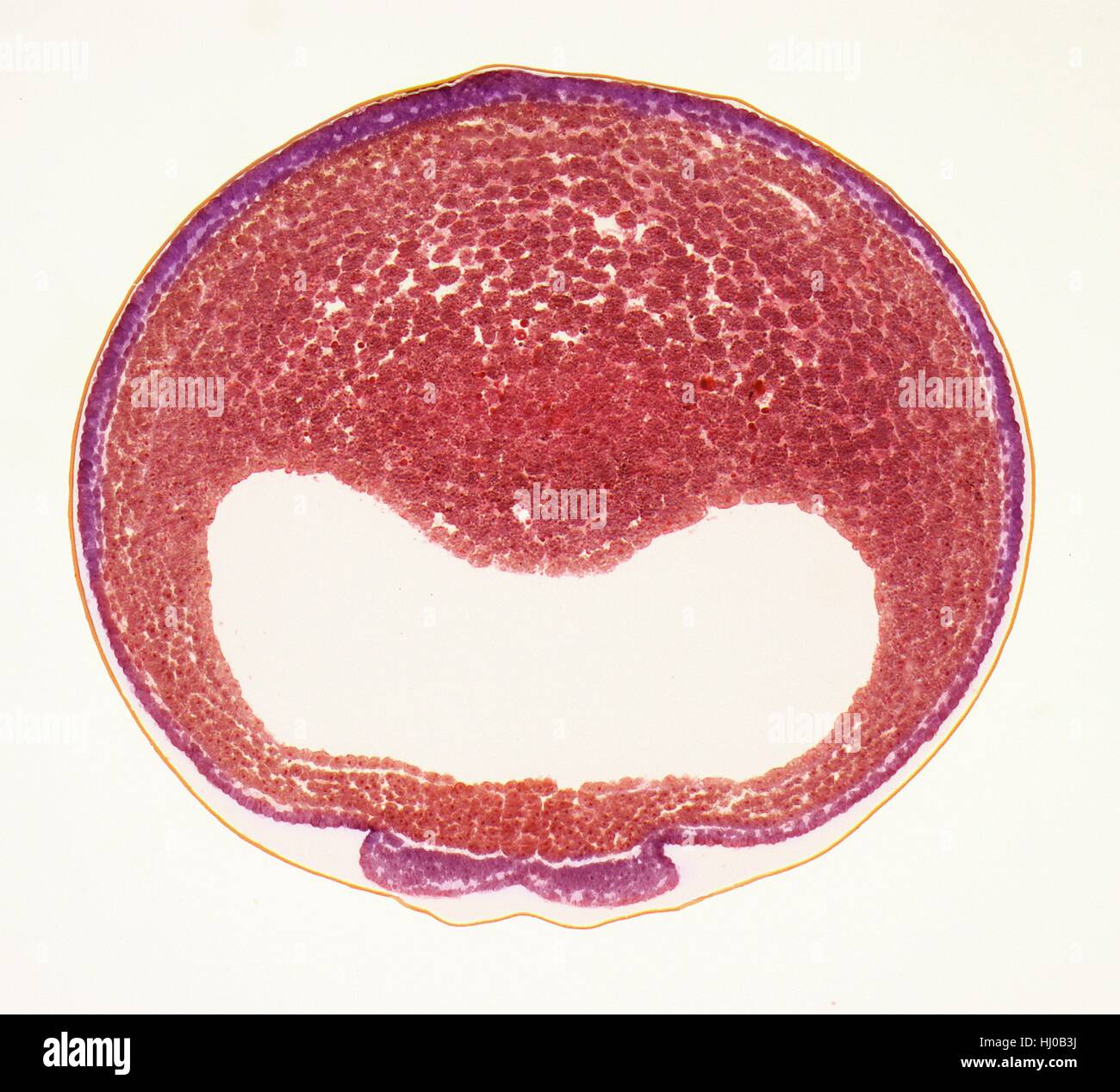 Developing frog egg.Light micrograph of transverse section through developing egg laid by common frog (Rana temporaria).The egg has reached early neurula stage.The neural plate (purple bottom centre) is present just before folding to form neural tube.Several germ layers (tissue types) have also Stock Photohttps://www.alamy.com/image-license-details/?v=1https://www.alamy.com/stock-photo-developing-frog-egglight-micrograph-of-transverse-section-through-131545110.html
Developing frog egg.Light micrograph of transverse section through developing egg laid by common frog (Rana temporaria).The egg has reached early neurula stage.The neural plate (purple bottom centre) is present just before folding to form neural tube.Several germ layers (tissue types) have also Stock Photohttps://www.alamy.com/image-license-details/?v=1https://www.alamy.com/stock-photo-developing-frog-egglight-micrograph-of-transverse-section-through-131545110.htmlRFHJ0B3J–Developing frog egg.Light micrograph of transverse section through developing egg laid by common frog (Rana temporaria).The egg has reached early neurula stage.The neural plate (purple bottom centre) is present just before folding to form neural tube.Several germ layers (tissue types) have also
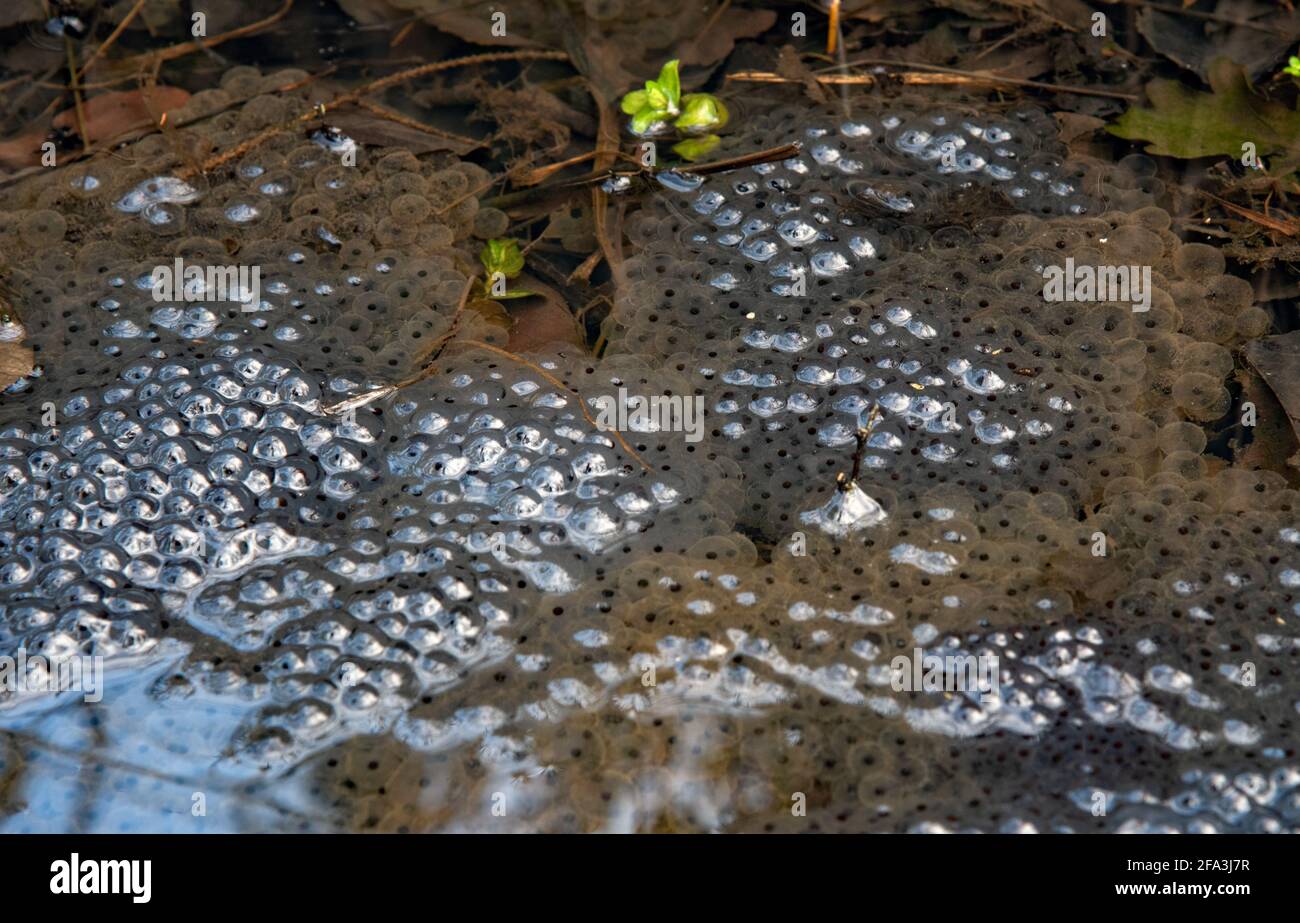 A frog spawn in the waters. Eggs in a clump about to hatch into tadpoles. Stock Photohttps://www.alamy.com/image-license-details/?v=1https://www.alamy.com/a-frog-spawn-in-the-waters-eggs-in-a-clump-about-to-hatch-into-tadpoles-image419275579.html
A frog spawn in the waters. Eggs in a clump about to hatch into tadpoles. Stock Photohttps://www.alamy.com/image-license-details/?v=1https://www.alamy.com/a-frog-spawn-in-the-waters-eggs-in-a-clump-about-to-hatch-into-tadpoles-image419275579.htmlRF2FA3J7R–A frog spawn in the waters. Eggs in a clump about to hatch into tadpoles.
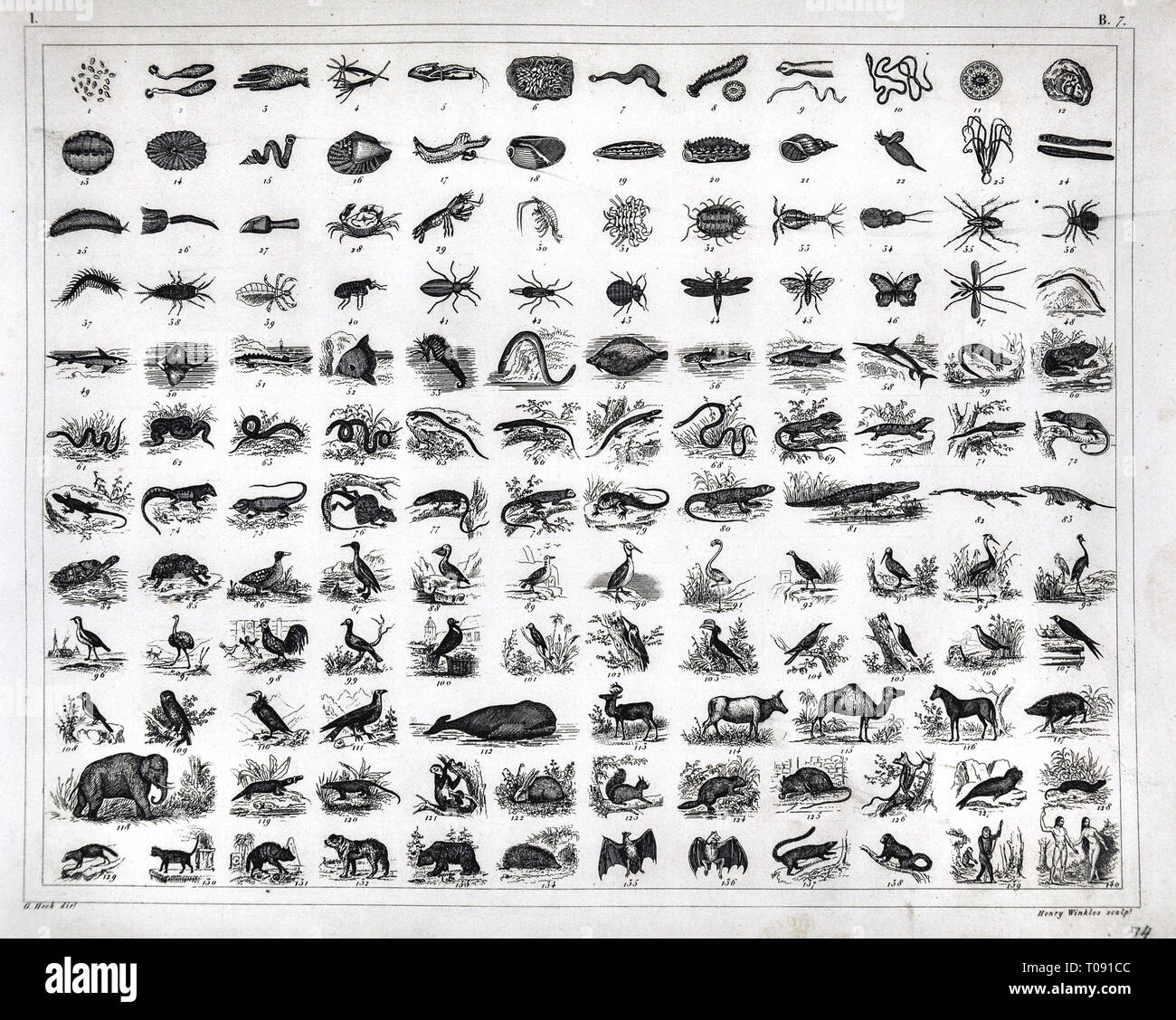 1849 Bilder Atlas Print Animal Kingdom Species Chart Evolution Stock Photohttps://www.alamy.com/image-license-details/?v=1https://www.alamy.com/1849-bilder-atlas-print-animal-kingdom-species-chart-evolution-image241143852.html
1849 Bilder Atlas Print Animal Kingdom Species Chart Evolution Stock Photohttps://www.alamy.com/image-license-details/?v=1https://www.alamy.com/1849-bilder-atlas-print-animal-kingdom-species-chart-evolution-image241143852.htmlRFT091CC–1849 Bilder Atlas Print Animal Kingdom Species Chart Evolution
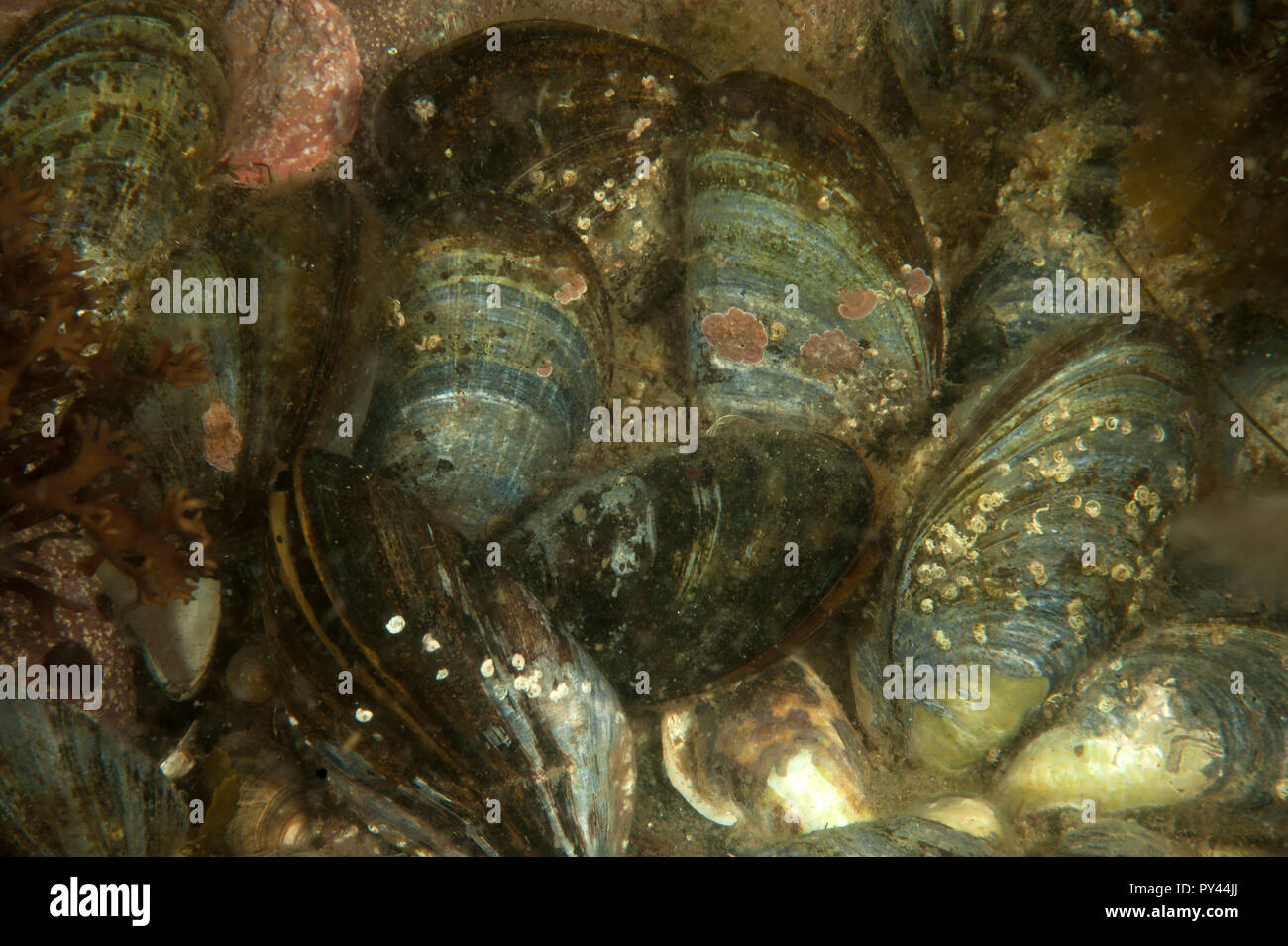 Sweden, west coast Stock Photohttps://www.alamy.com/image-license-details/?v=1https://www.alamy.com/sweden-west-coast-image223211594.html
Sweden, west coast Stock Photohttps://www.alamy.com/image-license-details/?v=1https://www.alamy.com/sweden-west-coast-image223211594.htmlRFPY44JJ–Sweden, west coast
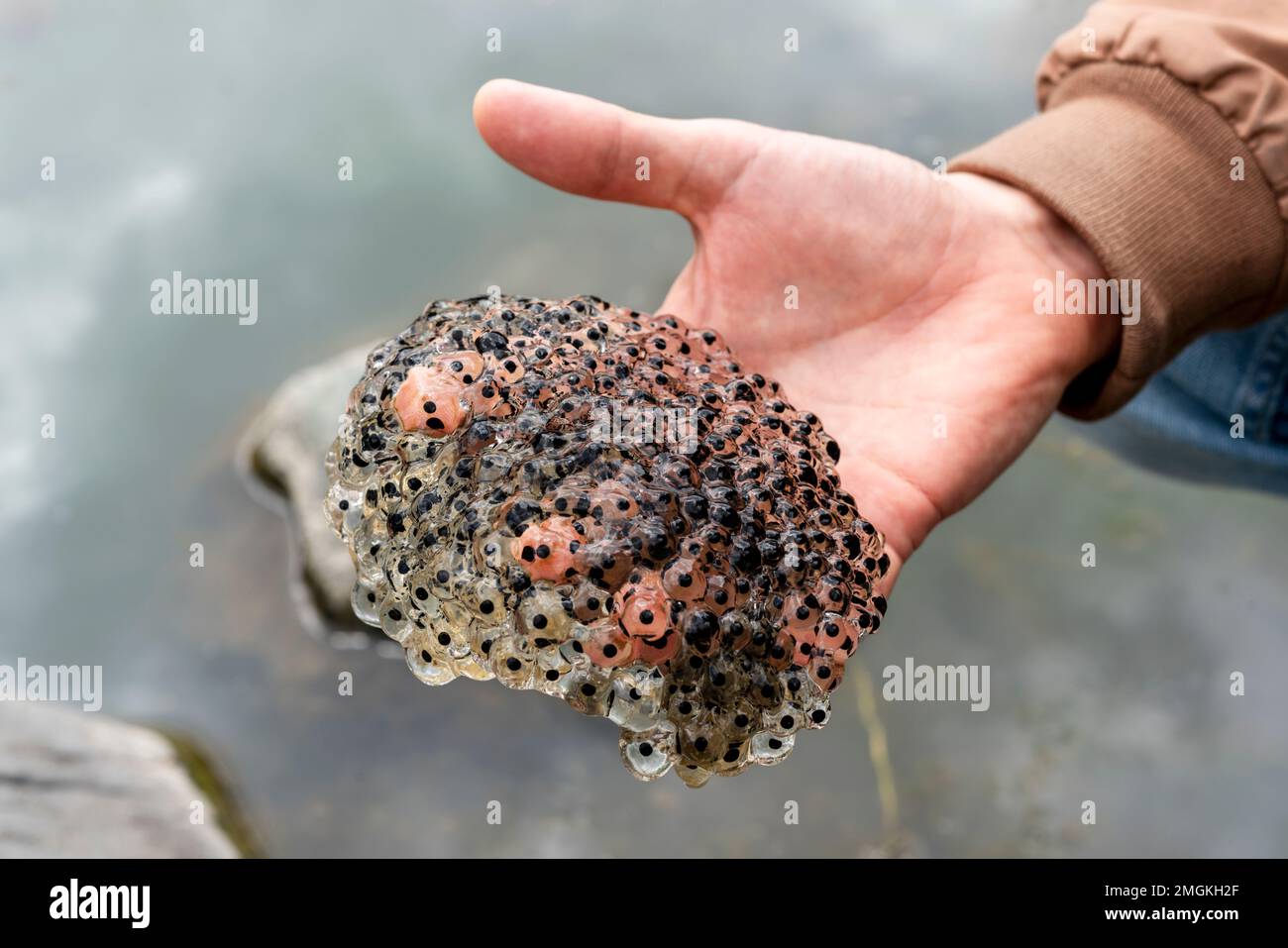 frog or toad eggs laying in human hand all against water of pond in mating season of amphibians ecology zoology concept natural phenomenon ecosystem b Stock Photohttps://www.alamy.com/image-license-details/?v=1https://www.alamy.com/frog-or-toad-eggs-laying-in-human-hand-all-against-water-of-pond-in-mating-season-of-amphibians-ecology-zoology-concept-natural-phenomenon-ecosystem-b-image509365655.html
frog or toad eggs laying in human hand all against water of pond in mating season of amphibians ecology zoology concept natural phenomenon ecosystem b Stock Photohttps://www.alamy.com/image-license-details/?v=1https://www.alamy.com/frog-or-toad-eggs-laying-in-human-hand-all-against-water-of-pond-in-mating-season-of-amphibians-ecology-zoology-concept-natural-phenomenon-ecosystem-b-image509365655.htmlRF2MGKH2F–frog or toad eggs laying in human hand all against water of pond in mating season of amphibians ecology zoology concept natural phenomenon ecosystem b
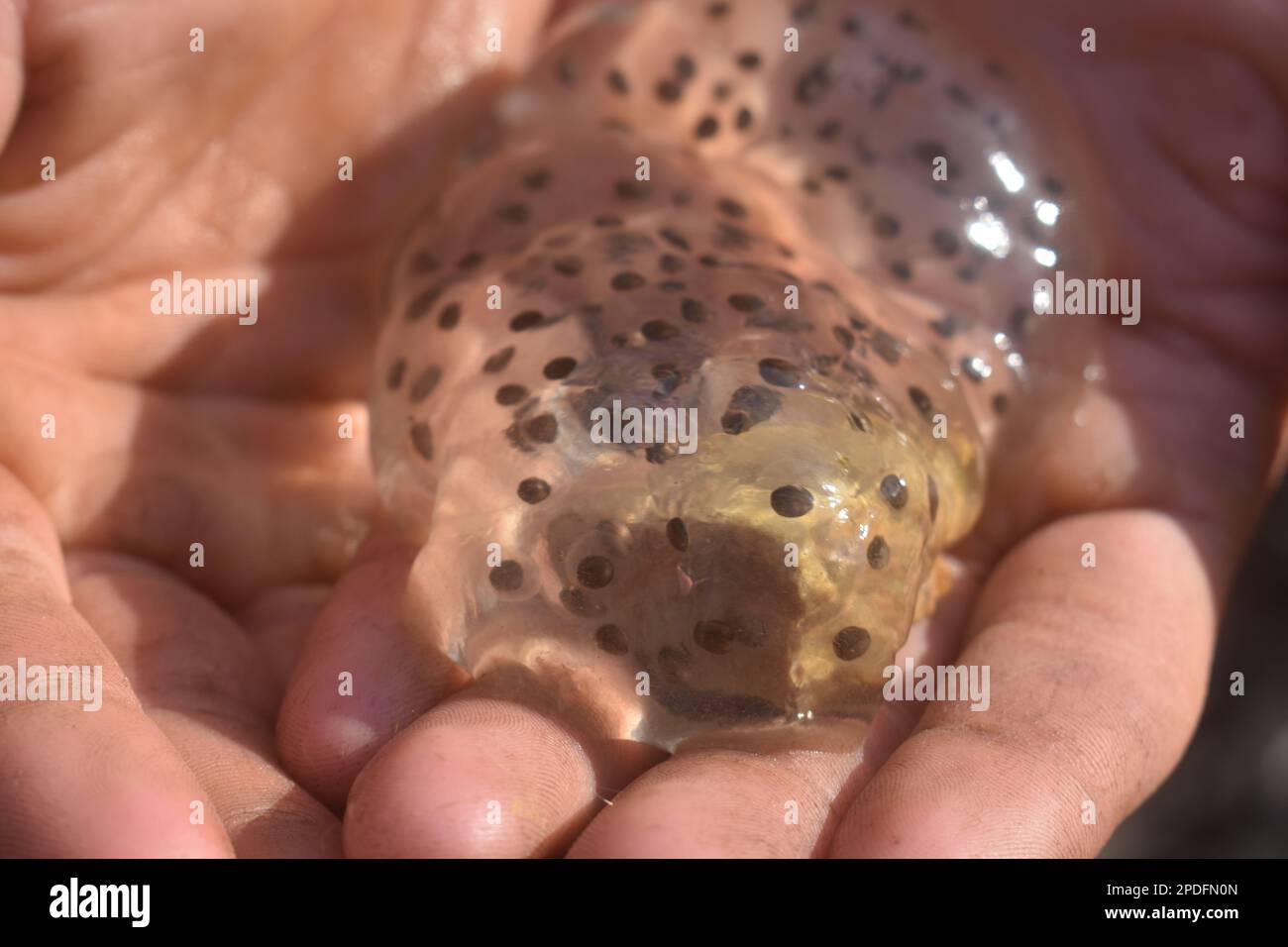 A clutch of frog eggs that were found in a creek in rural Missouri, MO, United States, US, USA, are being held up in a pair of hands. Stock Photohttps://www.alamy.com/image-license-details/?v=1https://www.alamy.com/a-clutch-of-frog-eggs-that-were-found-in-a-creek-in-rural-missouri-mo-united-states-us-usa-are-being-held-up-in-a-pair-of-hands-image541857701.html
A clutch of frog eggs that were found in a creek in rural Missouri, MO, United States, US, USA, are being held up in a pair of hands. Stock Photohttps://www.alamy.com/image-license-details/?v=1https://www.alamy.com/a-clutch-of-frog-eggs-that-were-found-in-a-creek-in-rural-missouri-mo-united-states-us-usa-are-being-held-up-in-a-pair-of-hands-image541857701.htmlRF2PDFN0N–A clutch of frog eggs that were found in a creek in rural Missouri, MO, United States, US, USA, are being held up in a pair of hands.
 Common Frog and frogspawn, close-up, Sweden. Stock Photohttps://www.alamy.com/image-license-details/?v=1https://www.alamy.com/stock-photo-common-frog-and-frogspawn-close-up-sweden-28042093.html
Common Frog and frogspawn, close-up, Sweden. Stock Photohttps://www.alamy.com/image-license-details/?v=1https://www.alamy.com/stock-photo-common-frog-and-frogspawn-close-up-sweden-28042093.htmlRFBHHBY9–Common Frog and frogspawn, close-up, Sweden.
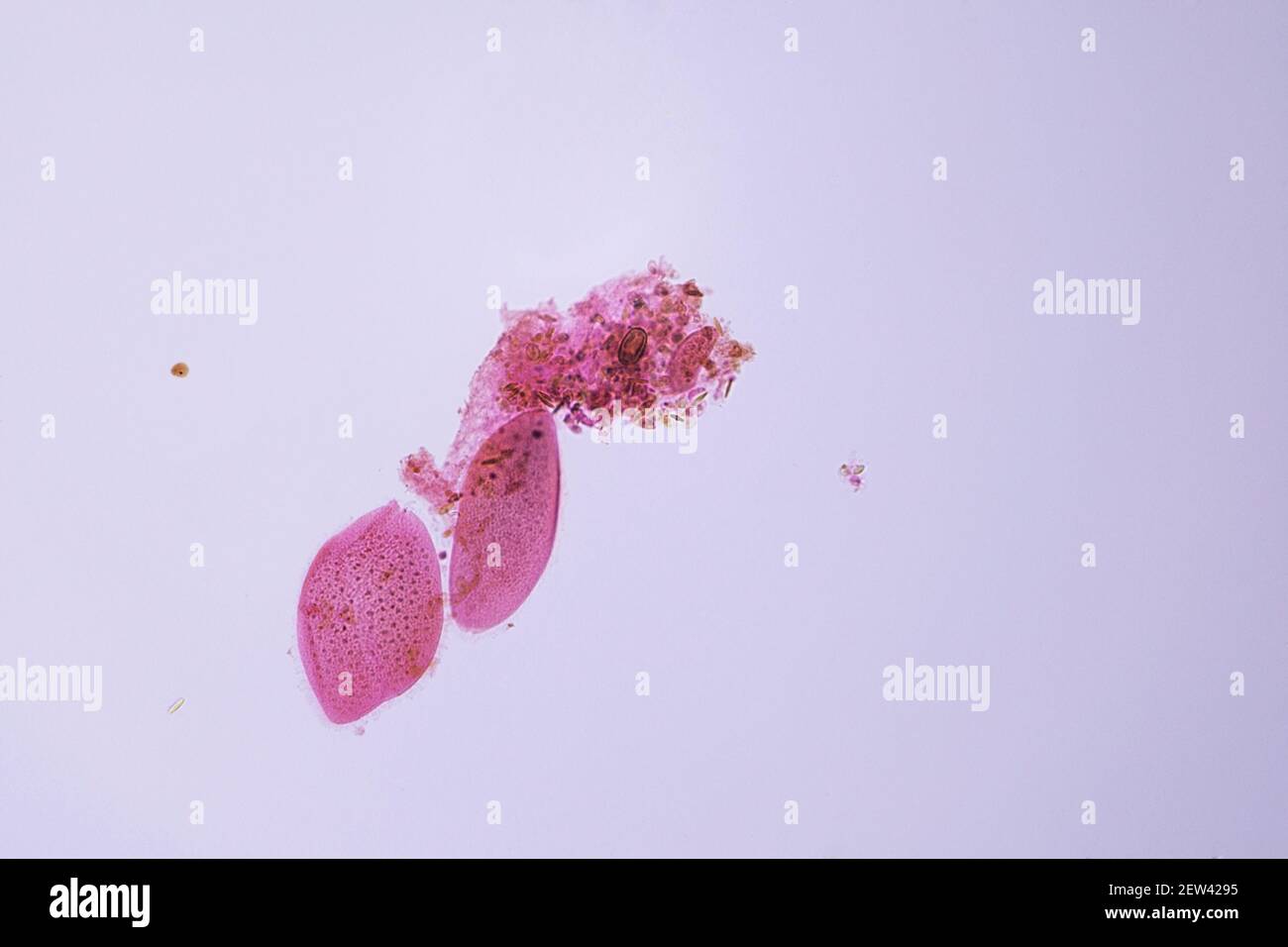 Opalina (from Rana E) under a light microscope and 10 times magnification Stock Photohttps://www.alamy.com/image-license-details/?v=1https://www.alamy.com/opalina-from-rana-e-under-a-light-microscope-and-10-times-magnification-image411294497.html
Opalina (from Rana E) under a light microscope and 10 times magnification Stock Photohttps://www.alamy.com/image-license-details/?v=1https://www.alamy.com/opalina-from-rana-e-under-a-light-microscope-and-10-times-magnification-image411294497.htmlRF2EW4295–Opalina (from Rana E) under a light microscope and 10 times magnification
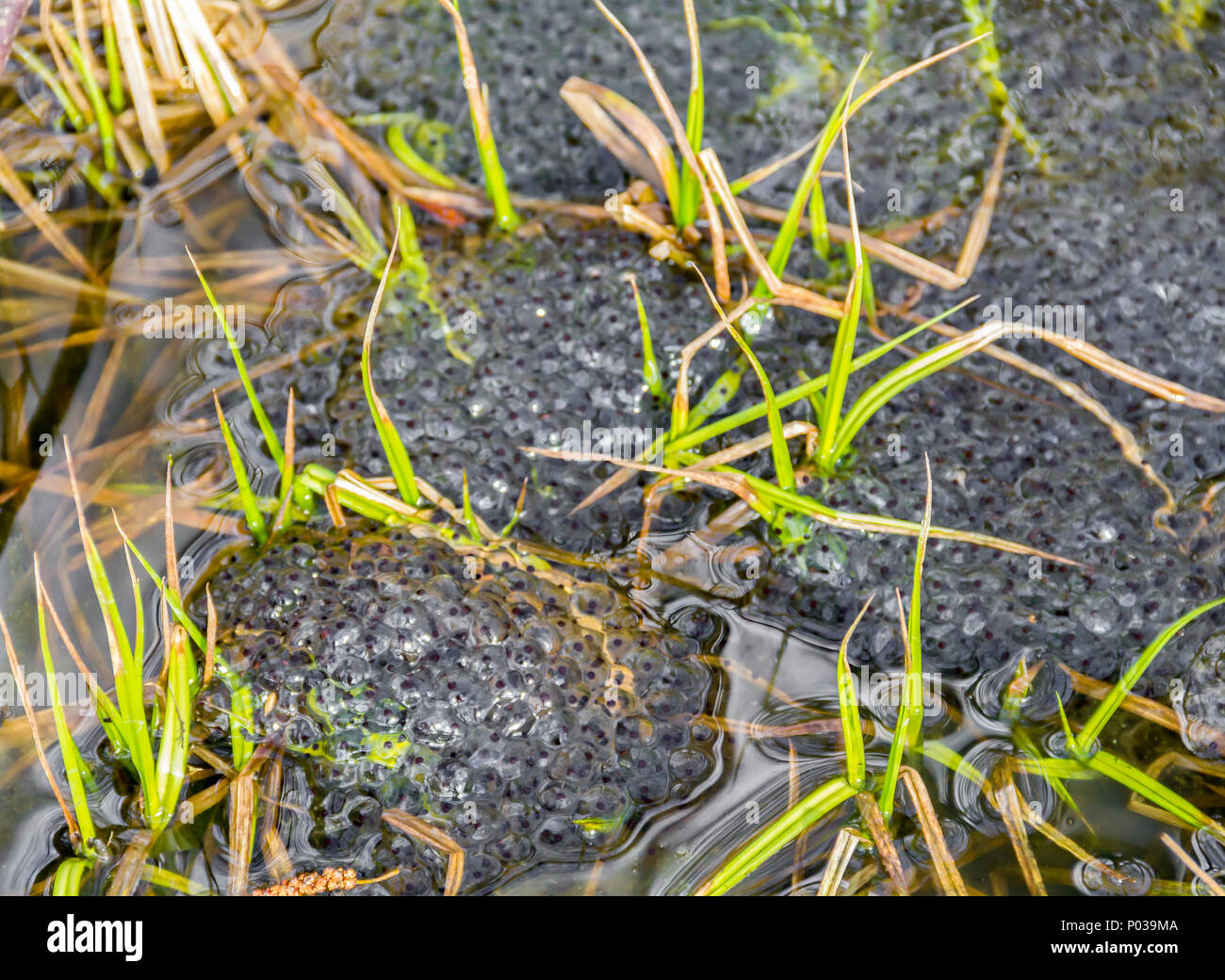 lots of frog spawn clusters at early spring time in natural ambiance Stock Photohttps://www.alamy.com/image-license-details/?v=1https://www.alamy.com/lots-of-frog-spawn-clusters-at-early-spring-time-in-natural-ambiance-image206597898.html
lots of frog spawn clusters at early spring time in natural ambiance Stock Photohttps://www.alamy.com/image-license-details/?v=1https://www.alamy.com/lots-of-frog-spawn-clusters-at-early-spring-time-in-natural-ambiance-image206597898.htmlRFP039MA–lots of frog spawn clusters at early spring time in natural ambiance
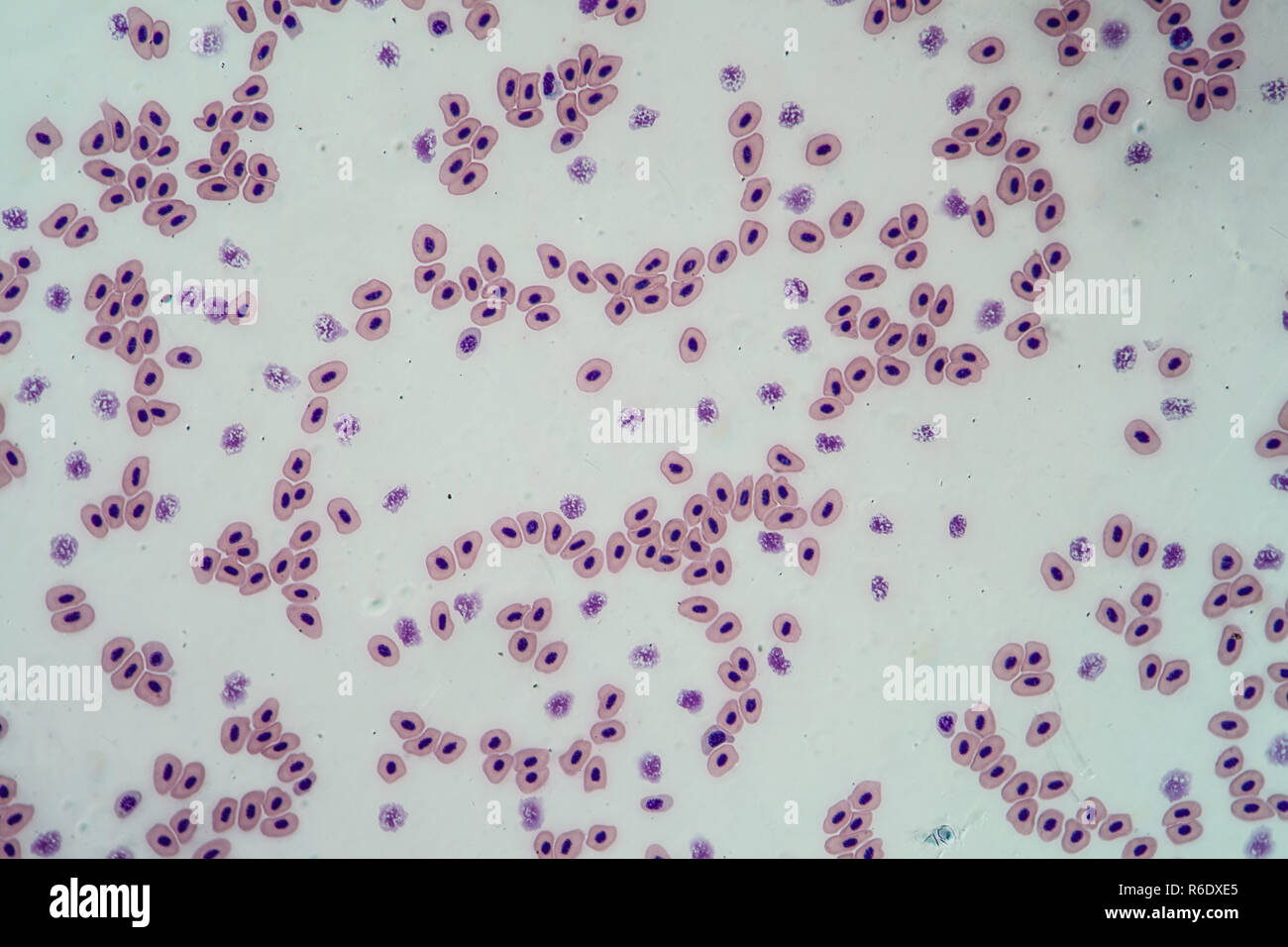 frog blood blood cells with cell nuclei 200x Stock Photohttps://www.alamy.com/image-license-details/?v=1https://www.alamy.com/frog-blood-blood-cells-with-cell-nuclei-200x-image227728877.html
frog blood blood cells with cell nuclei 200x Stock Photohttps://www.alamy.com/image-license-details/?v=1https://www.alamy.com/frog-blood-blood-cells-with-cell-nuclei-200x-image227728877.htmlRFR6DXE5–frog blood blood cells with cell nuclei 200x
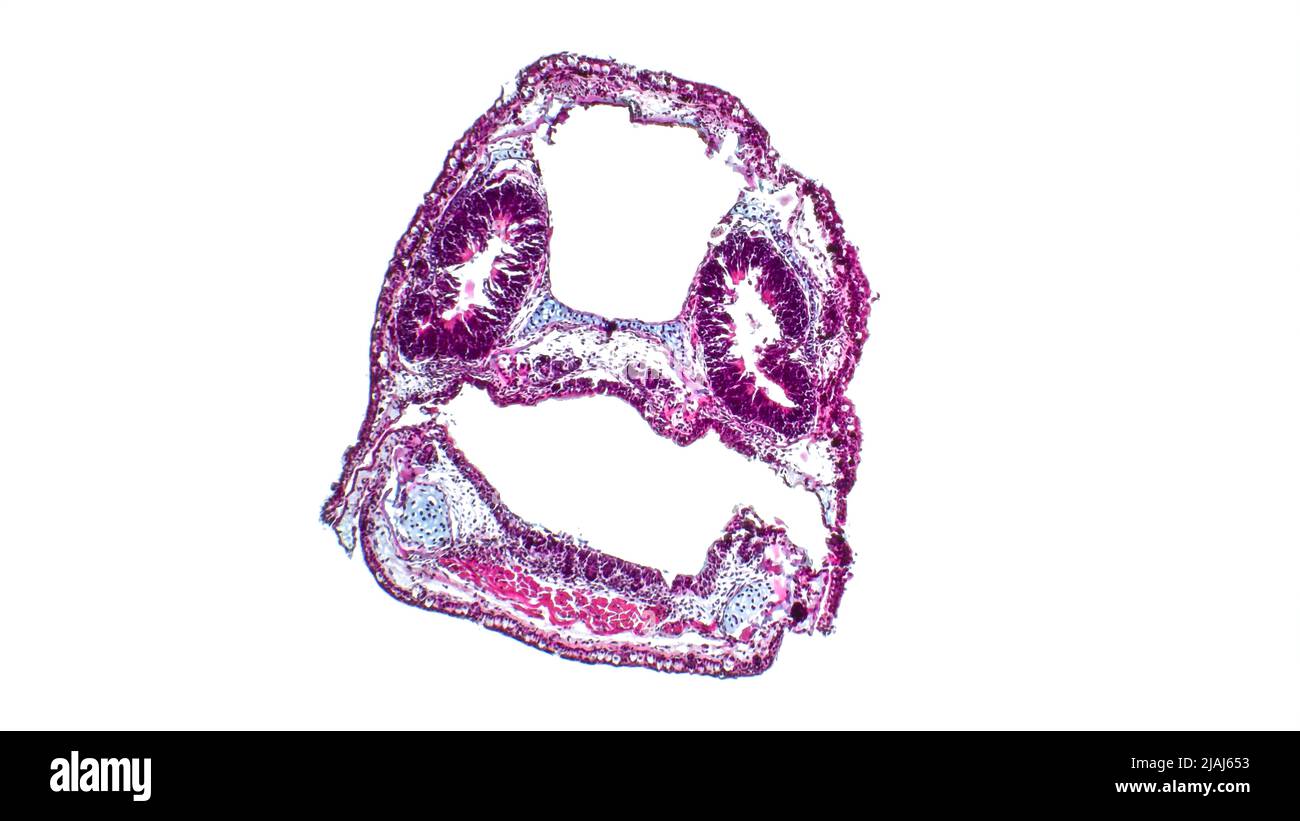 Frog development. Cross-sections through the head of the tadpole (Pelophylax ridibundus). Nasal cavity and oral cavity. Hematoxylin and eosin stain. Stock Photohttps://www.alamy.com/image-license-details/?v=1https://www.alamy.com/frog-development-cross-sections-through-the-head-of-the-tadpole-pelophylax-ridibundus-nasal-cavity-and-oral-cavity-hematoxylin-and-eosin-stain-image471226479.html
Frog development. Cross-sections through the head of the tadpole (Pelophylax ridibundus). Nasal cavity and oral cavity. Hematoxylin and eosin stain. Stock Photohttps://www.alamy.com/image-license-details/?v=1https://www.alamy.com/frog-development-cross-sections-through-the-head-of-the-tadpole-pelophylax-ridibundus-nasal-cavity-and-oral-cavity-hematoxylin-and-eosin-stain-image471226479.htmlRF2JAJ653–Frog development. Cross-sections through the head of the tadpole (Pelophylax ridibundus). Nasal cavity and oral cavity. Hematoxylin and eosin stain.
 Numerous abstract shiny bluish egg like cells of living organisms. Illustration of the concept of aliens and as an imaginative background for website Stock Photohttps://www.alamy.com/image-license-details/?v=1https://www.alamy.com/numerous-abstract-shiny-bluish-egg-like-cells-of-living-organisms-illustration-of-the-concept-of-aliens-and-as-an-imaginative-background-for-website-image598148332.html
Numerous abstract shiny bluish egg like cells of living organisms. Illustration of the concept of aliens and as an imaginative background for website Stock Photohttps://www.alamy.com/image-license-details/?v=1https://www.alamy.com/numerous-abstract-shiny-bluish-egg-like-cells-of-living-organisms-illustration-of-the-concept-of-aliens-and-as-an-imaginative-background-for-website-image598148332.htmlRF2WN408C–Numerous abstract shiny bluish egg like cells of living organisms. Illustration of the concept of aliens and as an imaginative background for website
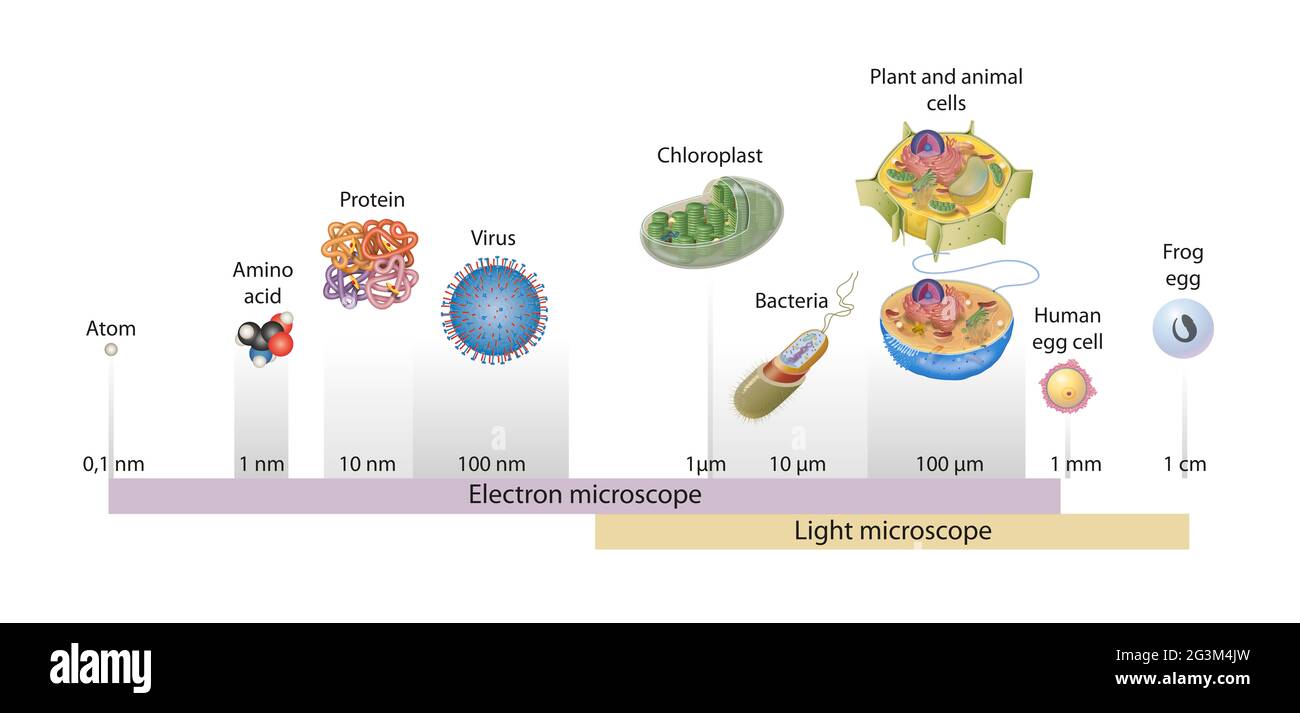 Sizes of cells drawn on a logarithmic scale, indicating the range of readily resolvable objects in the light and electron microscope Stock Photohttps://www.alamy.com/image-license-details/?v=1https://www.alamy.com/sizes-of-cells-drawn-on-a-logarithmic-scale-indicating-the-range-of-readily-resolvable-objects-in-the-light-and-electron-microscope-image432545873.html
Sizes of cells drawn on a logarithmic scale, indicating the range of readily resolvable objects in the light and electron microscope Stock Photohttps://www.alamy.com/image-license-details/?v=1https://www.alamy.com/sizes-of-cells-drawn-on-a-logarithmic-scale-indicating-the-range-of-readily-resolvable-objects-in-the-light-and-electron-microscope-image432545873.htmlRF2G3M4JW–Sizes of cells drawn on a logarithmic scale, indicating the range of readily resolvable objects in the light and electron microscope
 Fig. 5. Blood cells of frog (55 thousandths of a millimeter), vintage engraved illustration. Dictionary of words and things - La Stock Vectorhttps://www.alamy.com/image-license-details/?v=1https://www.alamy.com/stock-photo-fig-5-blood-cells-of-frog-55-thousandths-of-a-millimeter-vintage-engraved-84409660.html
Fig. 5. Blood cells of frog (55 thousandths of a millimeter), vintage engraved illustration. Dictionary of words and things - La Stock Vectorhttps://www.alamy.com/image-license-details/?v=1https://www.alamy.com/stock-photo-fig-5-blood-cells-of-frog-55-thousandths-of-a-millimeter-vintage-engraved-84409660.htmlRFEW95AM–Fig. 5. Blood cells of frog (55 thousandths of a millimeter), vintage engraved illustration. Dictionary of words and things - La
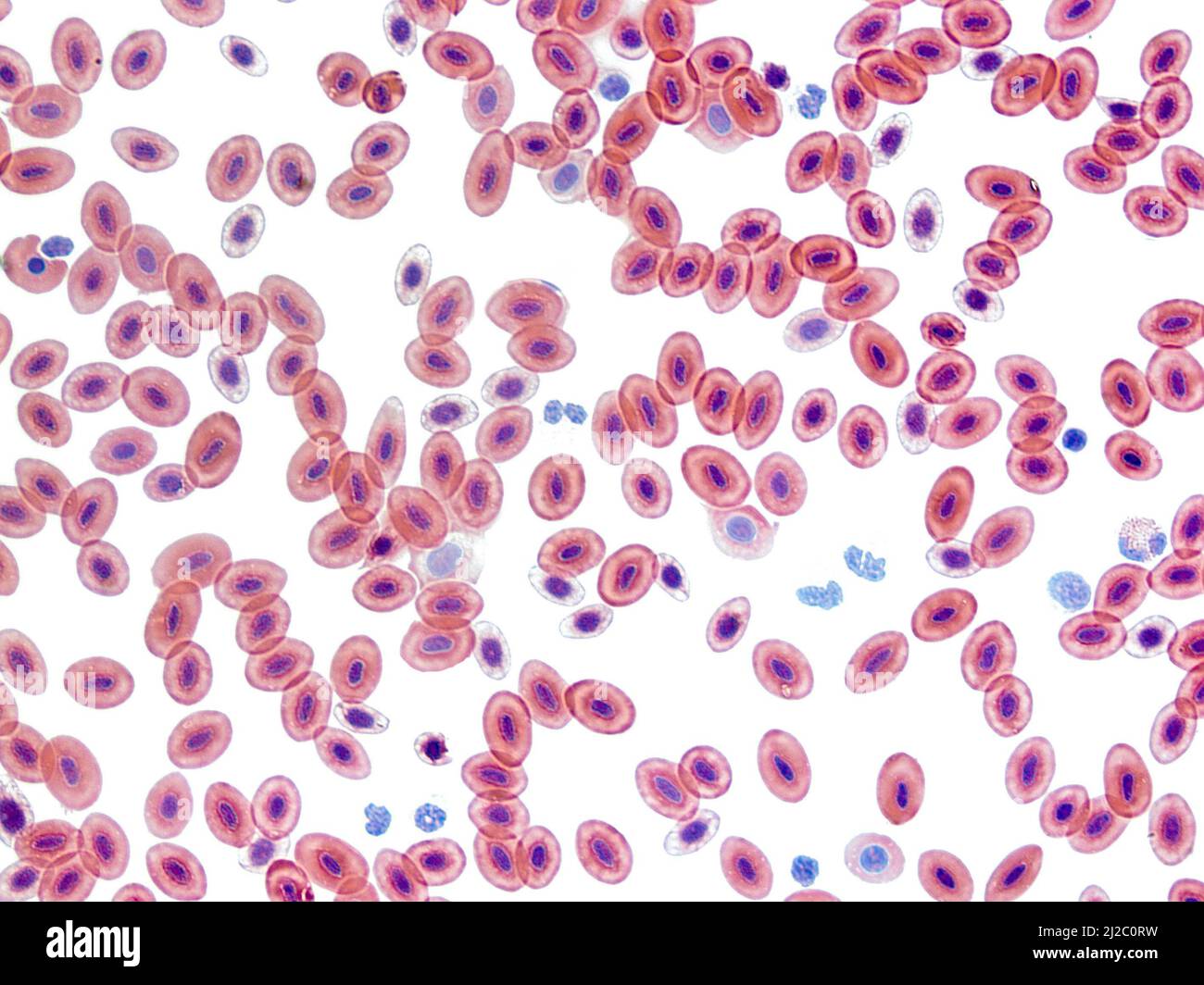 Frog blood, light microscopy. Unlike mammalian erythrocytes (red blood cells) mature frog erythrocytes retain their nuclei. Magnification: x400. Stock Photohttps://www.alamy.com/image-license-details/?v=1https://www.alamy.com/frog-blood-light-microscopy-unlike-mammalian-erythrocytes-red-blood-cells-mature-frog-erythrocytes-retain-their-nuclei-magnification-x400-image466173341.html
Frog blood, light microscopy. Unlike mammalian erythrocytes (red blood cells) mature frog erythrocytes retain their nuclei. Magnification: x400. Stock Photohttps://www.alamy.com/image-license-details/?v=1https://www.alamy.com/frog-blood-light-microscopy-unlike-mammalian-erythrocytes-red-blood-cells-mature-frog-erythrocytes-retain-their-nuclei-magnification-x400-image466173341.htmlRF2J2C0RW–Frog blood, light microscopy. Unlike mammalian erythrocytes (red blood cells) mature frog erythrocytes retain their nuclei. Magnification: x400.
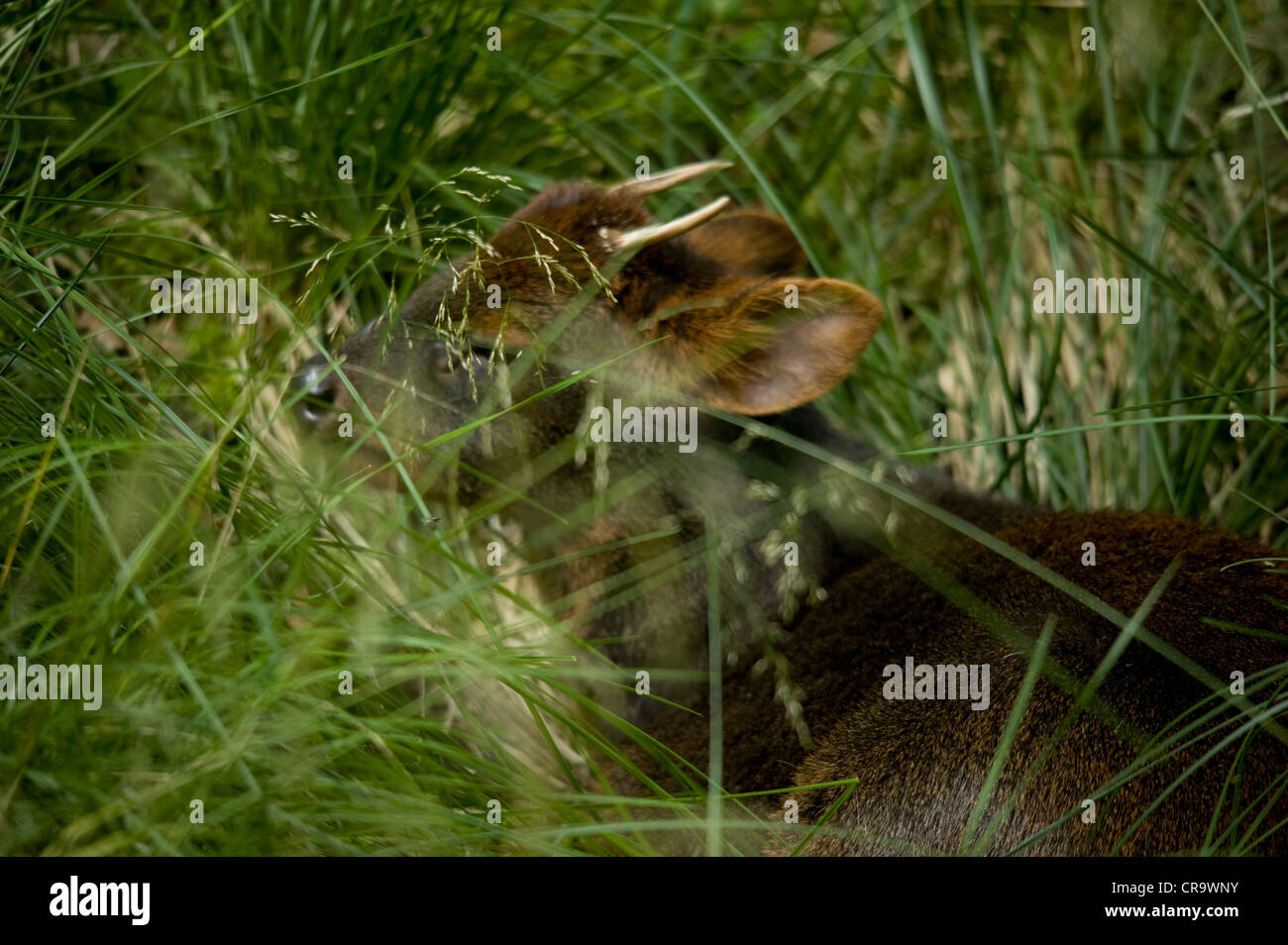 Animals in Sweden Stock Photohttps://www.alamy.com/image-license-details/?v=1https://www.alamy.com/stock-photo-animals-in-sweden-48775607.html
Animals in Sweden Stock Photohttps://www.alamy.com/image-license-details/?v=1https://www.alamy.com/stock-photo-animals-in-sweden-48775607.htmlRMCR9WNY–Animals in Sweden
 Frogspawn sitting on top of a pond Stock Photohttps://www.alamy.com/image-license-details/?v=1https://www.alamy.com/frogspawn-sitting-on-top-of-a-pond-image537935213.html
Frogspawn sitting on top of a pond Stock Photohttps://www.alamy.com/image-license-details/?v=1https://www.alamy.com/frogspawn-sitting-on-top-of-a-pond-image537935213.htmlRF2P751RW–Frogspawn sitting on top of a pond
 larvae of frog in eggs floating in the canal Stock Photohttps://www.alamy.com/image-license-details/?v=1https://www.alamy.com/larvae-of-frog-in-eggs-floating-in-the-canal-image331628737.html
larvae of frog in eggs floating in the canal Stock Photohttps://www.alamy.com/image-license-details/?v=1https://www.alamy.com/larvae-of-frog-in-eggs-floating-in-the-canal-image331628737.htmlRF2A7EYRD–larvae of frog in eggs floating in the canal
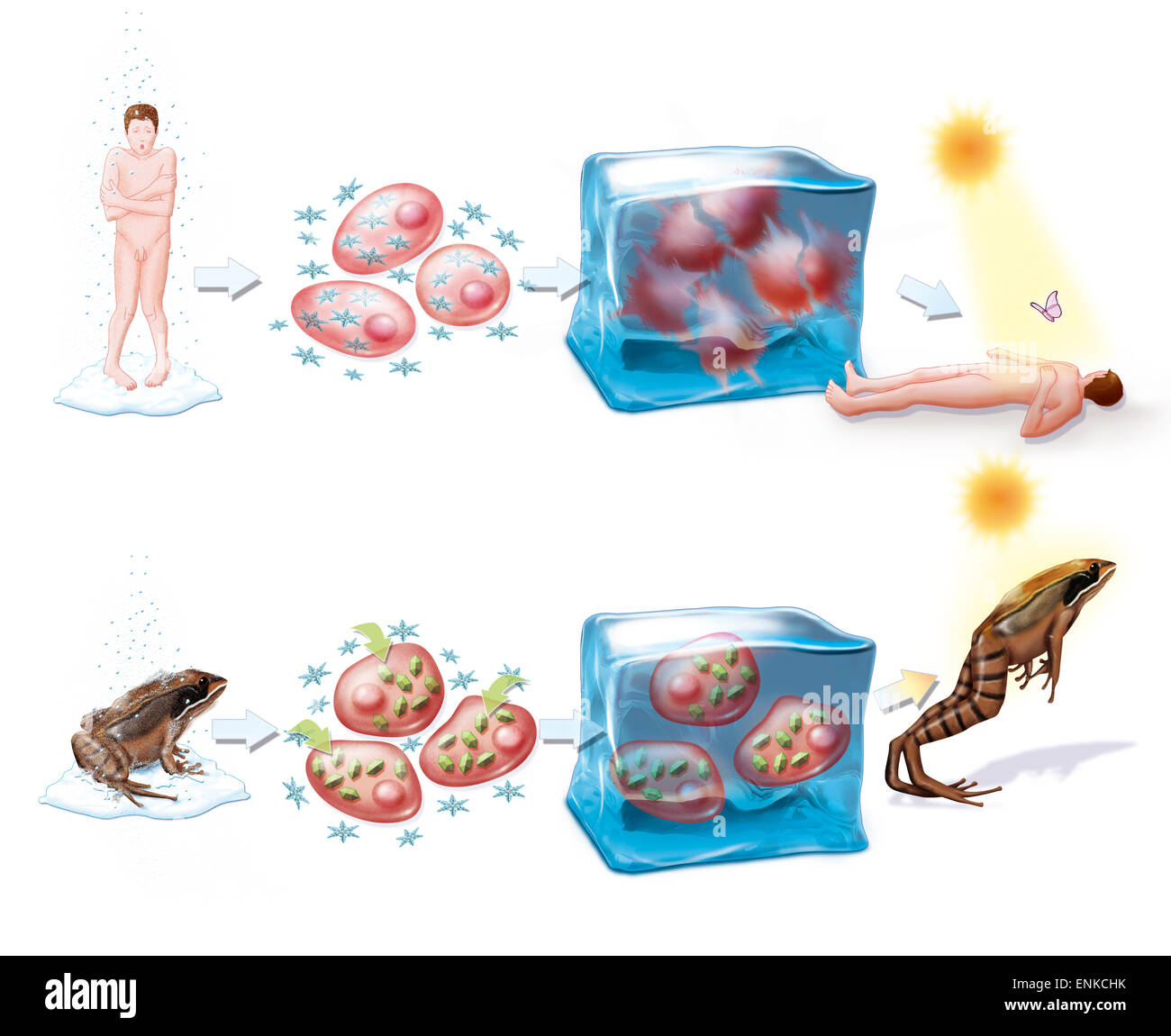 Hibernation, drawing Stock Photohttps://www.alamy.com/image-license-details/?v=1https://www.alamy.com/stock-photo-hibernation-drawing-82176239.html
Hibernation, drawing Stock Photohttps://www.alamy.com/image-license-details/?v=1https://www.alamy.com/stock-photo-hibernation-drawing-82176239.htmlRMENKCHK–Hibernation, drawing
 Luigi Aloisio Galvani (1737-1798) experimenting with electricity and the dissection of frogs legs. He was an Italian doctor, biophysicist anatomist and naturalist who discovered galvanism . Stock Photohttps://www.alamy.com/image-license-details/?v=1https://www.alamy.com/luigi-aloisio-galvani-1737-1798-experimenting-with-electricity-and-the-dissection-of-frogs-legs-he-was-an-italian-doctor-biophysicist-anatomist-and-naturalist-who-discovered-galvanism-image442481088.html
Luigi Aloisio Galvani (1737-1798) experimenting with electricity and the dissection of frogs legs. He was an Italian doctor, biophysicist anatomist and naturalist who discovered galvanism . Stock Photohttps://www.alamy.com/image-license-details/?v=1https://www.alamy.com/luigi-aloisio-galvani-1737-1798-experimenting-with-electricity-and-the-dissection-of-frogs-legs-he-was-an-italian-doctor-biophysicist-anatomist-and-naturalist-who-discovered-galvanism-image442481088.htmlRM2GKTN40–Luigi Aloisio Galvani (1737-1798) experimenting with electricity and the dissection of frogs legs. He was an Italian doctor, biophysicist anatomist and naturalist who discovered galvanism .
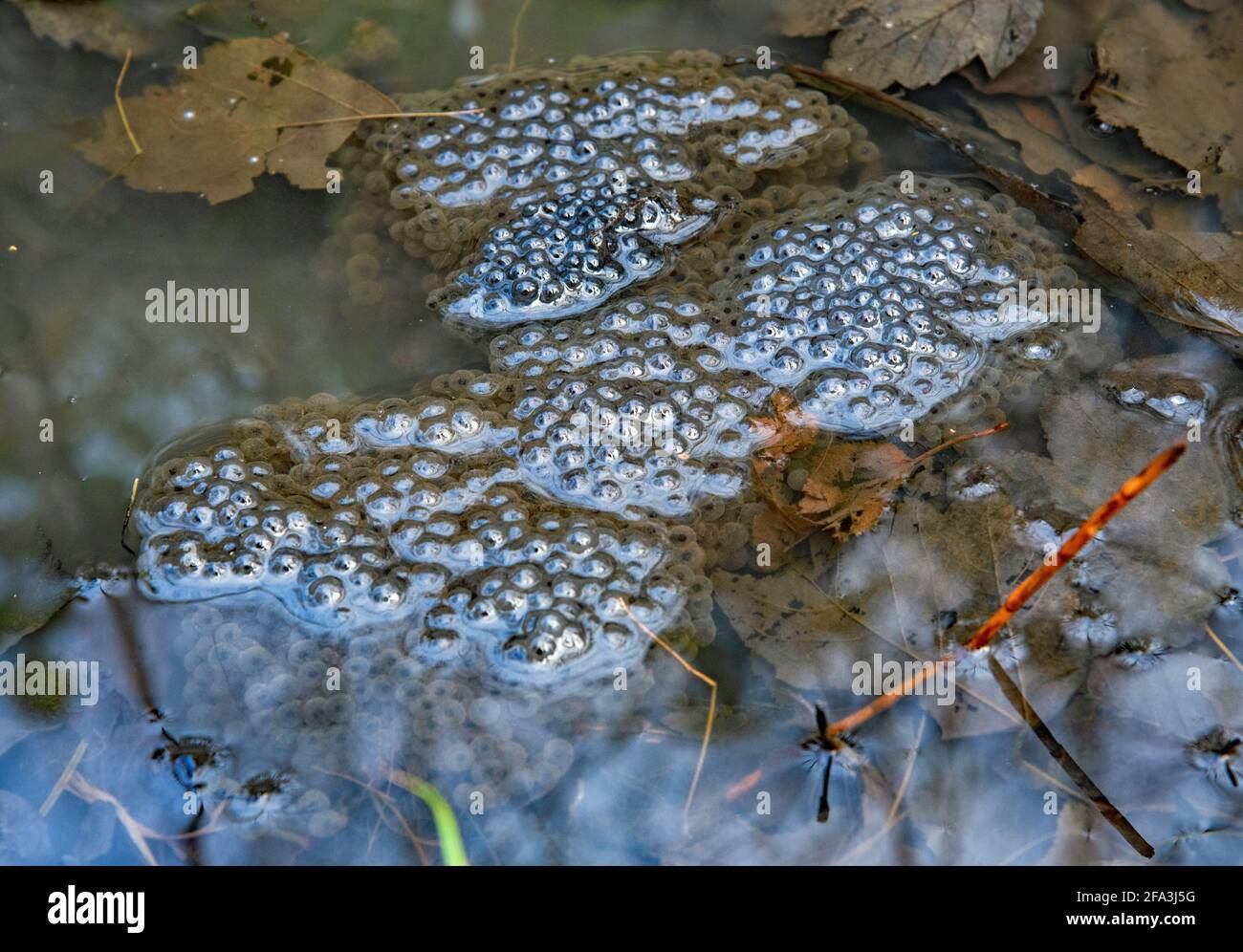 A frog spawn in the waters. Eggs in a clump about to hatch into tadpoles. Stock Photohttps://www.alamy.com/image-license-details/?v=1https://www.alamy.com/a-frog-spawn-in-the-waters-eggs-in-a-clump-about-to-hatch-into-tadpoles-image419275516.html
A frog spawn in the waters. Eggs in a clump about to hatch into tadpoles. Stock Photohttps://www.alamy.com/image-license-details/?v=1https://www.alamy.com/a-frog-spawn-in-the-waters-eggs-in-a-clump-about-to-hatch-into-tadpoles-image419275516.htmlRF2FA3J5G–A frog spawn in the waters. Eggs in a clump about to hatch into tadpoles.
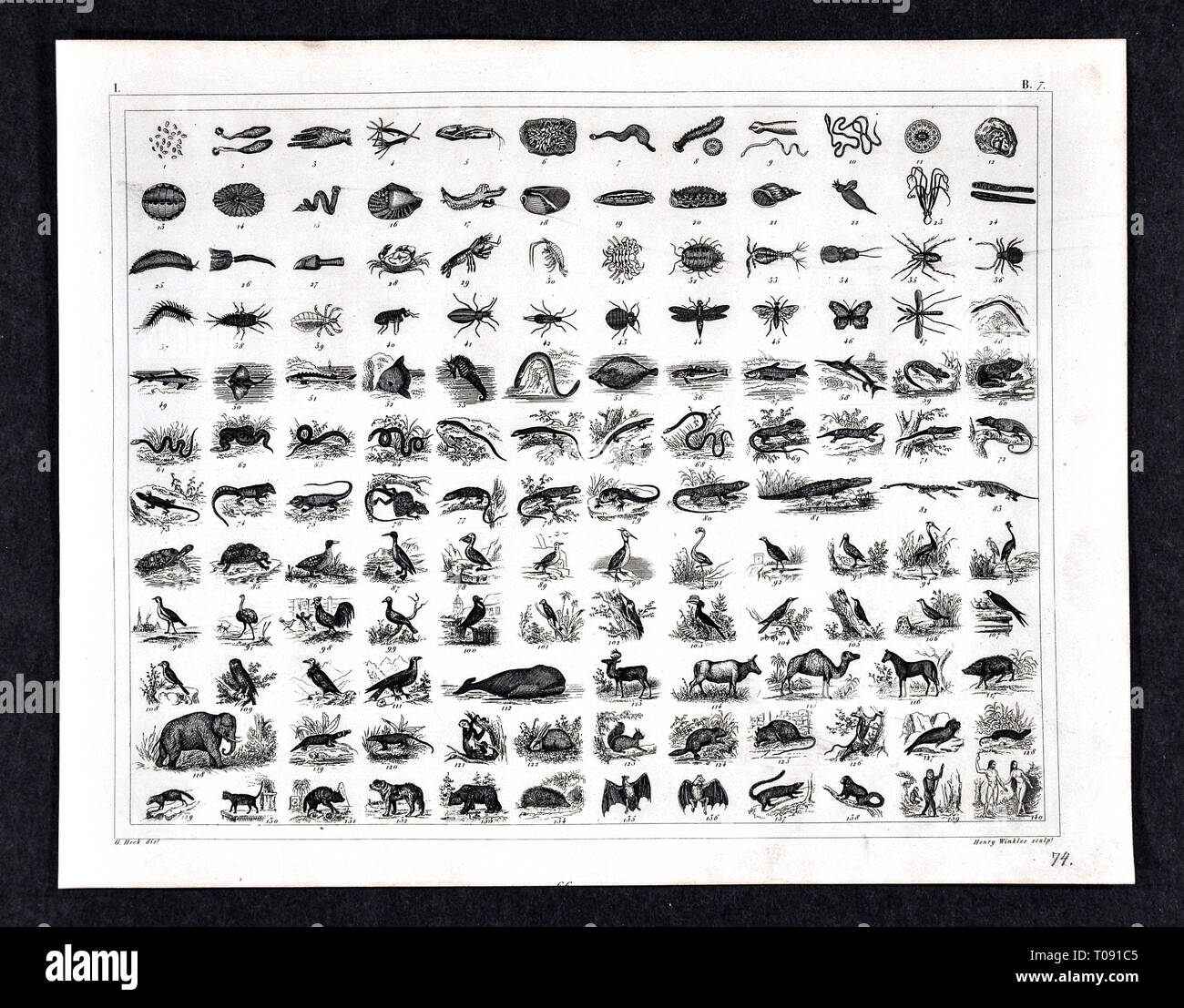 1849 Bilder Atlas Print Animal Kingdom Species Chart Evolution Stock Photohttps://www.alamy.com/image-license-details/?v=1https://www.alamy.com/1849-bilder-atlas-print-animal-kingdom-species-chart-evolution-image241143845.html
1849 Bilder Atlas Print Animal Kingdom Species Chart Evolution Stock Photohttps://www.alamy.com/image-license-details/?v=1https://www.alamy.com/1849-bilder-atlas-print-animal-kingdom-species-chart-evolution-image241143845.htmlRFT091C5–1849 Bilder Atlas Print Animal Kingdom Species Chart Evolution
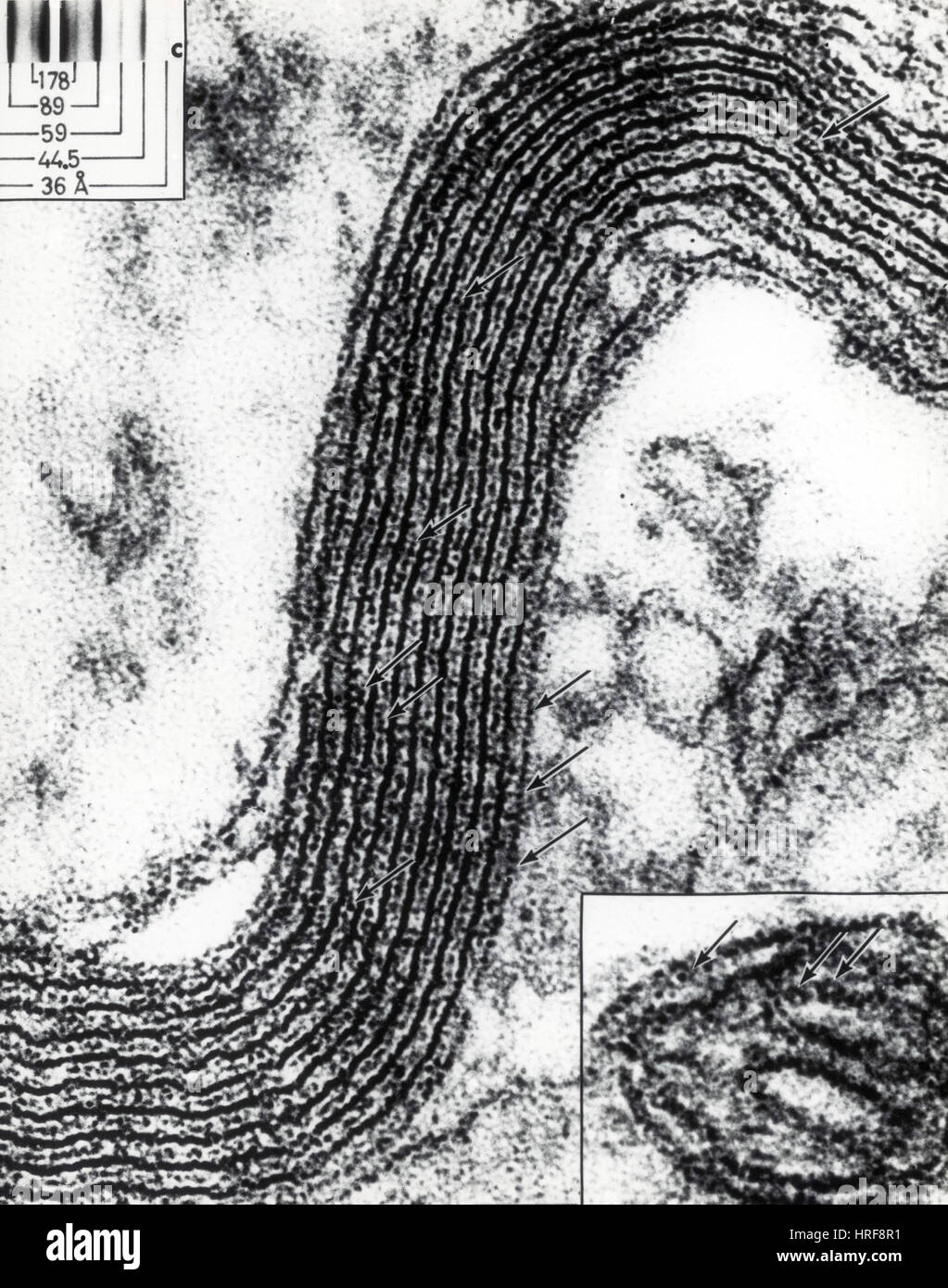 Membrane Ultrastructure in Nerve Cells, EM Stock Photohttps://www.alamy.com/image-license-details/?v=1https://www.alamy.com/stock-photo-membrane-ultrastructure-in-nerve-cells-em-134945861.html
Membrane Ultrastructure in Nerve Cells, EM Stock Photohttps://www.alamy.com/image-license-details/?v=1https://www.alamy.com/stock-photo-membrane-ultrastructure-in-nerve-cells-em-134945861.htmlRMHRF8R1–Membrane Ultrastructure in Nerve Cells, EM
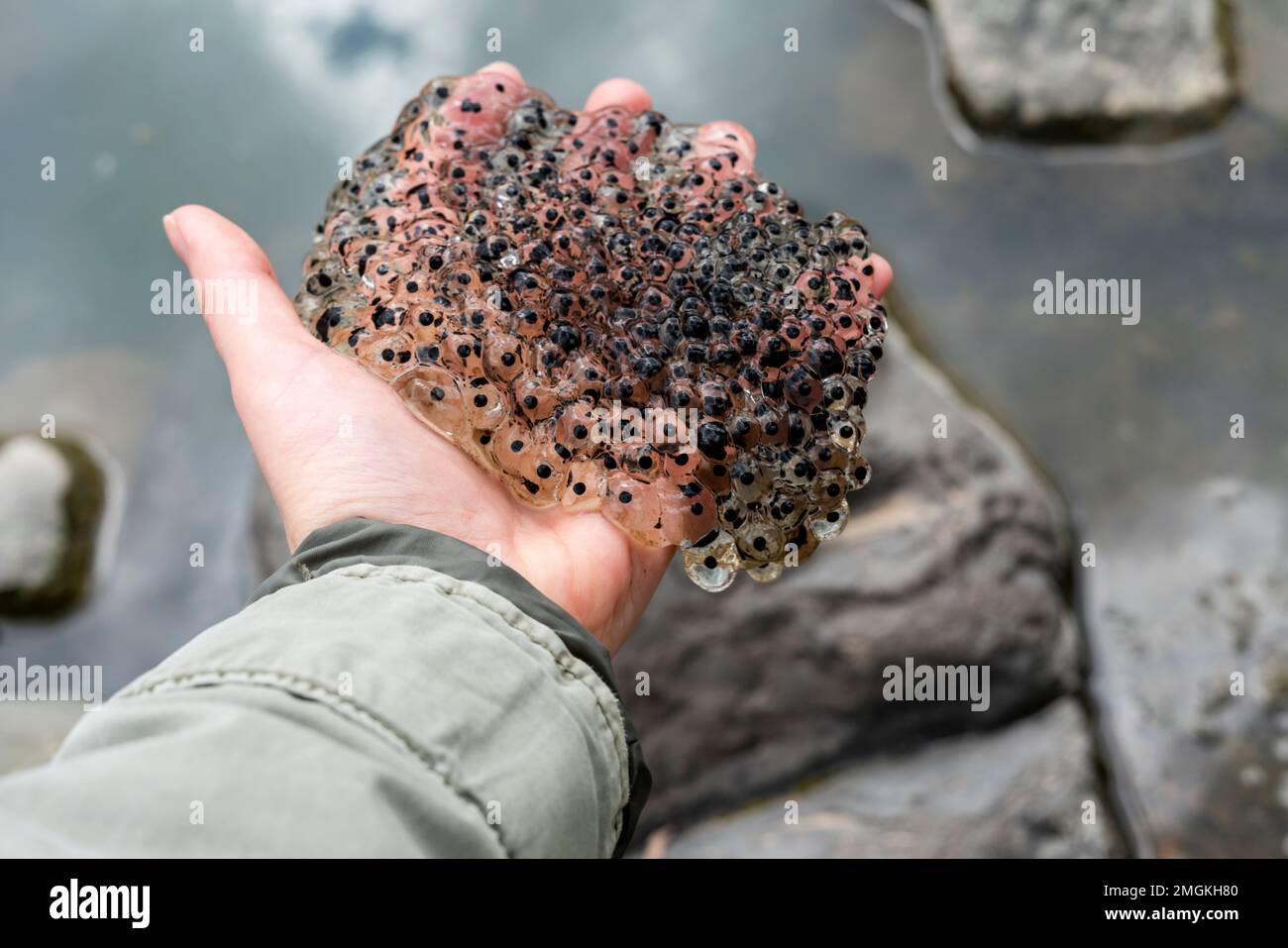 frog or toad eggs laying in human hand all against water of pond in mating season of amphibians ecology zoology concept natural phenomenon ecosystem b Stock Photohttps://www.alamy.com/image-license-details/?v=1https://www.alamy.com/frog-or-toad-eggs-laying-in-human-hand-all-against-water-of-pond-in-mating-season-of-amphibians-ecology-zoology-concept-natural-phenomenon-ecosystem-b-image509365808.html
frog or toad eggs laying in human hand all against water of pond in mating season of amphibians ecology zoology concept natural phenomenon ecosystem b Stock Photohttps://www.alamy.com/image-license-details/?v=1https://www.alamy.com/frog-or-toad-eggs-laying-in-human-hand-all-against-water-of-pond-in-mating-season-of-amphibians-ecology-zoology-concept-natural-phenomenon-ecosystem-b-image509365808.htmlRF2MGKH80–frog or toad eggs laying in human hand all against water of pond in mating season of amphibians ecology zoology concept natural phenomenon ecosystem b
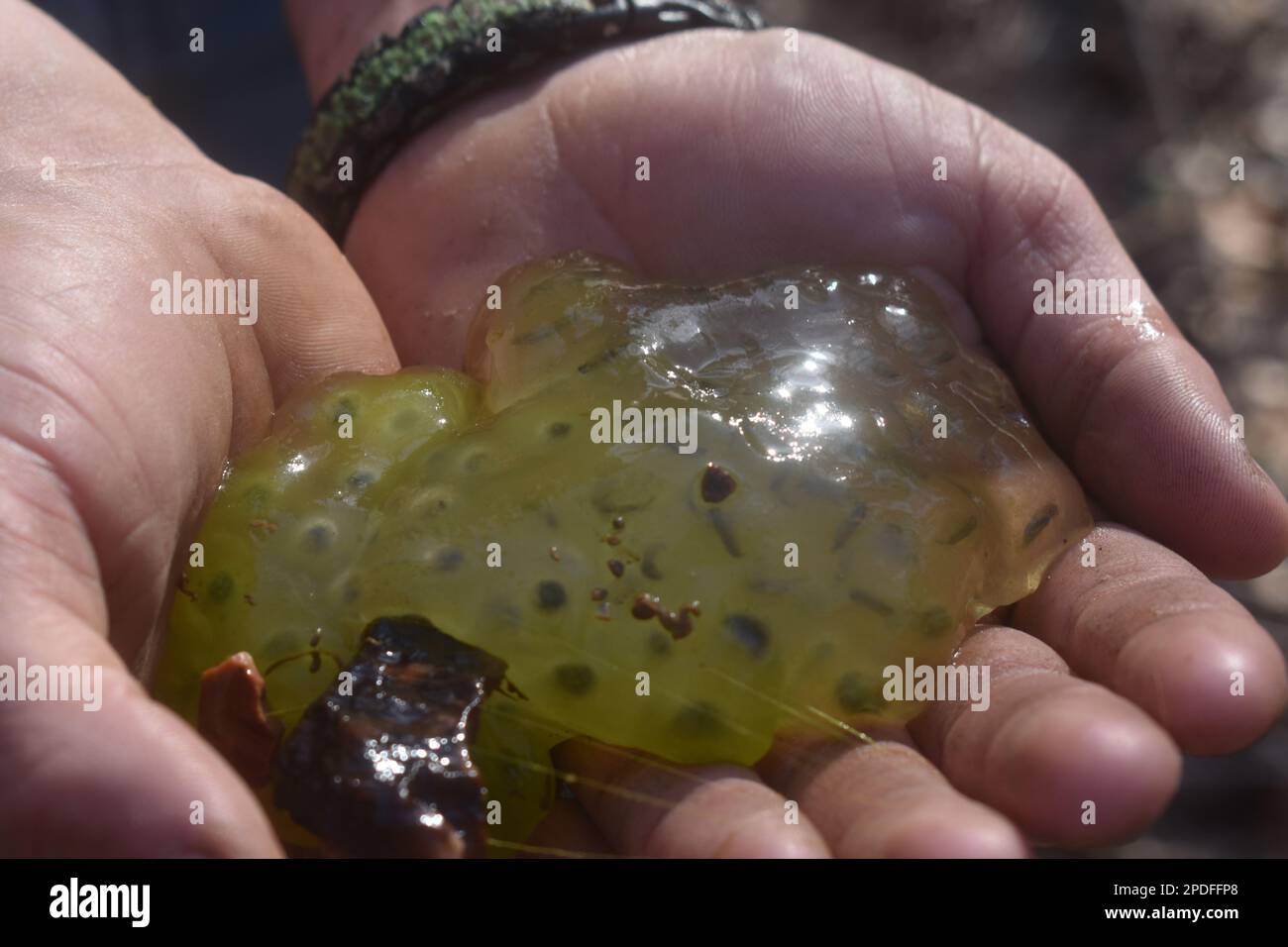 A clutch of frog eggs that were found in a creek in rural Missouri, MO, United States, US, USA, are being held up in a pair of hands. Stock Photohttps://www.alamy.com/image-license-details/?v=1https://www.alamy.com/a-clutch-of-frog-eggs-that-were-found-in-a-creek-in-rural-missouri-mo-united-states-us-usa-are-being-held-up-in-a-pair-of-hands-image541853600.html
A clutch of frog eggs that were found in a creek in rural Missouri, MO, United States, US, USA, are being held up in a pair of hands. Stock Photohttps://www.alamy.com/image-license-details/?v=1https://www.alamy.com/a-clutch-of-frog-eggs-that-were-found-in-a-creek-in-rural-missouri-mo-united-states-us-usa-are-being-held-up-in-a-pair-of-hands-image541853600.htmlRF2PDFFP8–A clutch of frog eggs that were found in a creek in rural Missouri, MO, United States, US, USA, are being held up in a pair of hands.
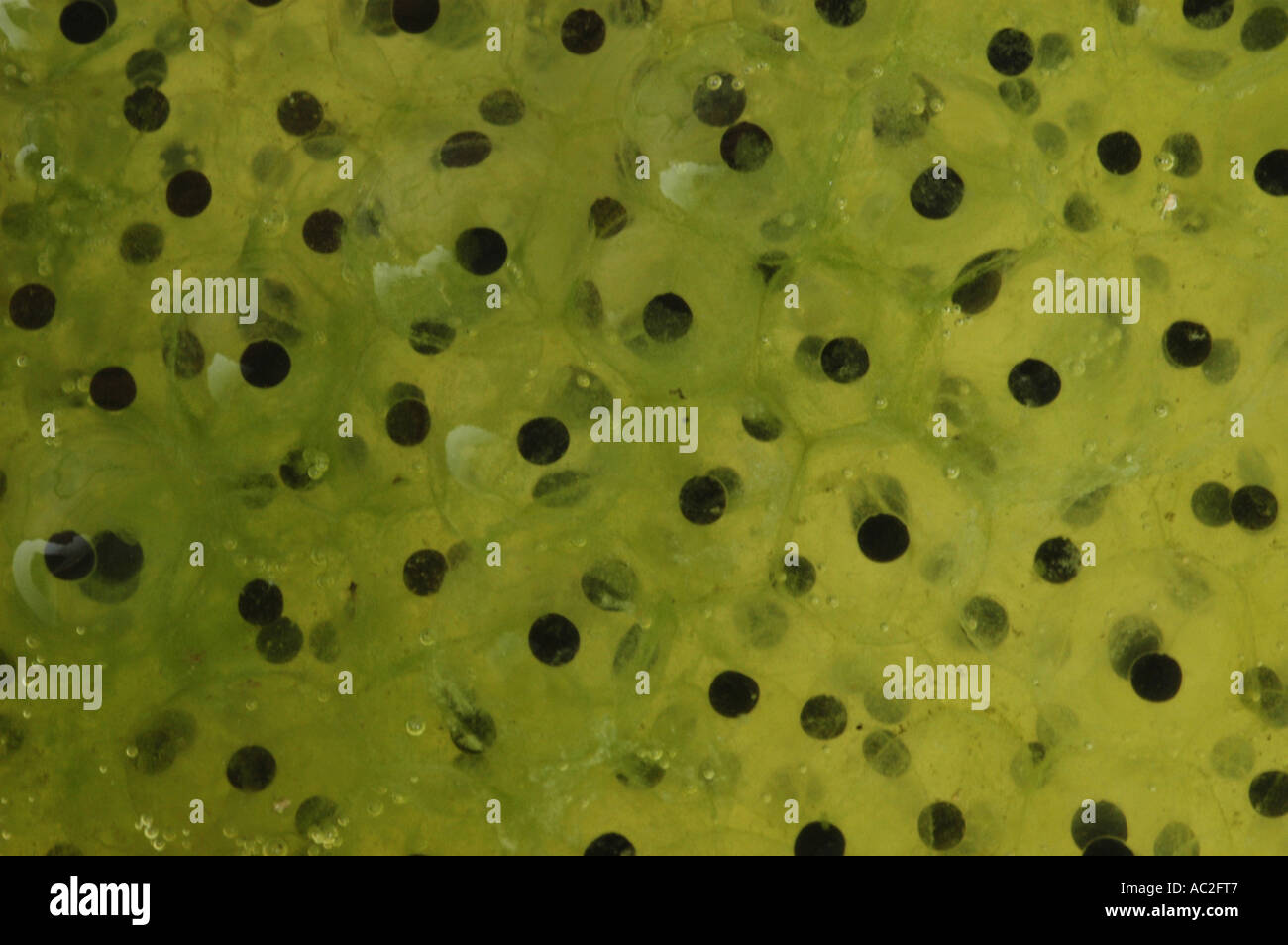 Common Frog Spawn in close up Stock Photohttps://www.alamy.com/image-license-details/?v=1https://www.alamy.com/common-frog-spawn-in-close-up-image7439814.html
Common Frog Spawn in close up Stock Photohttps://www.alamy.com/image-license-details/?v=1https://www.alamy.com/common-frog-spawn-in-close-up-image7439814.htmlRMAC2FT7–Common Frog Spawn in close up
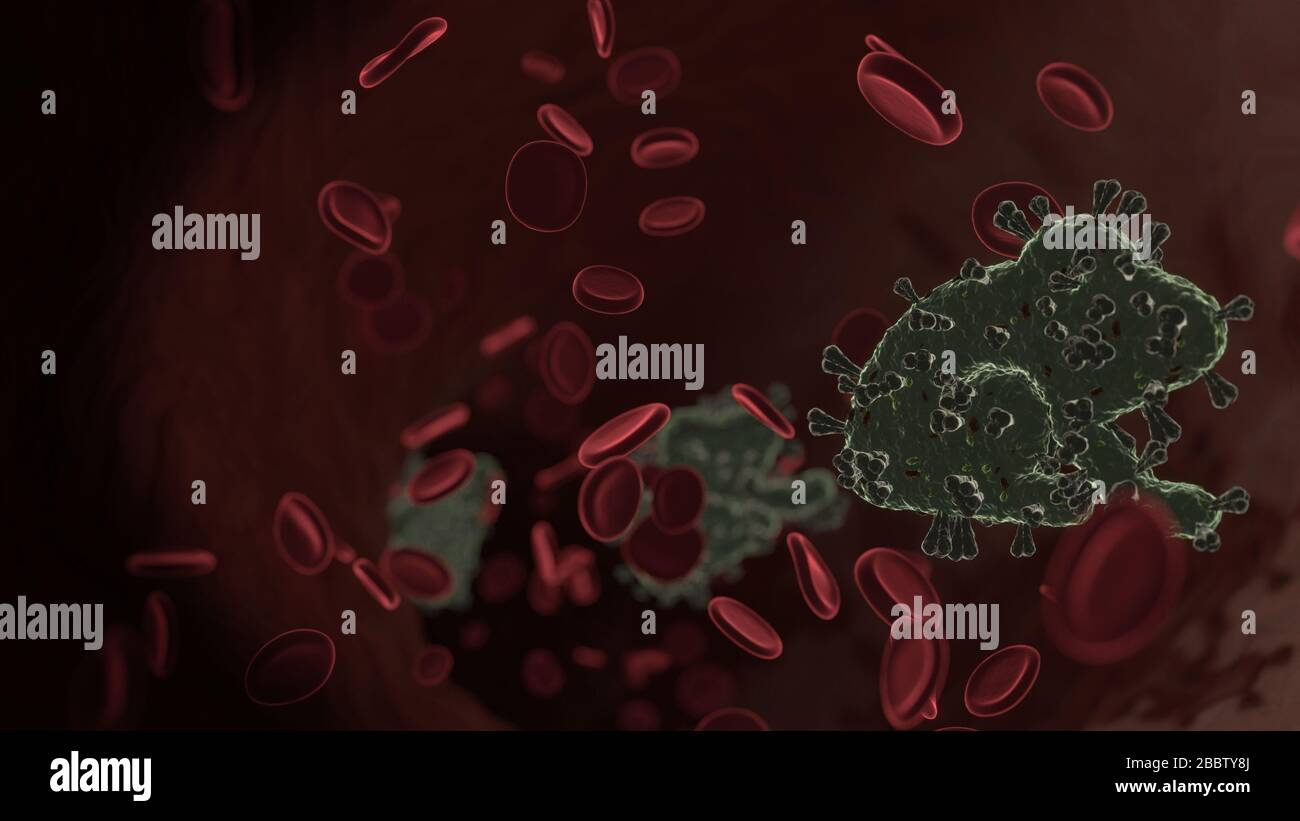 microscopic 3D rendering view of virus shaped as symbol of frog from profile inside vein with red blood cells Stock Photohttps://www.alamy.com/image-license-details/?v=1https://www.alamy.com/microscopic-3d-rendering-view-of-virus-shaped-as-symbol-of-frog-from-profile-inside-vein-with-red-blood-cells-image351516834.html
microscopic 3D rendering view of virus shaped as symbol of frog from profile inside vein with red blood cells Stock Photohttps://www.alamy.com/image-license-details/?v=1https://www.alamy.com/microscopic-3d-rendering-view-of-virus-shaped-as-symbol-of-frog-from-profile-inside-vein-with-red-blood-cells-image351516834.htmlRF2BBTY8J–microscopic 3D rendering view of virus shaped as symbol of frog from profile inside vein with red blood cells
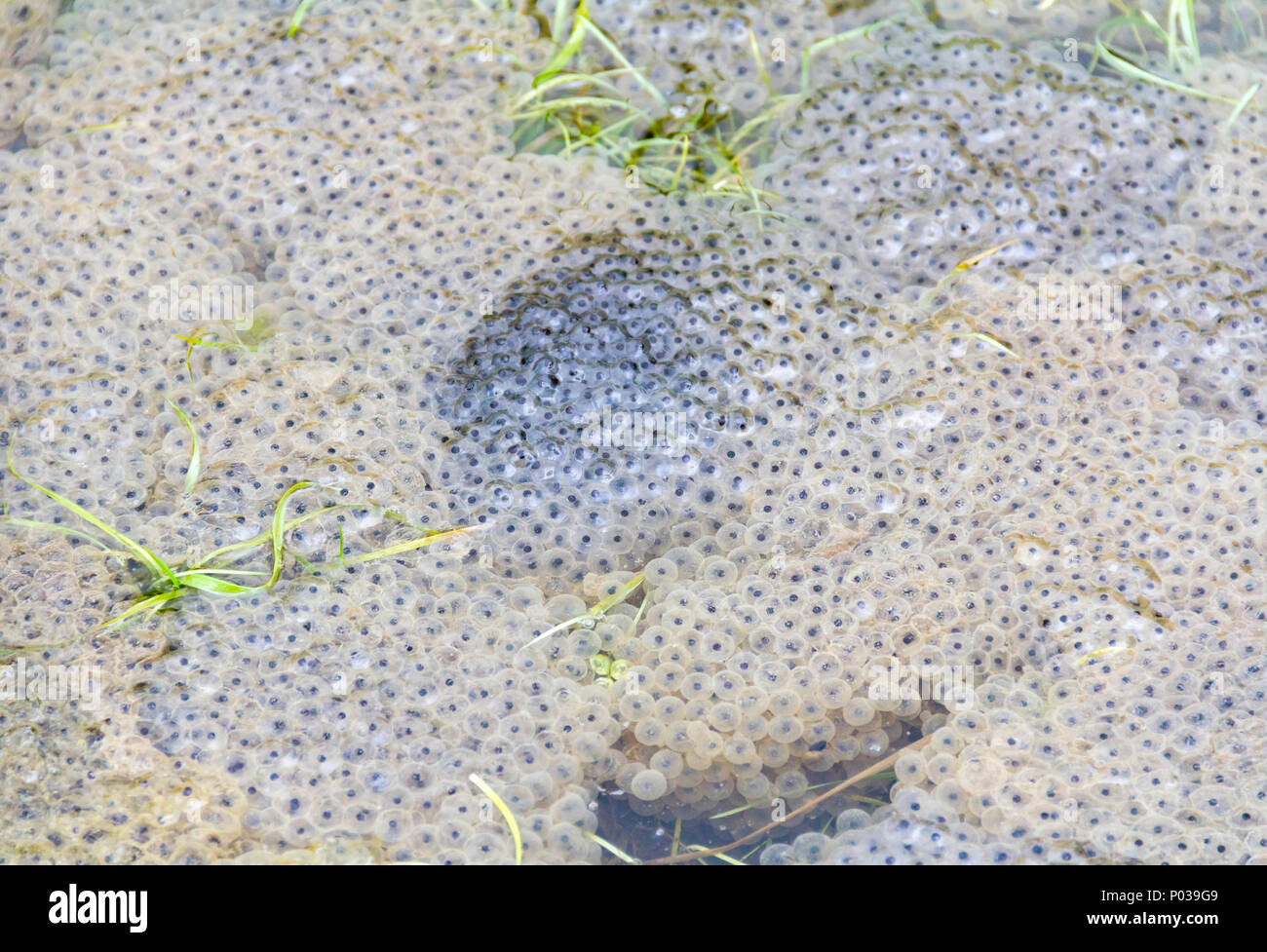 fresh frog spawn closeup at early spring time Stock Photohttps://www.alamy.com/image-license-details/?v=1https://www.alamy.com/fresh-frog-spawn-closeup-at-early-spring-time-image206597785.html
fresh frog spawn closeup at early spring time Stock Photohttps://www.alamy.com/image-license-details/?v=1https://www.alamy.com/fresh-frog-spawn-closeup-at-early-spring-time-image206597785.htmlRFP039G9–fresh frog spawn closeup at early spring time
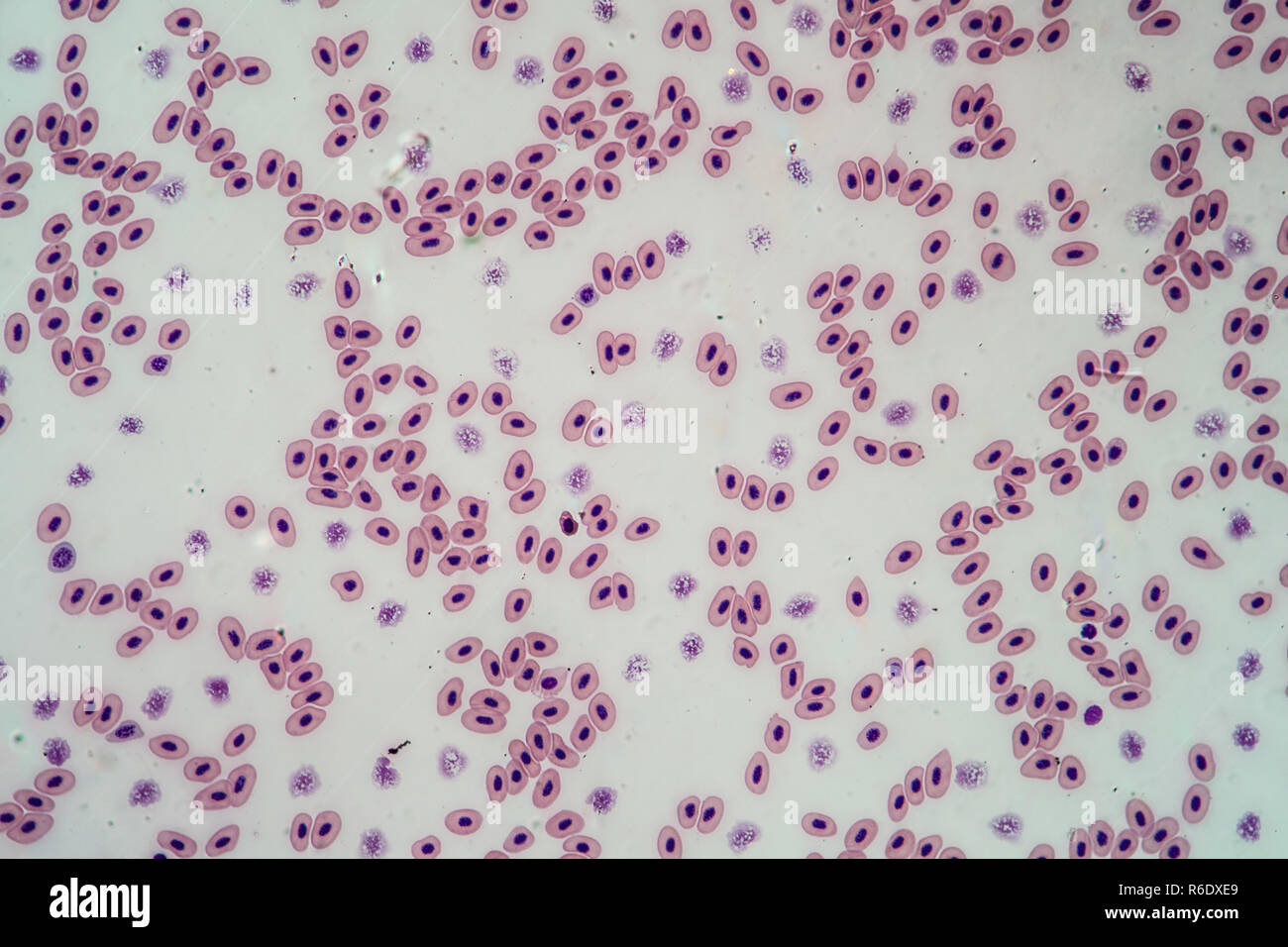 frog blood blood cells with cell nuclei 200x Stock Photohttps://www.alamy.com/image-license-details/?v=1https://www.alamy.com/frog-blood-blood-cells-with-cell-nuclei-200x-image227728881.html
frog blood blood cells with cell nuclei 200x Stock Photohttps://www.alamy.com/image-license-details/?v=1https://www.alamy.com/frog-blood-blood-cells-with-cell-nuclei-200x-image227728881.htmlRFR6DXE9–frog blood blood cells with cell nuclei 200x
 The cell in development and inheritance . ofthe polar bodies — takes place. In some cases, e.g. in the sea-urchin,the polar bodies are formed before fertilization, while the Qgg is stillin the ovary. More commonly, as in annelids, gasteropods, nema-todes, they are not formed until after the spermatozoon has madeits entrance; while in a few cases one polar body may be formedbefore fertilization and one afterward, as in the lamprey-eel, the frog,and AmpJdoxits?- In all these cases the essential phenomena are thesame. Two minute cells are formed, one after the other, near theupper or animal pole Stock Photohttps://www.alamy.com/image-license-details/?v=1https://www.alamy.com/the-cell-in-development-and-inheritance-ofthe-polar-bodies-takes-place-in-some-cases-eg-in-the-sea-urchinthe-polar-bodies-are-formed-before-fertilization-while-the-qgg-is-stillin-the-ovary-more-commonly-as-in-annelids-gasteropods-nema-todes-they-are-not-formed-until-after-the-spermatozoon-has-madeits-entrance-while-in-a-few-cases-one-polar-body-may-be-formedbefore-fertilization-and-one-afterward-as-in-the-lamprey-eel-the-frogand-ampjdoxits-in-all-these-cases-the-essential-phenomena-are-thesame-two-minute-cells-are-formed-one-after-the-other-near-theupper-or-animal-pole-image338393985.html
The cell in development and inheritance . ofthe polar bodies — takes place. In some cases, e.g. in the sea-urchin,the polar bodies are formed before fertilization, while the Qgg is stillin the ovary. More commonly, as in annelids, gasteropods, nema-todes, they are not formed until after the spermatozoon has madeits entrance; while in a few cases one polar body may be formedbefore fertilization and one afterward, as in the lamprey-eel, the frog,and AmpJdoxits?- In all these cases the essential phenomena are thesame. Two minute cells are formed, one after the other, near theupper or animal pole Stock Photohttps://www.alamy.com/image-license-details/?v=1https://www.alamy.com/the-cell-in-development-and-inheritance-ofthe-polar-bodies-takes-place-in-some-cases-eg-in-the-sea-urchinthe-polar-bodies-are-formed-before-fertilization-while-the-qgg-is-stillin-the-ovary-more-commonly-as-in-annelids-gasteropods-nema-todes-they-are-not-formed-until-after-the-spermatozoon-has-madeits-entrance-while-in-a-few-cases-one-polar-body-may-be-formedbefore-fertilization-and-one-afterward-as-in-the-lamprey-eel-the-frogand-ampjdoxits-in-all-these-cases-the-essential-phenomena-are-thesame-two-minute-cells-are-formed-one-after-the-other-near-theupper-or-animal-pole-image338393985.htmlRM2AJF4YD–The cell in development and inheritance . ofthe polar bodies — takes place. In some cases, e.g. in the sea-urchin,the polar bodies are formed before fertilization, while the Qgg is stillin the ovary. More commonly, as in annelids, gasteropods, nema-todes, they are not formed until after the spermatozoon has madeits entrance; while in a few cases one polar body may be formedbefore fertilization and one afterward, as in the lamprey-eel, the frog,and AmpJdoxits?- In all these cases the essential phenomena are thesame. Two minute cells are formed, one after the other, near theupper or animal pole
 . Elementary biology, animal and human. Biology. FROGS AND THEIR RELATIVES 117 adult stage cover themselves more or less with dirt in the daytime, and come out at night to feed upon insects, which constitute their sole food. Instead of having a smooth, slimy skin, as does the frog, a toad's skin (Pig. 87) is dry and covered with elevations com- monly known as " warts.'' These elevations contain cells which secrete an irritating siibstance that protects the toad from animals. Fig. 87.—The toad. Note its resemblance to its surroundings, whereby it is likely to be protected. that would prey Stock Photohttps://www.alamy.com/image-license-details/?v=1https://www.alamy.com/elementary-biology-animal-and-human-biology-frogs-and-their-relatives-117-adult-stage-cover-themselves-more-or-less-with-dirt-in-the-daytime-and-come-out-at-night-to-feed-upon-insects-which-constitute-their-sole-food-instead-of-having-a-smooth-slimy-skin-as-does-the-frog-a-toads-skin-pig-87-is-dry-and-covered-with-elevations-com-monly-known-as-quot-warts-these-elevations-contain-cells-which-secrete-an-irritating-siibstance-that-protects-the-toad-from-animals-fig-87the-toad-note-its-resemblance-to-its-surroundings-whereby-it-is-likely-to-be-protected-that-would-prey-image216376955.html
. Elementary biology, animal and human. Biology. FROGS AND THEIR RELATIVES 117 adult stage cover themselves more or less with dirt in the daytime, and come out at night to feed upon insects, which constitute their sole food. Instead of having a smooth, slimy skin, as does the frog, a toad's skin (Pig. 87) is dry and covered with elevations com- monly known as " warts.'' These elevations contain cells which secrete an irritating siibstance that protects the toad from animals. Fig. 87.—The toad. Note its resemblance to its surroundings, whereby it is likely to be protected. that would prey Stock Photohttps://www.alamy.com/image-license-details/?v=1https://www.alamy.com/elementary-biology-animal-and-human-biology-frogs-and-their-relatives-117-adult-stage-cover-themselves-more-or-less-with-dirt-in-the-daytime-and-come-out-at-night-to-feed-upon-insects-which-constitute-their-sole-food-instead-of-having-a-smooth-slimy-skin-as-does-the-frog-a-toads-skin-pig-87-is-dry-and-covered-with-elevations-com-monly-known-as-quot-warts-these-elevations-contain-cells-which-secrete-an-irritating-siibstance-that-protects-the-toad-from-animals-fig-87the-toad-note-its-resemblance-to-its-surroundings-whereby-it-is-likely-to-be-protected-that-would-prey-image216376955.htmlRMPG0R0B–. Elementary biology, animal and human. Biology. FROGS AND THEIR RELATIVES 117 adult stage cover themselves more or less with dirt in the daytime, and come out at night to feed upon insects, which constitute their sole food. Instead of having a smooth, slimy skin, as does the frog, a toad's skin (Pig. 87) is dry and covered with elevations com- monly known as " warts.'' These elevations contain cells which secrete an irritating siibstance that protects the toad from animals. Fig. 87.—The toad. Note its resemblance to its surroundings, whereby it is likely to be protected. that would prey
 Fig. 5. Blood cells of frog (55 thousandths of a millimeter), vintage engraved illustration. Dictionary of words and things - La Stock Vectorhttps://www.alamy.com/image-license-details/?v=1https://www.alamy.com/stock-photo-fig-5-blood-cells-of-frog-55-thousandths-of-a-millimeter-vintage-engraved-84420326.html
Fig. 5. Blood cells of frog (55 thousandths of a millimeter), vintage engraved illustration. Dictionary of words and things - La Stock Vectorhttps://www.alamy.com/image-license-details/?v=1https://www.alamy.com/stock-photo-fig-5-blood-cells-of-frog-55-thousandths-of-a-millimeter-vintage-engraved-84420326.htmlRFEW9JYJ–Fig. 5. Blood cells of frog (55 thousandths of a millimeter), vintage engraved illustration. Dictionary of words and things - La
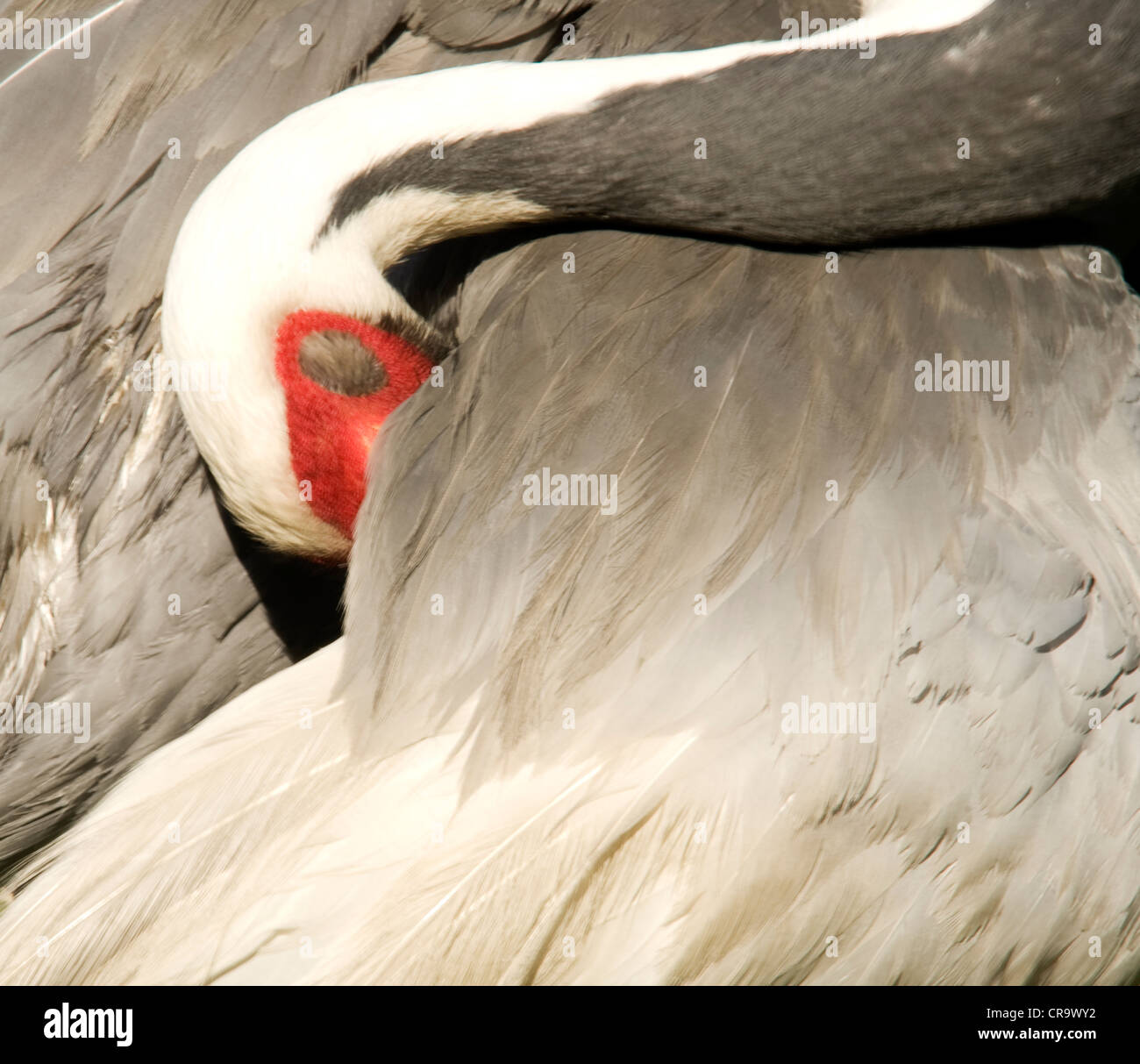 Animals in Sweden Stock Photohttps://www.alamy.com/image-license-details/?v=1https://www.alamy.com/stock-photo-animals-in-sweden-48775750.html
Animals in Sweden Stock Photohttps://www.alamy.com/image-license-details/?v=1https://www.alamy.com/stock-photo-animals-in-sweden-48775750.htmlRMCR9WY2–Animals in Sweden
 Fig. 5. Blood cells of frog (55 thousandths of a millimeter), vintage engraved illustration. Dictionary of words and things - Larive and Fleury - 1895. Stock Photohttps://www.alamy.com/image-license-details/?v=1https://www.alamy.com/stock-photo-fig-5-blood-cells-of-frog-55-thousandths-of-a-millimeter-vintage-engraved-43484734.html
Fig. 5. Blood cells of frog (55 thousandths of a millimeter), vintage engraved illustration. Dictionary of words and things - Larive and Fleury - 1895. Stock Photohttps://www.alamy.com/image-license-details/?v=1https://www.alamy.com/stock-photo-fig-5-blood-cells-of-frog-55-thousandths-of-a-millimeter-vintage-engraved-43484734.htmlRFCEMW66–Fig. 5. Blood cells of frog (55 thousandths of a millimeter), vintage engraved illustration. Dictionary of words and things - Larive and Fleury - 1895.
 The larvae of frog in eggs floating in the canal Stock Photohttps://www.alamy.com/image-license-details/?v=1https://www.alamy.com/the-larvae-of-frog-in-eggs-floating-in-the-canal-image331628740.html
The larvae of frog in eggs floating in the canal Stock Photohttps://www.alamy.com/image-license-details/?v=1https://www.alamy.com/the-larvae-of-frog-in-eggs-floating-in-the-canal-image331628740.htmlRF2A7EYRG–The larvae of frog in eggs floating in the canal
 Hibernation, drawing Stock Photohttps://www.alamy.com/image-license-details/?v=1https://www.alamy.com/stock-photo-hibernation-drawing-82176240.html
Hibernation, drawing Stock Photohttps://www.alamy.com/image-license-details/?v=1https://www.alamy.com/stock-photo-hibernation-drawing-82176240.htmlRMENKCHM–Hibernation, drawing
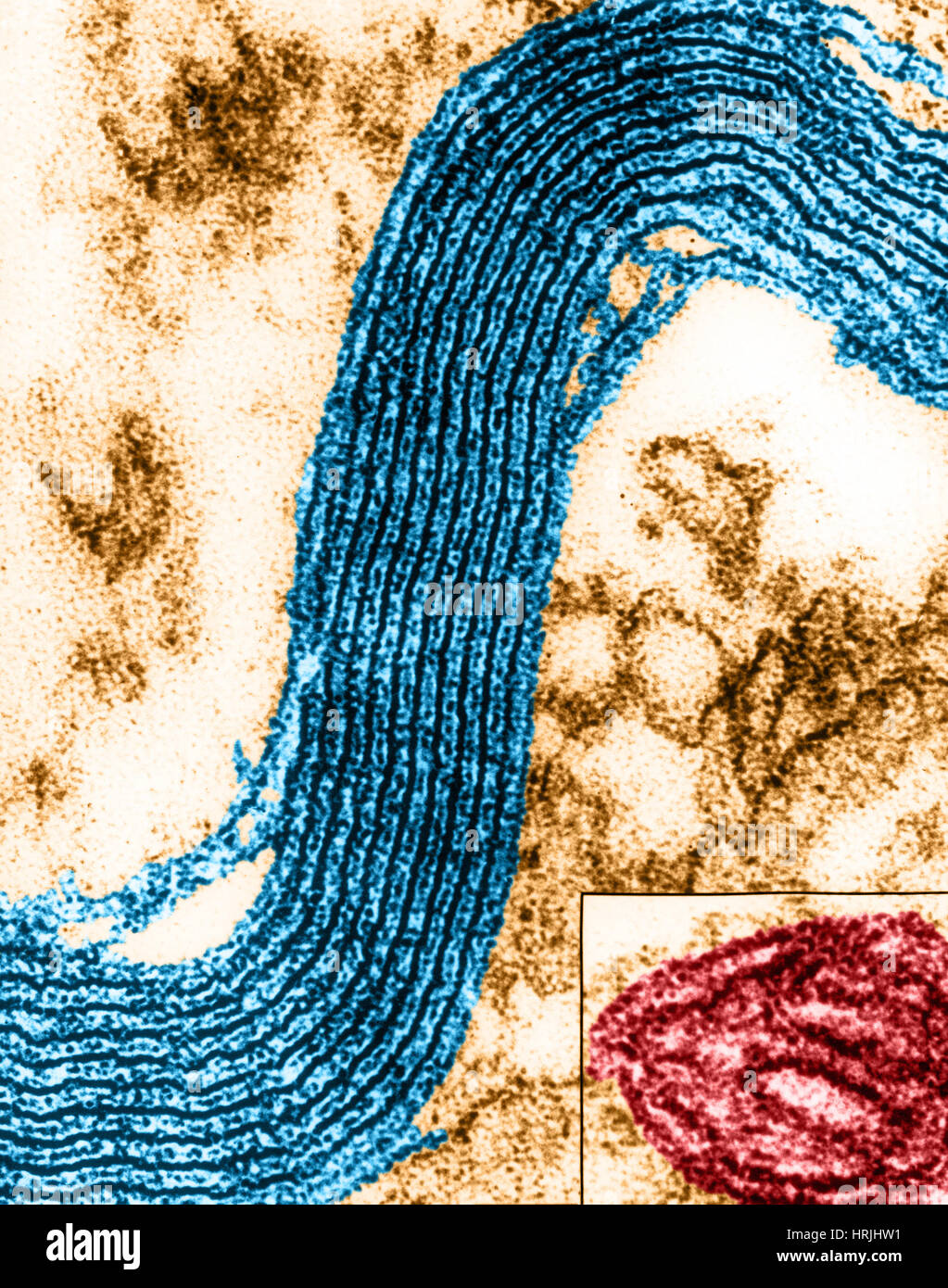 Membrane Ultrastructure in Nerve Cells, EM Stock Photohttps://www.alamy.com/image-license-details/?v=1https://www.alamy.com/stock-photo-membrane-ultrastructure-in-nerve-cells-em-135018829.html
Membrane Ultrastructure in Nerve Cells, EM Stock Photohttps://www.alamy.com/image-license-details/?v=1https://www.alamy.com/stock-photo-membrane-ultrastructure-in-nerve-cells-em-135018829.htmlRMHRJHW1–Membrane Ultrastructure in Nerve Cells, EM
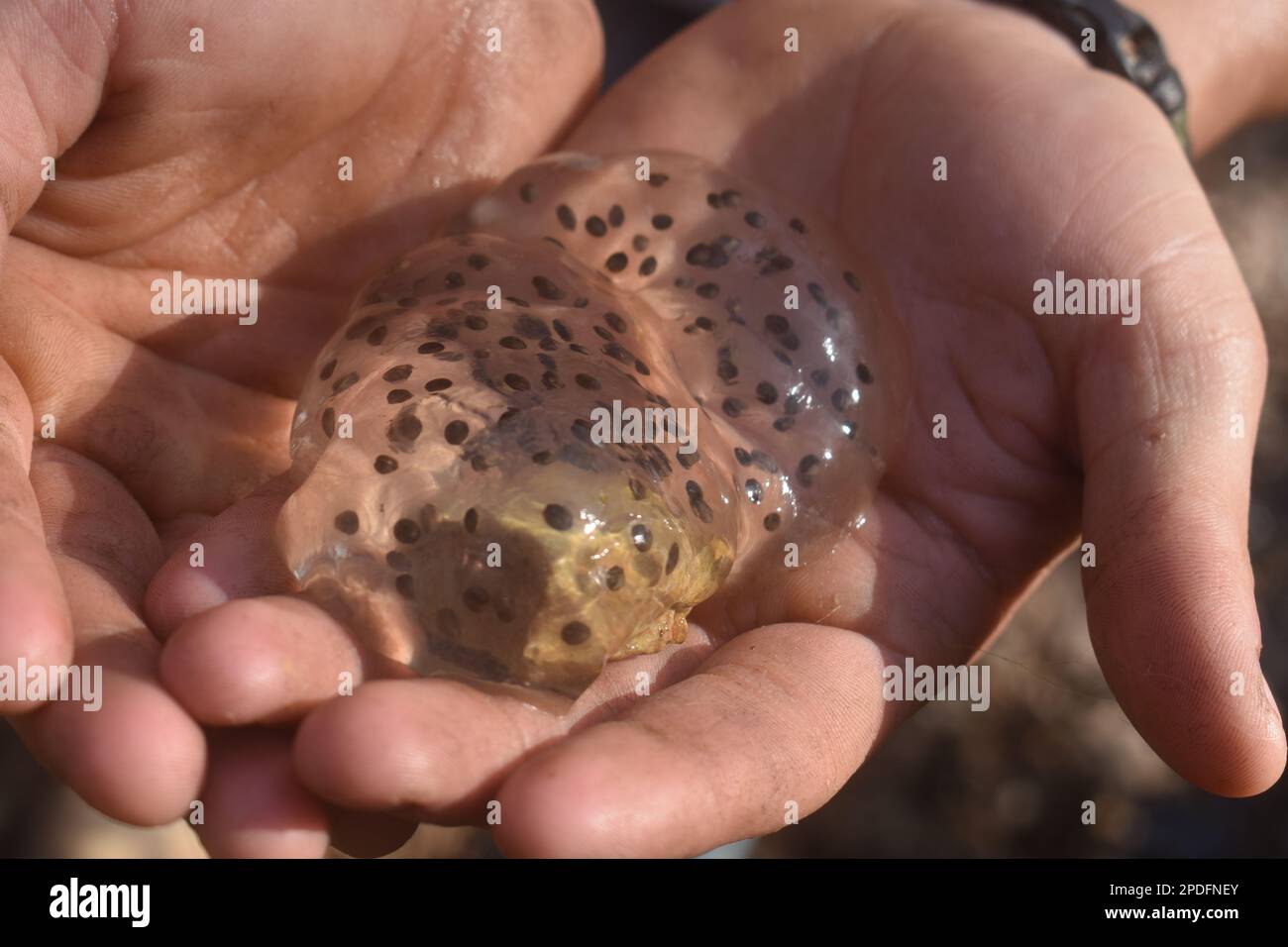 A clutch of frog eggs that were found in a creek in rural Missouri, MO, United States, US, USA, are being held up in a pair of hands. Stock Photohttps://www.alamy.com/image-license-details/?v=1https://www.alamy.com/a-clutch-of-frog-eggs-that-were-found-in-a-creek-in-rural-missouri-mo-united-states-us-usa-are-being-held-up-in-a-pair-of-hands-image541858099.html
A clutch of frog eggs that were found in a creek in rural Missouri, MO, United States, US, USA, are being held up in a pair of hands. Stock Photohttps://www.alamy.com/image-license-details/?v=1https://www.alamy.com/a-clutch-of-frog-eggs-that-were-found-in-a-creek-in-rural-missouri-mo-united-states-us-usa-are-being-held-up-in-a-pair-of-hands-image541858099.htmlRF2PDFNEY–A clutch of frog eggs that were found in a creek in rural Missouri, MO, United States, US, USA, are being held up in a pair of hands.
 Common Frog Spawn in close up Stock Photohttps://www.alamy.com/image-license-details/?v=1https://www.alamy.com/common-frog-spawn-in-close-up-image7439818.html
Common Frog Spawn in close up Stock Photohttps://www.alamy.com/image-license-details/?v=1https://www.alamy.com/common-frog-spawn-in-close-up-image7439818.htmlRMAC2FTB–Common Frog Spawn in close up
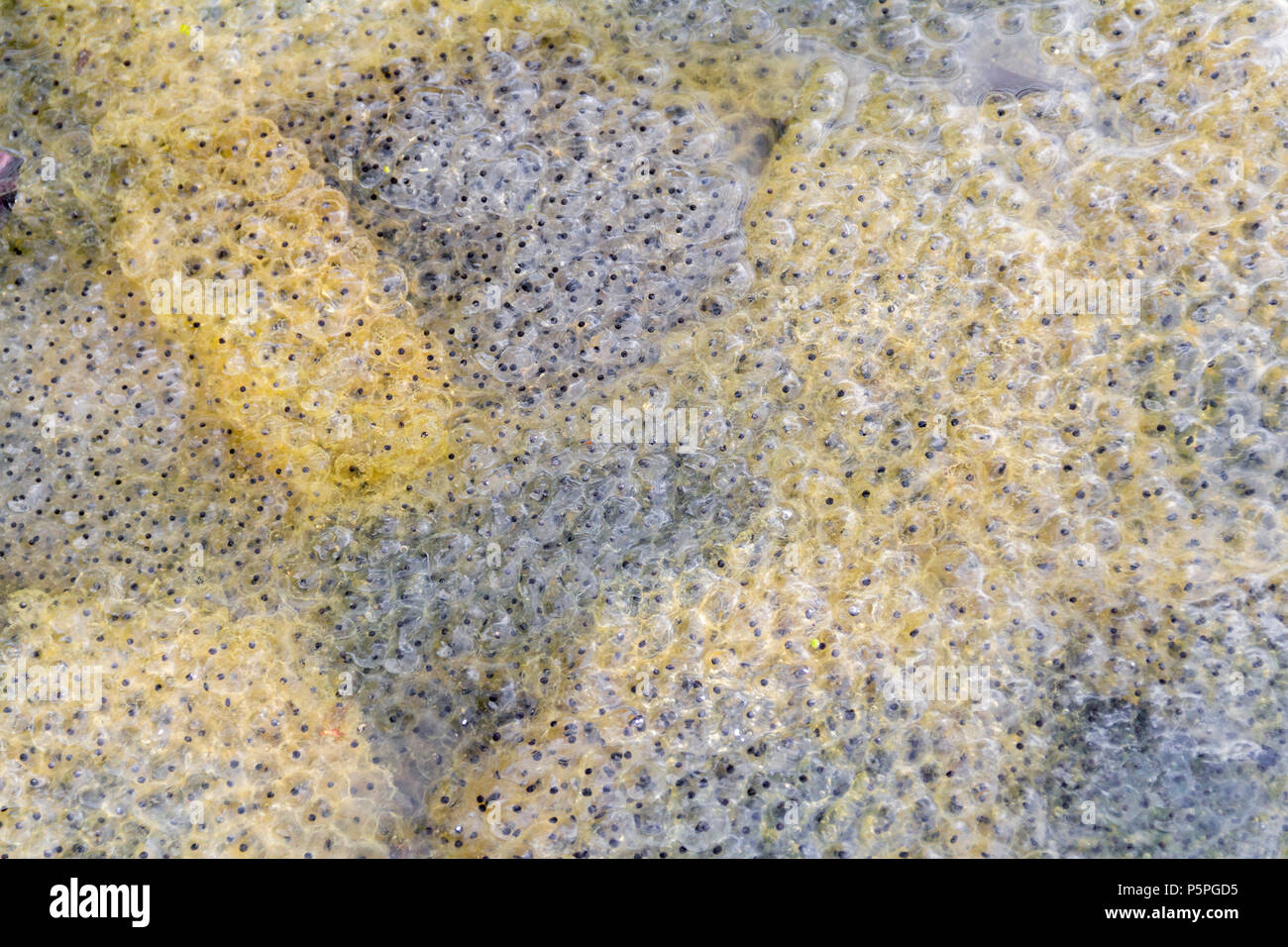 fresh frog spawn closeup at early spring time Stock Photohttps://www.alamy.com/image-license-details/?v=1https://www.alamy.com/fresh-frog-spawn-closeup-at-early-spring-time-image210093553.html
fresh frog spawn closeup at early spring time Stock Photohttps://www.alamy.com/image-license-details/?v=1https://www.alamy.com/fresh-frog-spawn-closeup-at-early-spring-time-image210093553.htmlRFP5PGD5–fresh frog spawn closeup at early spring time
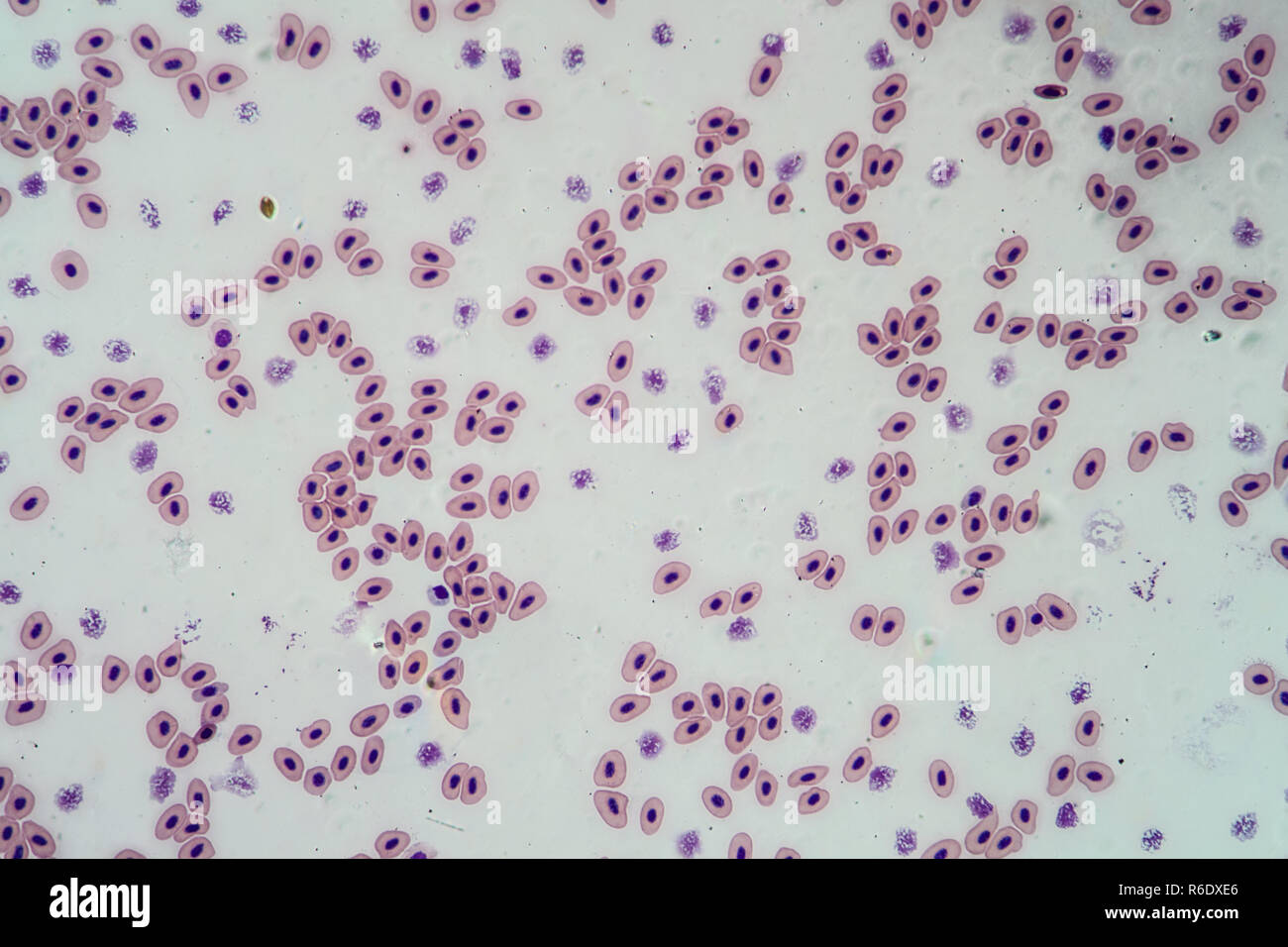 frog blood blood cells with cell nuclei 200x Stock Photohttps://www.alamy.com/image-license-details/?v=1https://www.alamy.com/frog-blood-blood-cells-with-cell-nuclei-200x-image227728878.html
frog blood blood cells with cell nuclei 200x Stock Photohttps://www.alamy.com/image-license-details/?v=1https://www.alamy.com/frog-blood-blood-cells-with-cell-nuclei-200x-image227728878.htmlRFR6DXE6–frog blood blood cells with cell nuclei 200x
 . The biology of the frog. Frogs. 322 THE BIOLOGY OF THE FROG CHAP. The skin of the frog is an organ of unusual sensibihty. It is sensitive not only to touch, chemical stimuli, and differences ^^. Fig. 86. — Touch corpuscle of the frog with its supplying nerve. The branches of the nerve may be seen ramifying between the flattened cells of the sense organ. (From Gaupp, after Merkel.) of temperature, but it is affected in no small degree by light. It is also readily influenced by changes in the mois- ture of the air, as is indicated by the behavior of the animal under different conditions of the Stock Photohttps://www.alamy.com/image-license-details/?v=1https://www.alamy.com/the-biology-of-the-frog-frogs-322-the-biology-of-the-frog-chap-the-skin-of-the-frog-is-an-organ-of-unusual-sensibihty-it-is-sensitive-not-only-to-touch-chemical-stimuli-and-differences-fig-86-touch-corpuscle-of-the-frog-with-its-supplying-nerve-the-branches-of-the-nerve-may-be-seen-ramifying-between-the-flattened-cells-of-the-sense-organ-from-gaupp-after-merkel-of-temperature-but-it-is-affected-in-no-small-degree-by-light-it-is-also-readily-influenced-by-changes-in-the-mois-ture-of-the-air-as-is-indicated-by-the-behavior-of-the-animal-under-different-conditions-of-the-image234606270.html
. The biology of the frog. Frogs. 322 THE BIOLOGY OF THE FROG CHAP. The skin of the frog is an organ of unusual sensibihty. It is sensitive not only to touch, chemical stimuli, and differences ^^. Fig. 86. — Touch corpuscle of the frog with its supplying nerve. The branches of the nerve may be seen ramifying between the flattened cells of the sense organ. (From Gaupp, after Merkel.) of temperature, but it is affected in no small degree by light. It is also readily influenced by changes in the mois- ture of the air, as is indicated by the behavior of the animal under different conditions of the Stock Photohttps://www.alamy.com/image-license-details/?v=1https://www.alamy.com/the-biology-of-the-frog-frogs-322-the-biology-of-the-frog-chap-the-skin-of-the-frog-is-an-organ-of-unusual-sensibihty-it-is-sensitive-not-only-to-touch-chemical-stimuli-and-differences-fig-86-touch-corpuscle-of-the-frog-with-its-supplying-nerve-the-branches-of-the-nerve-may-be-seen-ramifying-between-the-flattened-cells-of-the-sense-organ-from-gaupp-after-merkel-of-temperature-but-it-is-affected-in-no-small-degree-by-light-it-is-also-readily-influenced-by-changes-in-the-mois-ture-of-the-air-as-is-indicated-by-the-behavior-of-the-animal-under-different-conditions-of-the-image234606270.htmlRMRHK6KA–. The biology of the frog. Frogs. 322 THE BIOLOGY OF THE FROG CHAP. The skin of the frog is an organ of unusual sensibihty. It is sensitive not only to touch, chemical stimuli, and differences ^^. Fig. 86. — Touch corpuscle of the frog with its supplying nerve. The branches of the nerve may be seen ramifying between the flattened cells of the sense organ. (From Gaupp, after Merkel.) of temperature, but it is affected in no small degree by light. It is also readily influenced by changes in the mois- ture of the air, as is indicated by the behavior of the animal under different conditions of the
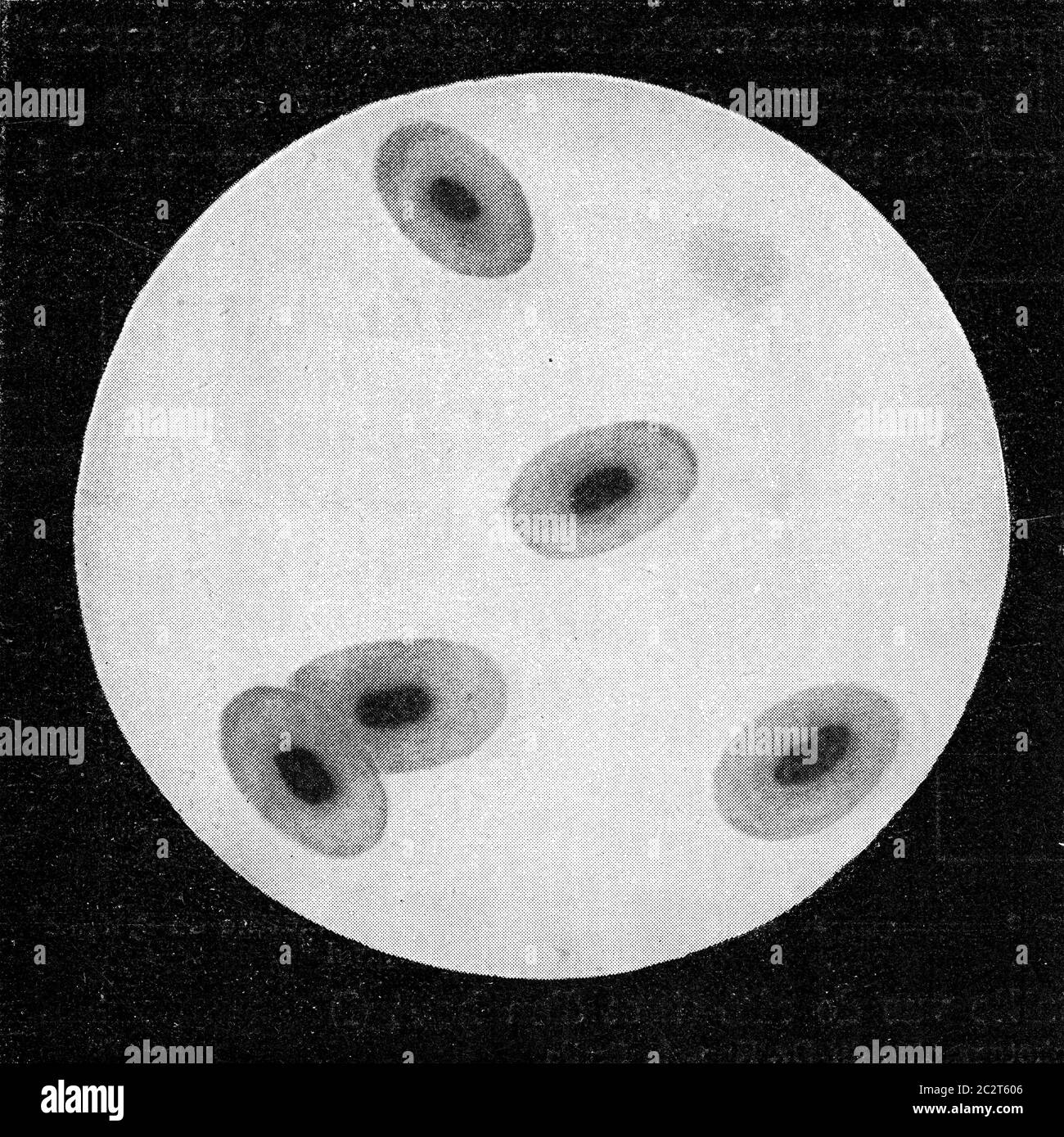 Blood cells of the frog, vintage engraved illustration. From the Universe and Humanity, 1910. Stock Photohttps://www.alamy.com/image-license-details/?v=1https://www.alamy.com/blood-cells-of-the-frog-vintage-engraved-illustration-from-the-universe-and-humanity-1910-image363178598.html
Blood cells of the frog, vintage engraved illustration. From the Universe and Humanity, 1910. Stock Photohttps://www.alamy.com/image-license-details/?v=1https://www.alamy.com/blood-cells-of-the-frog-vintage-engraved-illustration-from-the-universe-and-humanity-1910-image363178598.htmlRF2C2T606–Blood cells of the frog, vintage engraved illustration. From the Universe and Humanity, 1910.
 . Animal activities; a first book in zoo?logy. Zoology; Animal behavior. Fig. 203.—Morula Stage. A-. Fig. 204..—Gastrula Stage. A, outer layer of cells; ^, inner layer; C, external open- ing, or mouth; 7?, internal cavity. examine the embryo of a bird we find, at an early period, a well-formed tail which can be of no possible use to its owner. This tail disappears, as does that of the frog, with further growth. Even more strongly than in the case of the frog is relationship with tailed vertebrates suggested. Naturalists generally believe that this tail is a peculiarity inherited from a reptile Stock Photohttps://www.alamy.com/image-license-details/?v=1https://www.alamy.com/animal-activities-a-first-book-in-zoology-zoology-animal-behavior-fig-203morula-stage-a-fig-204gastrula-stage-a-outer-layer-of-cells-inner-layer-c-external-open-ing-or-mouth-7-internal-cavity-examine-the-embryo-of-a-bird-we-find-at-an-early-period-a-well-formed-tail-which-can-be-of-no-possible-use-to-its-owner-this-tail-disappears-as-does-that-of-the-frog-with-further-growth-even-more-strongly-than-in-the-case-of-the-frog-is-relationship-with-tailed-vertebrates-suggested-naturalists-generally-believe-that-this-tail-is-a-peculiarity-inherited-from-a-reptile-image216366496.html
. Animal activities; a first book in zoo?logy. Zoology; Animal behavior. Fig. 203.—Morula Stage. A-. Fig. 204..—Gastrula Stage. A, outer layer of cells; ^, inner layer; C, external open- ing, or mouth; 7?, internal cavity. examine the embryo of a bird we find, at an early period, a well-formed tail which can be of no possible use to its owner. This tail disappears, as does that of the frog, with further growth. Even more strongly than in the case of the frog is relationship with tailed vertebrates suggested. Naturalists generally believe that this tail is a peculiarity inherited from a reptile Stock Photohttps://www.alamy.com/image-license-details/?v=1https://www.alamy.com/animal-activities-a-first-book-in-zoology-zoology-animal-behavior-fig-203morula-stage-a-fig-204gastrula-stage-a-outer-layer-of-cells-inner-layer-c-external-open-ing-or-mouth-7-internal-cavity-examine-the-embryo-of-a-bird-we-find-at-an-early-period-a-well-formed-tail-which-can-be-of-no-possible-use-to-its-owner-this-tail-disappears-as-does-that-of-the-frog-with-further-growth-even-more-strongly-than-in-the-case-of-the-frog-is-relationship-with-tailed-vertebrates-suggested-naturalists-generally-believe-that-this-tail-is-a-peculiarity-inherited-from-a-reptile-image216366496.htmlRMPG09JT–. Animal activities; a first book in zoo?logy. Zoology; Animal behavior. Fig. 203.—Morula Stage. A-. Fig. 204..—Gastrula Stage. A, outer layer of cells; ^, inner layer; C, external open- ing, or mouth; 7?, internal cavity. examine the embryo of a bird we find, at an early period, a well-formed tail which can be of no possible use to its owner. This tail disappears, as does that of the frog, with further growth. Even more strongly than in the case of the frog is relationship with tailed vertebrates suggested. Naturalists generally believe that this tail is a peculiarity inherited from a reptile
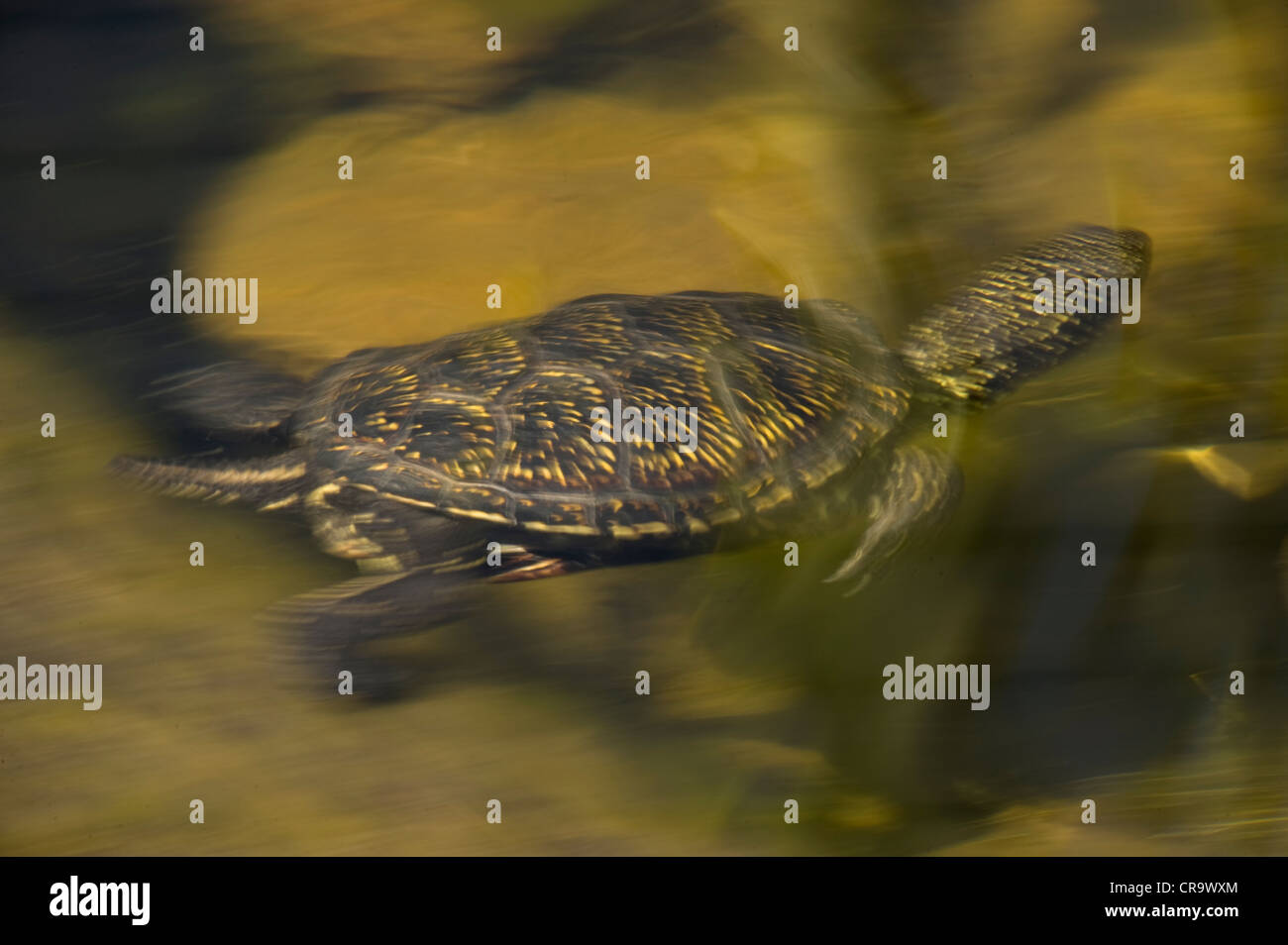 Animals in Sweden Stock Photohttps://www.alamy.com/image-license-details/?v=1https://www.alamy.com/stock-photo-animals-in-sweden-48775740.html
Animals in Sweden Stock Photohttps://www.alamy.com/image-license-details/?v=1https://www.alamy.com/stock-photo-animals-in-sweden-48775740.htmlRMCR9WXM–Animals in Sweden
 Wilde animal in Sweden, Europe Stock Photohttps://www.alamy.com/image-license-details/?v=1https://www.alamy.com/stock-photo-wilde-animal-in-sweden-europe-56398654.html
Wilde animal in Sweden, Europe Stock Photohttps://www.alamy.com/image-license-details/?v=1https://www.alamy.com/stock-photo-wilde-animal-in-sweden-europe-56398654.htmlRMD7N51J–Wilde animal in Sweden, Europe
 Wilde animal in Sweden, Europe Stock Photohttps://www.alamy.com/image-license-details/?v=1https://www.alamy.com/stock-photo-wilde-animal-in-sweden-europe-48776522.html
Wilde animal in Sweden, Europe Stock Photohttps://www.alamy.com/image-license-details/?v=1https://www.alamy.com/stock-photo-wilde-animal-in-sweden-europe-48776522.htmlRMCR9XXJ–Wilde animal in Sweden, Europe
 Vipera berus, also known as Marlies, Prags, Bardas or the common European adde - Sweden, Europe Stock Photohttps://www.alamy.com/image-license-details/?v=1https://www.alamy.com/stock-photo-vipera-berus-also-known-as-marlies-prags-bardas-or-the-common-european-48744150.html
Vipera berus, also known as Marlies, Prags, Bardas or the common European adde - Sweden, Europe Stock Photohttps://www.alamy.com/image-license-details/?v=1https://www.alamy.com/stock-photo-vipera-berus-also-known-as-marlies-prags-bardas-or-the-common-european-48744150.htmlRMCR8DJE–Vipera berus, also known as Marlies, Prags, Bardas or the common European adde - Sweden, Europe
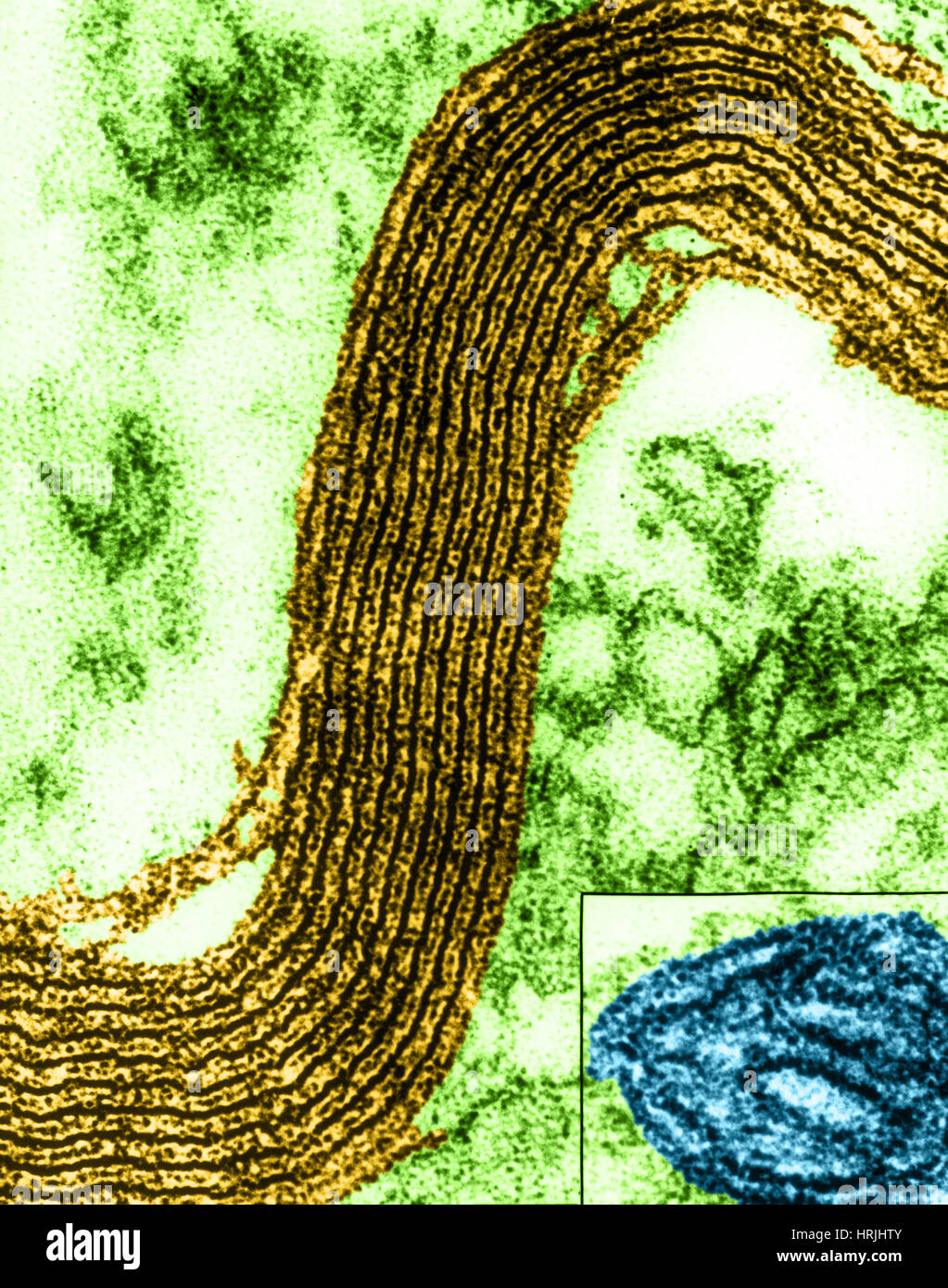 Membrane Ultrastructure in Nerve Cells, EM Stock Photohttps://www.alamy.com/image-license-details/?v=1https://www.alamy.com/stock-photo-membrane-ultrastructure-in-nerve-cells-em-135018827.html
Membrane Ultrastructure in Nerve Cells, EM Stock Photohttps://www.alamy.com/image-license-details/?v=1https://www.alamy.com/stock-photo-membrane-ultrastructure-in-nerve-cells-em-135018827.htmlRMHRJHTY–Membrane Ultrastructure in Nerve Cells, EM
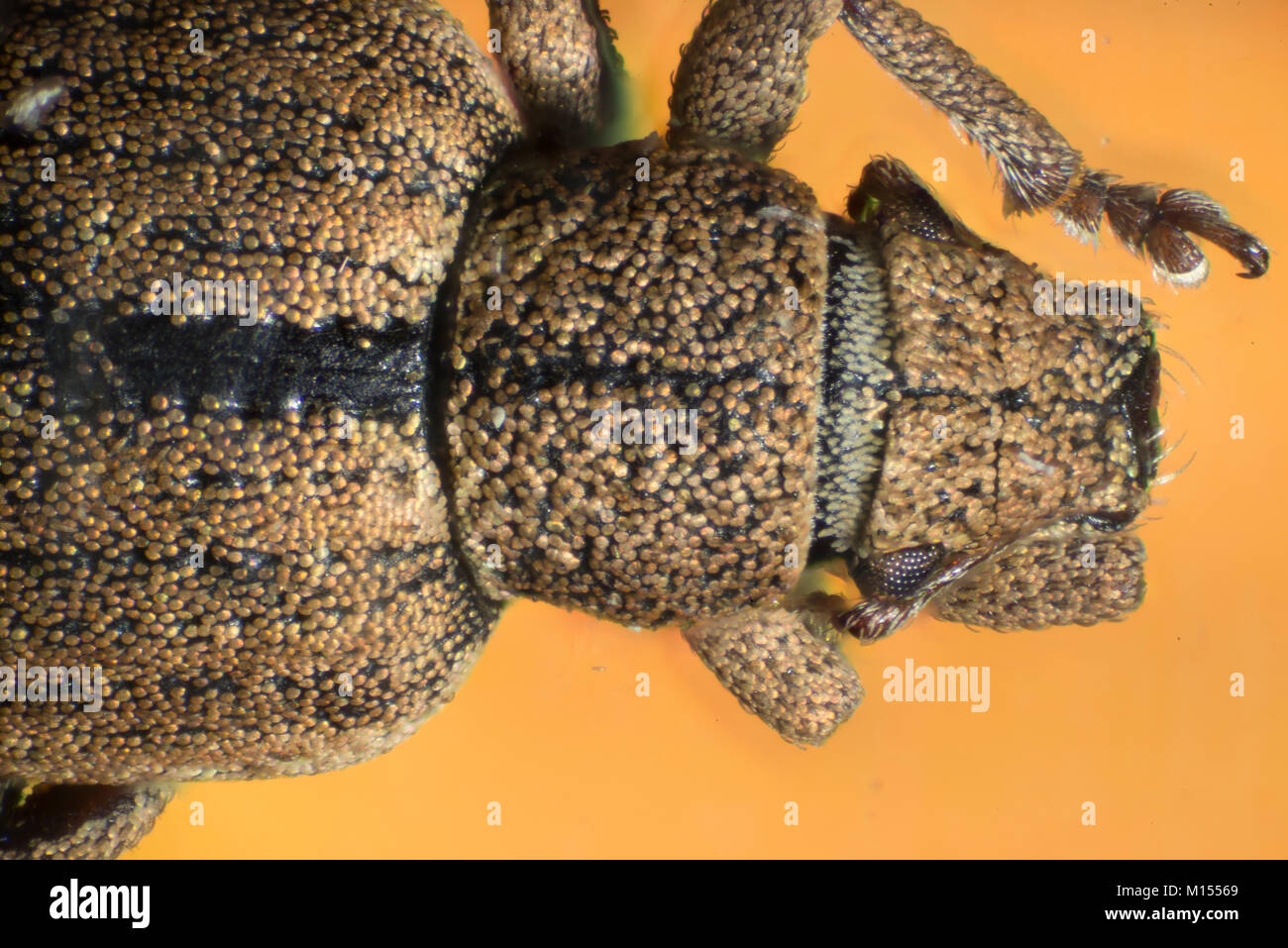 Beetles are a group of insects that form the order Coleoptera, in the superorder Endopterygota. Their front pair of wings is hardened into wing-cases, Stock Photohttps://www.alamy.com/image-license-details/?v=1https://www.alamy.com/stock-photo-beetles-are-a-group-of-insects-that-form-the-order-coleoptera-in-the-172832193.html
Beetles are a group of insects that form the order Coleoptera, in the superorder Endopterygota. Their front pair of wings is hardened into wing-cases, Stock Photohttps://www.alamy.com/image-license-details/?v=1https://www.alamy.com/stock-photo-beetles-are-a-group-of-insects-that-form-the-order-coleoptera-in-the-172832193.htmlRFM15569–Beetles are a group of insects that form the order Coleoptera, in the superorder Endopterygota. Their front pair of wings is hardened into wing-cases,
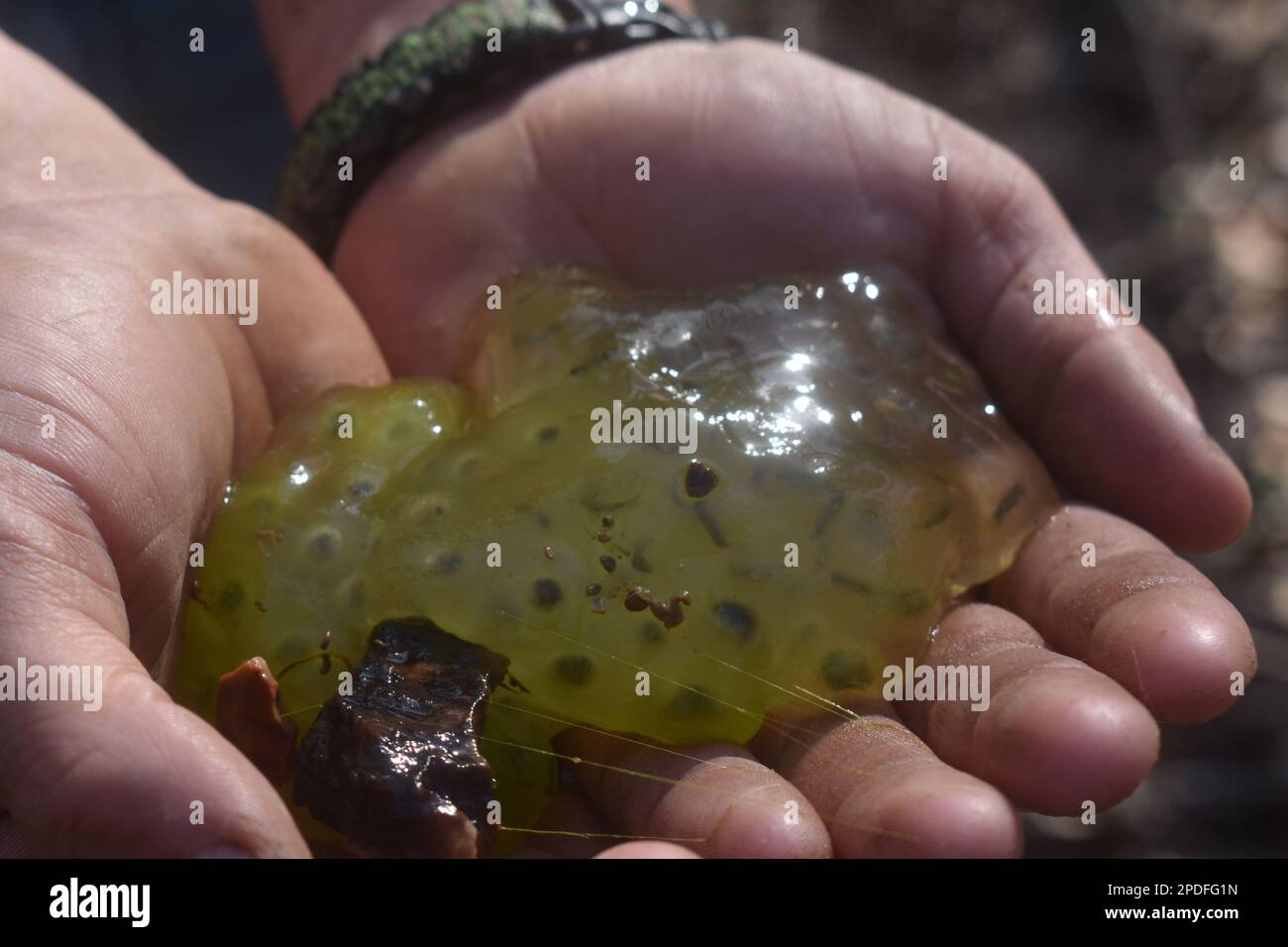 A clutch of frog eggs that were found in a creek in rural Missouri, MO, United States, US, USA, are being held up in a pair of hands. Stock Photohttps://www.alamy.com/image-license-details/?v=1https://www.alamy.com/a-clutch-of-frog-eggs-that-were-found-in-a-creek-in-rural-missouri-mo-united-states-us-usa-are-being-held-up-in-a-pair-of-hands-image541853809.html
A clutch of frog eggs that were found in a creek in rural Missouri, MO, United States, US, USA, are being held up in a pair of hands. Stock Photohttps://www.alamy.com/image-license-details/?v=1https://www.alamy.com/a-clutch-of-frog-eggs-that-were-found-in-a-creek-in-rural-missouri-mo-united-states-us-usa-are-being-held-up-in-a-pair-of-hands-image541853809.htmlRF2PDFG1N–A clutch of frog eggs that were found in a creek in rural Missouri, MO, United States, US, USA, are being held up in a pair of hands.
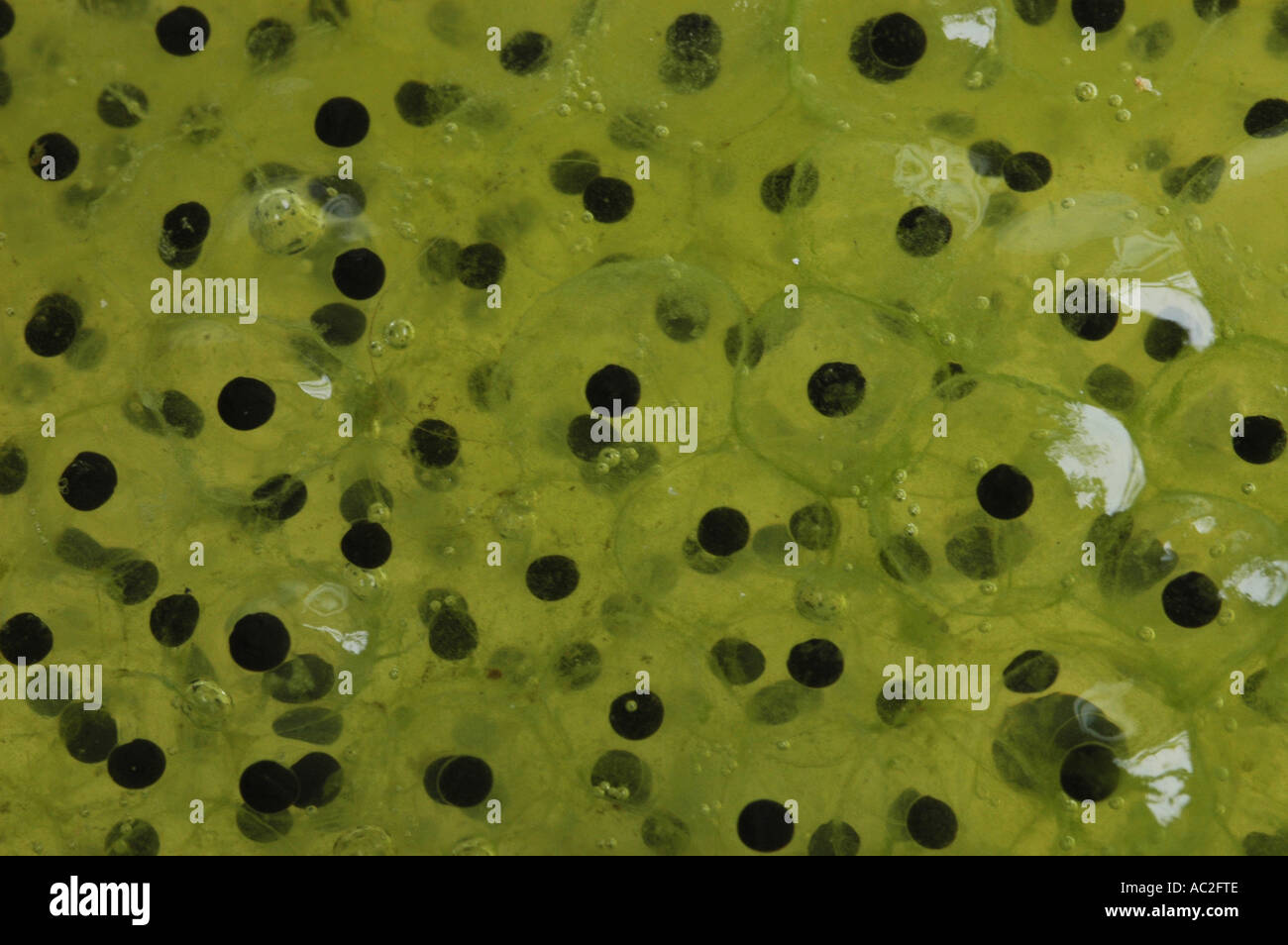 Common Frog Spawn in close up Stock Photohttps://www.alamy.com/image-license-details/?v=1https://www.alamy.com/common-frog-spawn-in-close-up-image7439821.html
Common Frog Spawn in close up Stock Photohttps://www.alamy.com/image-license-details/?v=1https://www.alamy.com/common-frog-spawn-in-close-up-image7439821.htmlRMAC2FTE–Common Frog Spawn in close up
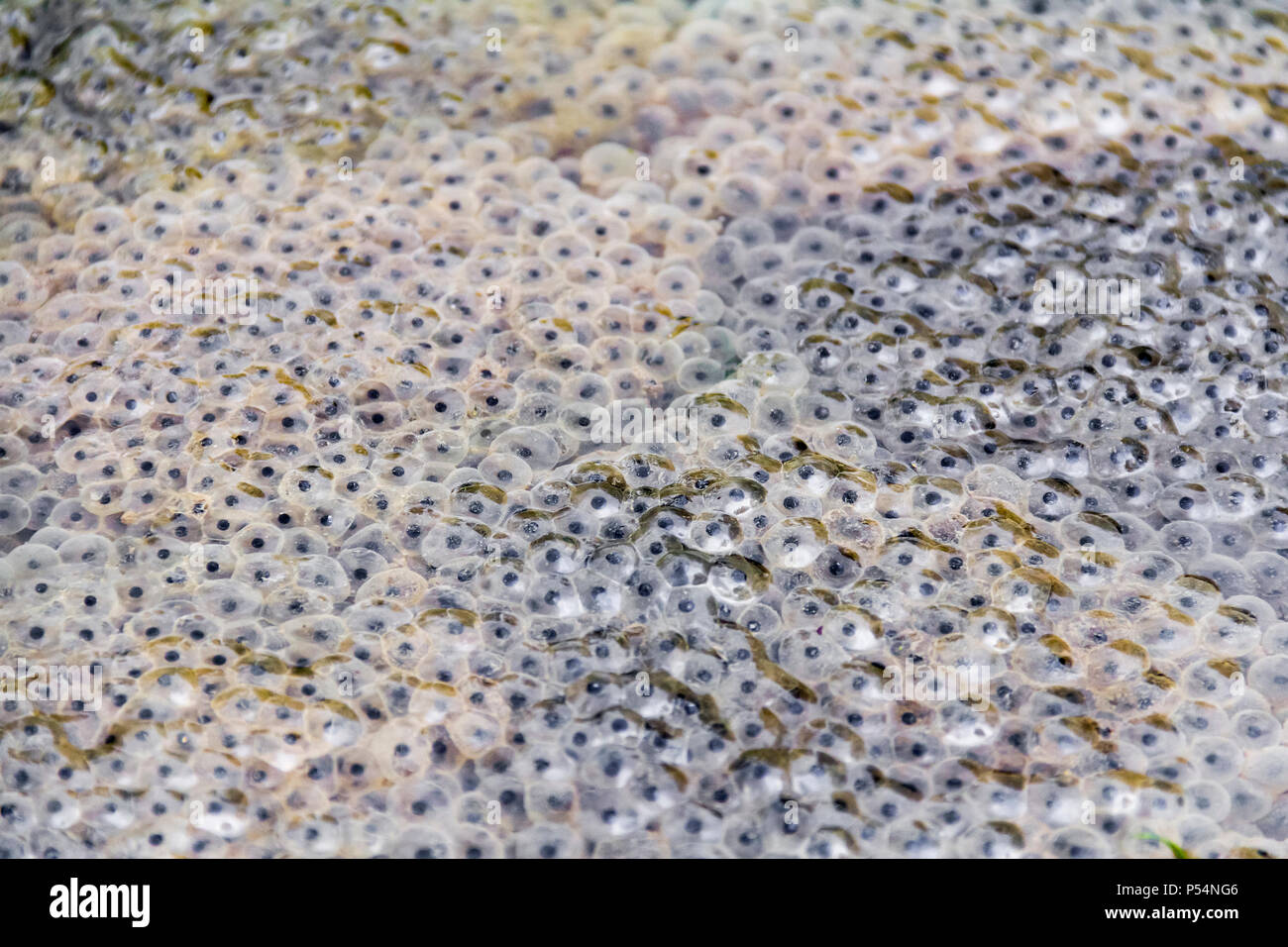 fresh frog spawn closeup at early spring time Stock Photohttps://www.alamy.com/image-license-details/?v=1https://www.alamy.com/fresh-frog-spawn-closeup-at-early-spring-time-image209702422.html
fresh frog spawn closeup at early spring time Stock Photohttps://www.alamy.com/image-license-details/?v=1https://www.alamy.com/fresh-frog-spawn-closeup-at-early-spring-time-image209702422.htmlRFP54NG6–fresh frog spawn closeup at early spring time
 . Animal and vegetable physiology, considered with reference to natural theology, by Peter Mark Roget ... Biology; Physiology; Plant physiology; Natural theology. 322 THE VITAL FUNCTIONS. shows their interior structure, composed of large cells, into which the trachea (t) opens.. Few subjects in animal physiology are more deserving the attention of those whose object is to trace the operations of nature in the progres- sive developement of the organs, than the changes which occur in the evolution of the tadpole from the time it leaves the egg till it has attained the form of the perfect frog. W Stock Photohttps://www.alamy.com/image-license-details/?v=1https://www.alamy.com/animal-and-vegetable-physiology-considered-with-reference-to-natural-theology-by-peter-mark-roget-biology-physiology-plant-physiology-natural-theology-322-the-vital-functions-shows-their-interior-structure-composed-of-large-cells-into-which-the-trachea-t-opens-few-subjects-in-animal-physiology-are-more-deserving-the-attention-of-those-whose-object-is-to-trace-the-operations-of-nature-in-the-progres-sive-developement-of-the-organs-than-the-changes-which-occur-in-the-evolution-of-the-tadpole-from-the-time-it-leaves-the-egg-till-it-has-attained-the-form-of-the-perfect-frog-w-image236731606.html
. Animal and vegetable physiology, considered with reference to natural theology, by Peter Mark Roget ... Biology; Physiology; Plant physiology; Natural theology. 322 THE VITAL FUNCTIONS. shows their interior structure, composed of large cells, into which the trachea (t) opens.. Few subjects in animal physiology are more deserving the attention of those whose object is to trace the operations of nature in the progres- sive developement of the organs, than the changes which occur in the evolution of the tadpole from the time it leaves the egg till it has attained the form of the perfect frog. W Stock Photohttps://www.alamy.com/image-license-details/?v=1https://www.alamy.com/animal-and-vegetable-physiology-considered-with-reference-to-natural-theology-by-peter-mark-roget-biology-physiology-plant-physiology-natural-theology-322-the-vital-functions-shows-their-interior-structure-composed-of-large-cells-into-which-the-trachea-t-opens-few-subjects-in-animal-physiology-are-more-deserving-the-attention-of-those-whose-object-is-to-trace-the-operations-of-nature-in-the-progres-sive-developement-of-the-organs-than-the-changes-which-occur-in-the-evolution-of-the-tadpole-from-the-time-it-leaves-the-egg-till-it-has-attained-the-form-of-the-perfect-frog-w-image236731606.htmlRMRN41G6–. Animal and vegetable physiology, considered with reference to natural theology, by Peter Mark Roget ... Biology; Physiology; Plant physiology; Natural theology. 322 THE VITAL FUNCTIONS. shows their interior structure, composed of large cells, into which the trachea (t) opens.. Few subjects in animal physiology are more deserving the attention of those whose object is to trace the operations of nature in the progres- sive developement of the organs, than the changes which occur in the evolution of the tadpole from the time it leaves the egg till it has attained the form of the perfect frog. W
 . Animal life as affected by the natural conditions of existence. Animal ecology. P#* FiCr. 26,— CliromatopTiores from the skin of a frog:, copied from Lister, a, wholly con- tracted ; b and c, half relaxed ; d, wholly relaxed ; e, wholly contracted, a capUlary vessel; /, g, h, expanded colom-cells or chromatophores. stages of contraction were made from the chromatophores of living animals, and in fact it is quite easy to repeat these obser- vations on the extended web skin of a frog's foot. These chromatophores are distributed in the skin with a certain regularity ; in this particular, reptil Stock Photohttps://www.alamy.com/image-license-details/?v=1https://www.alamy.com/animal-life-as-affected-by-the-natural-conditions-of-existence-animal-ecology-p-ficr-26-cliromatoptiores-from-the-skin-of-a-frog-copied-from-lister-a-wholly-con-tracted-b-and-c-half-relaxed-d-wholly-relaxed-e-wholly-contracted-a-capulary-vessel-g-h-expanded-colom-cells-or-chromatophores-stages-of-contraction-were-made-from-the-chromatophores-of-living-animals-and-in-fact-it-is-quite-easy-to-repeat-these-obser-vations-on-the-extended-web-skin-of-a-frogs-foot-these-chromatophores-are-distributed-in-the-skin-with-a-certain-regularity-in-this-particular-reptil-image216447737.html
. Animal life as affected by the natural conditions of existence. Animal ecology. P#* FiCr. 26,— CliromatopTiores from the skin of a frog:, copied from Lister, a, wholly con- tracted ; b and c, half relaxed ; d, wholly relaxed ; e, wholly contracted, a capUlary vessel; /, g, h, expanded colom-cells or chromatophores. stages of contraction were made from the chromatophores of living animals, and in fact it is quite easy to repeat these obser- vations on the extended web skin of a frog's foot. These chromatophores are distributed in the skin with a certain regularity ; in this particular, reptil Stock Photohttps://www.alamy.com/image-license-details/?v=1https://www.alamy.com/animal-life-as-affected-by-the-natural-conditions-of-existence-animal-ecology-p-ficr-26-cliromatoptiores-from-the-skin-of-a-frog-copied-from-lister-a-wholly-con-tracted-b-and-c-half-relaxed-d-wholly-relaxed-e-wholly-contracted-a-capulary-vessel-g-h-expanded-colom-cells-or-chromatophores-stages-of-contraction-were-made-from-the-chromatophores-of-living-animals-and-in-fact-it-is-quite-easy-to-repeat-these-obser-vations-on-the-extended-web-skin-of-a-frogs-foot-these-chromatophores-are-distributed-in-the-skin-with-a-certain-regularity-in-this-particular-reptil-image216447737.htmlRMPG4189–. Animal life as affected by the natural conditions of existence. Animal ecology. P#* FiCr. 26,— CliromatopTiores from the skin of a frog:, copied from Lister, a, wholly con- tracted ; b and c, half relaxed ; d, wholly relaxed ; e, wholly contracted, a capUlary vessel; /, g, h, expanded colom-cells or chromatophores. stages of contraction were made from the chromatophores of living animals, and in fact it is quite easy to repeat these obser- vations on the extended web skin of a frog's foot. These chromatophores are distributed in the skin with a certain regularity ; in this particular, reptil
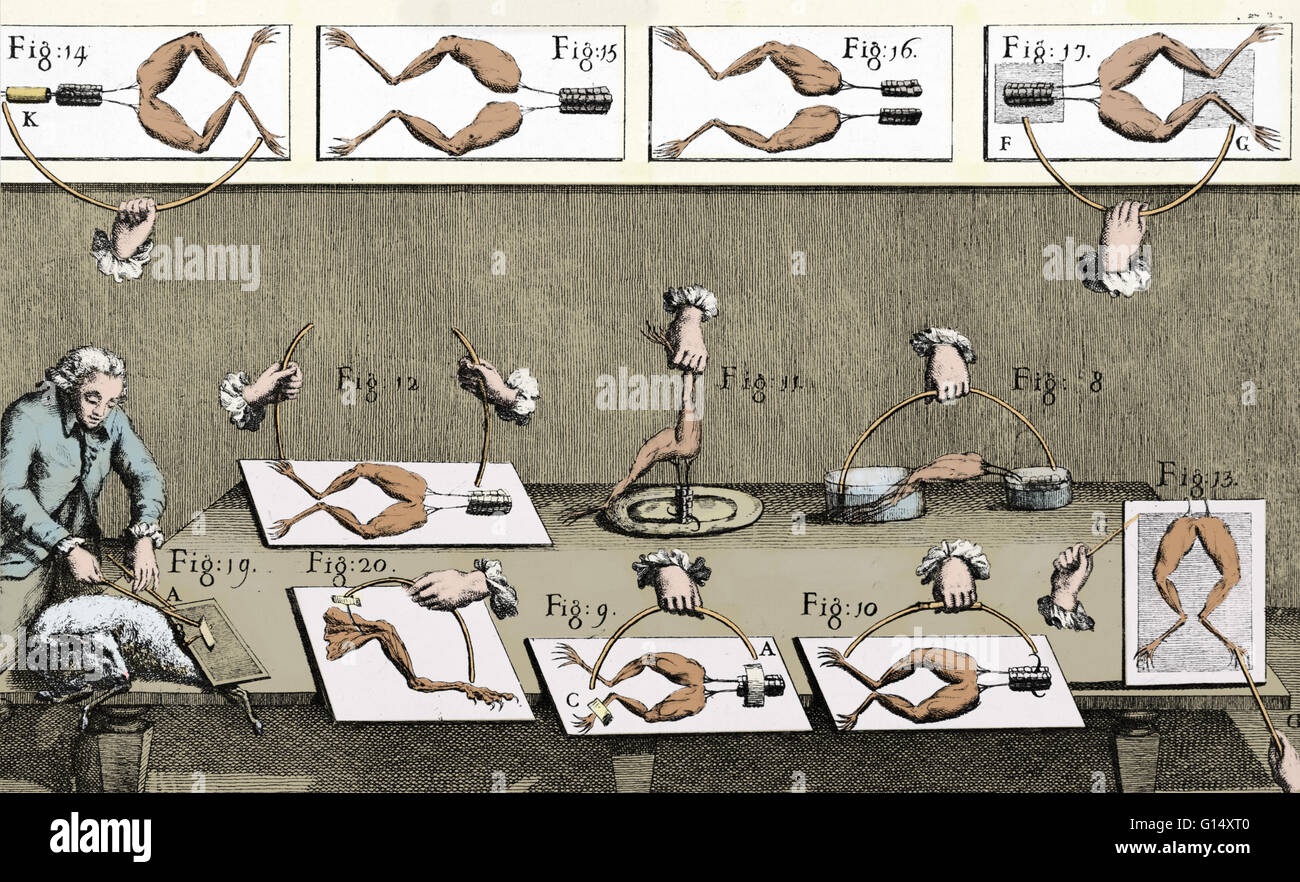 Illustration of Luigi Galvani's experiments to discover bioelecricity, which involves static voltage of biological cells and the electric currents that flow in living tissues. Stock Photohttps://www.alamy.com/image-license-details/?v=1https://www.alamy.com/stock-photo-illustration-of-luigi-galvanis-experiments-to-discover-bioelecricity-103985728.html
Illustration of Luigi Galvani's experiments to discover bioelecricity, which involves static voltage of biological cells and the electric currents that flow in living tissues. Stock Photohttps://www.alamy.com/image-license-details/?v=1https://www.alamy.com/stock-photo-illustration-of-luigi-galvanis-experiments-to-discover-bioelecricity-103985728.htmlRMG14XT0–Illustration of Luigi Galvani's experiments to discover bioelecricity, which involves static voltage of biological cells and the electric currents that flow in living tissues.
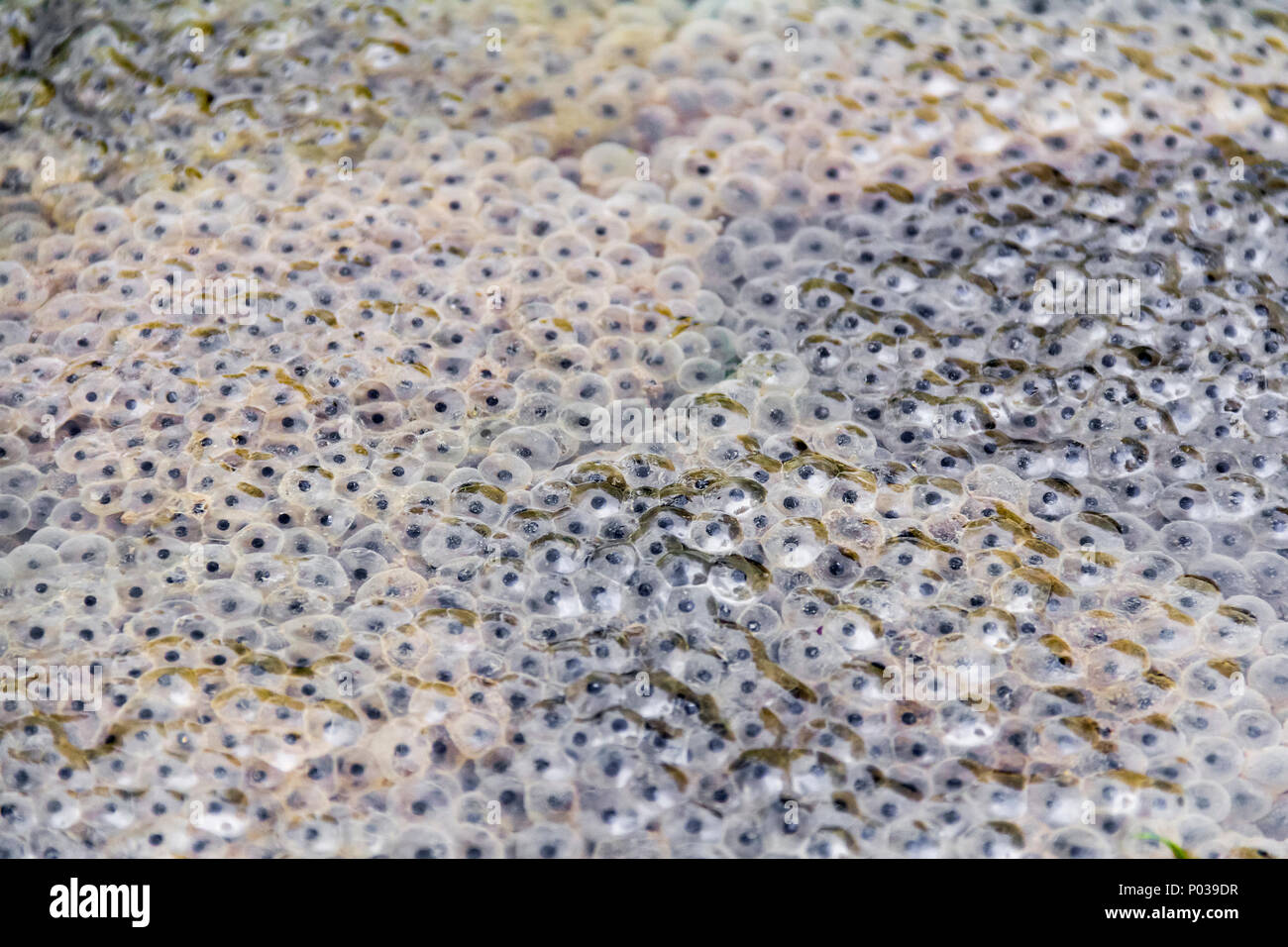 fresh frog spawn closeup at early spring time Stock Photohttps://www.alamy.com/image-license-details/?v=1https://www.alamy.com/fresh-frog-spawn-closeup-at-early-spring-time-image206597715.html
fresh frog spawn closeup at early spring time Stock Photohttps://www.alamy.com/image-license-details/?v=1https://www.alamy.com/fresh-frog-spawn-closeup-at-early-spring-time-image206597715.htmlRFP039DR–fresh frog spawn closeup at early spring time
 . The physiology of domestic animals ... Physiology, Comparative; Veterinary physiology. MECHANICAL MOVEMENTS IN CELLS. 79 a board, any light bodies placed in contact with the ciliated surface of the membrane will be moved comparatively rapidly forward in the direction of oscillation of the cilia; or if the body of the frog is bisected, and a glass tube passed in the mouth and out the oesophagus, which is cut off at the point where it enters the stomach, the motion of the ciliated epithelium lining the pharynx and oesophagus will be sufficient to cause. Fig. 52.—Spermatozoa of Different Animal Stock Photohttps://www.alamy.com/image-license-details/?v=1https://www.alamy.com/the-physiology-of-domestic-animals-physiology-comparative-veterinary-physiology-mechanical-movements-in-cells-79-a-board-any-light-bodies-placed-in-contact-with-the-ciliated-surface-of-the-membrane-will-be-moved-comparatively-rapidly-forward-in-the-direction-of-oscillation-of-the-cilia-or-if-the-body-of-the-frog-is-bisected-and-a-glass-tube-passed-in-the-mouth-and-out-the-oesophagus-which-is-cut-off-at-the-point-where-it-enters-the-stomach-the-motion-of-the-ciliated-epithelium-lining-the-pharynx-and-oesophagus-will-be-sufficient-to-cause-fig-52spermatozoa-of-different-animal-image232426901.html
. The physiology of domestic animals ... Physiology, Comparative; Veterinary physiology. MECHANICAL MOVEMENTS IN CELLS. 79 a board, any light bodies placed in contact with the ciliated surface of the membrane will be moved comparatively rapidly forward in the direction of oscillation of the cilia; or if the body of the frog is bisected, and a glass tube passed in the mouth and out the oesophagus, which is cut off at the point where it enters the stomach, the motion of the ciliated epithelium lining the pharynx and oesophagus will be sufficient to cause. Fig. 52.—Spermatozoa of Different Animal Stock Photohttps://www.alamy.com/image-license-details/?v=1https://www.alamy.com/the-physiology-of-domestic-animals-physiology-comparative-veterinary-physiology-mechanical-movements-in-cells-79-a-board-any-light-bodies-placed-in-contact-with-the-ciliated-surface-of-the-membrane-will-be-moved-comparatively-rapidly-forward-in-the-direction-of-oscillation-of-the-cilia-or-if-the-body-of-the-frog-is-bisected-and-a-glass-tube-passed-in-the-mouth-and-out-the-oesophagus-which-is-cut-off-at-the-point-where-it-enters-the-stomach-the-motion-of-the-ciliated-epithelium-lining-the-pharynx-and-oesophagus-will-be-sufficient-to-cause-fig-52spermatozoa-of-different-animal-image232426901.htmlRMRE3XTN–. The physiology of domestic animals ... Physiology, Comparative; Veterinary physiology. MECHANICAL MOVEMENTS IN CELLS. 79 a board, any light bodies placed in contact with the ciliated surface of the membrane will be moved comparatively rapidly forward in the direction of oscillation of the cilia; or if the body of the frog is bisected, and a glass tube passed in the mouth and out the oesophagus, which is cut off at the point where it enters the stomach, the motion of the ciliated epithelium lining the pharynx and oesophagus will be sufficient to cause. Fig. 52.—Spermatozoa of Different Animal
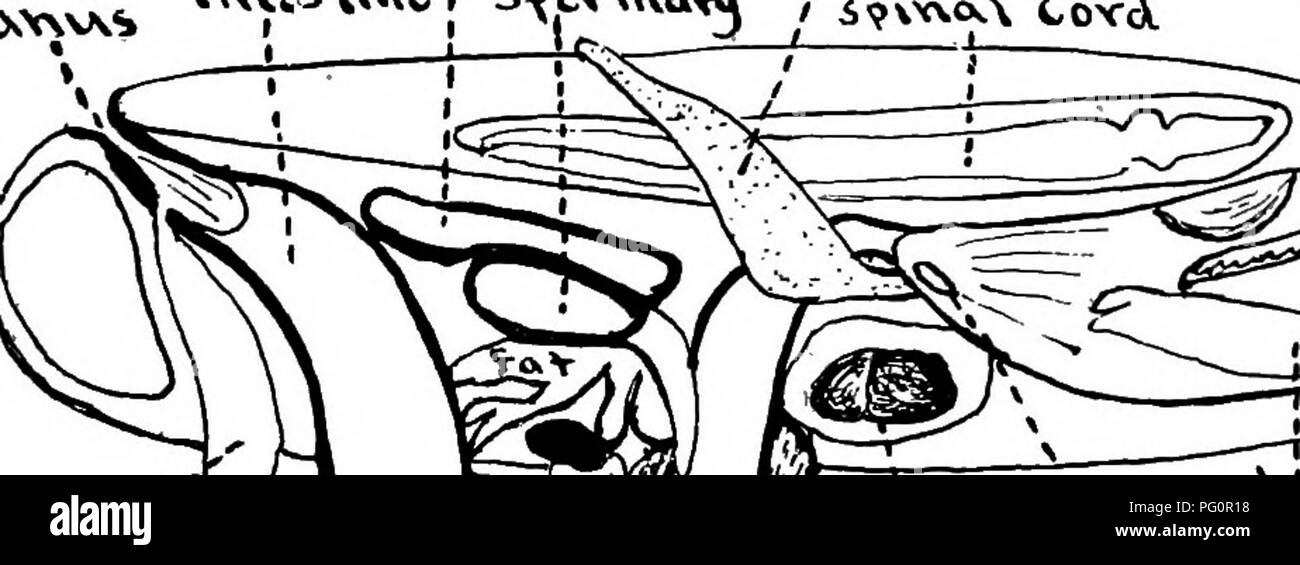 . Elementary biology, animal and human. Biology. FROGS AND THEIR RELATIVES 111 of two kinds of cells (the red and white corpuscles) which are floating in a liquid known as plasma. The plasma con- sists largely of water and the digested foods that have been absorbed from the alimentary canal (83). As in the fish, the circulatory system consists of the heart and three kinds lOf blood vessels; namely, arteries, veins, and JXWWS a.>(tV^ V«^vYt^ i^VWOA COY A.. wosv Uv toxoywv Avvtv Pig. 80. — Internal organs of the frog. capillaries. The heart is located in the body cavity just back Stock Photohttps://www.alamy.com/image-license-details/?v=1https://www.alamy.com/elementary-biology-animal-and-human-biology-frogs-and-their-relatives-111-of-two-kinds-of-cells-the-red-and-white-corpuscles-which-are-floating-in-a-liquid-known-as-plasma-the-plasma-con-sists-largely-of-water-and-the-digested-foods-that-have-been-absorbed-from-the-alimentary-canal-83-as-in-the-fish-the-circulatory-system-consists-of-the-heart-and-three-kinds-lof-blood-vessels-namely-arteries-veins-and-jxwws-agttv-vvyt-ivwoa-coy-a-wosv-uv-toxoywv-avvtv-pig-80-internal-organs-of-the-frog-capillaries-the-heart-is-located-in-the-body-cavity-just-back-image216376980.html
. Elementary biology, animal and human. Biology. FROGS AND THEIR RELATIVES 111 of two kinds of cells (the red and white corpuscles) which are floating in a liquid known as plasma. The plasma con- sists largely of water and the digested foods that have been absorbed from the alimentary canal (83). As in the fish, the circulatory system consists of the heart and three kinds lOf blood vessels; namely, arteries, veins, and JXWWS a.>(tV^ V«^vYt^ i^VWOA COY A.. wosv Uv toxoywv Avvtv Pig. 80. — Internal organs of the frog. capillaries. The heart is located in the body cavity just back Stock Photohttps://www.alamy.com/image-license-details/?v=1https://www.alamy.com/elementary-biology-animal-and-human-biology-frogs-and-their-relatives-111-of-two-kinds-of-cells-the-red-and-white-corpuscles-which-are-floating-in-a-liquid-known-as-plasma-the-plasma-con-sists-largely-of-water-and-the-digested-foods-that-have-been-absorbed-from-the-alimentary-canal-83-as-in-the-fish-the-circulatory-system-consists-of-the-heart-and-three-kinds-lof-blood-vessels-namely-arteries-veins-and-jxwws-agttv-vvyt-ivwoa-coy-a-wosv-uv-toxoywv-avvtv-pig-80-internal-organs-of-the-frog-capillaries-the-heart-is-located-in-the-body-cavity-just-back-image216376980.htmlRMPG0R18–. Elementary biology, animal and human. Biology. FROGS AND THEIR RELATIVES 111 of two kinds of cells (the red and white corpuscles) which are floating in a liquid known as plasma. The plasma con- sists largely of water and the digested foods that have been absorbed from the alimentary canal (83). As in the fish, the circulatory system consists of the heart and three kinds lOf blood vessels; namely, arteries, veins, and JXWWS a.>(tV^ V«^vYt^ i^VWOA COY A.. wosv Uv toxoywv Avvtv Pig. 80. — Internal organs of the frog. capillaries. The heart is located in the body cavity just back
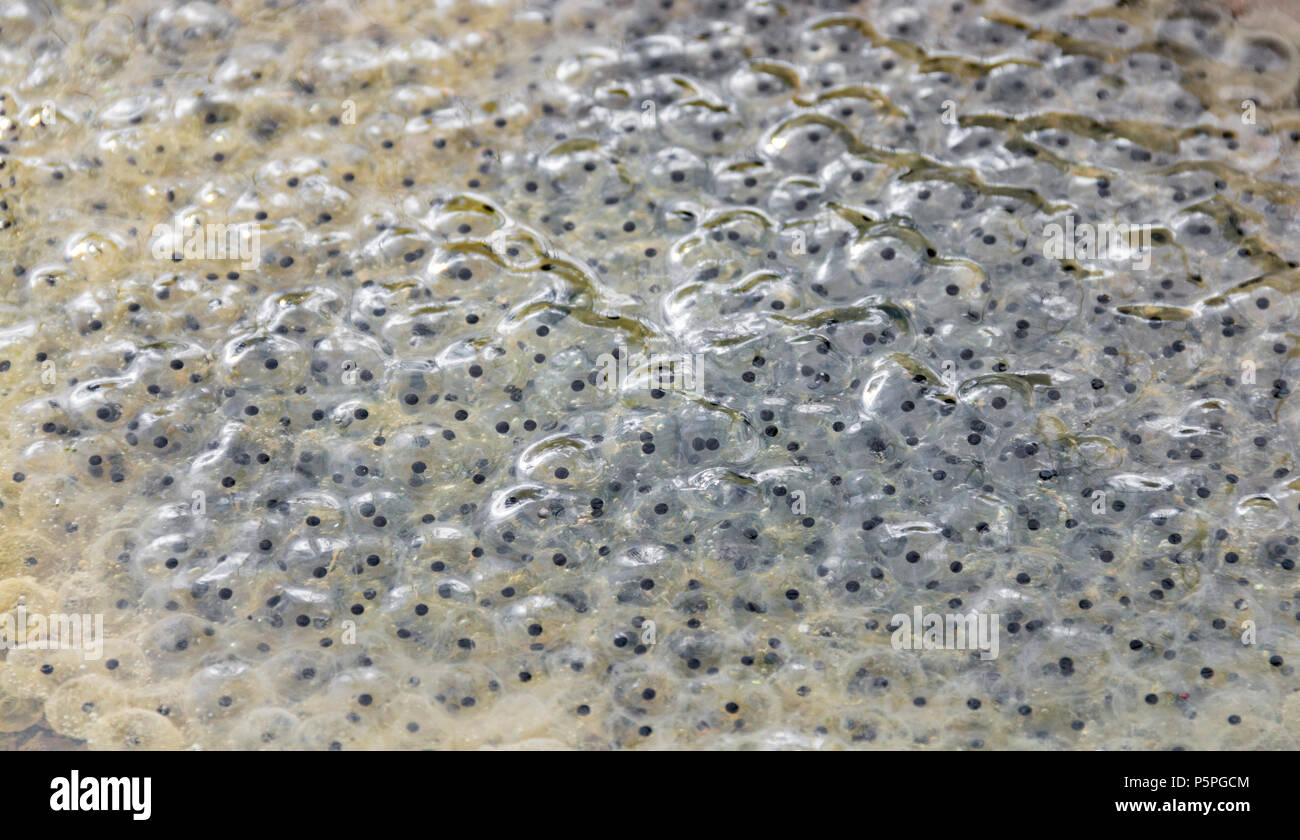 fresh frog spawn closeup at early spring time Stock Photohttps://www.alamy.com/image-license-details/?v=1https://www.alamy.com/fresh-frog-spawn-closeup-at-early-spring-time-image210093540.html
fresh frog spawn closeup at early spring time Stock Photohttps://www.alamy.com/image-license-details/?v=1https://www.alamy.com/fresh-frog-spawn-closeup-at-early-spring-time-image210093540.htmlRFP5PGCM–fresh frog spawn closeup at early spring time
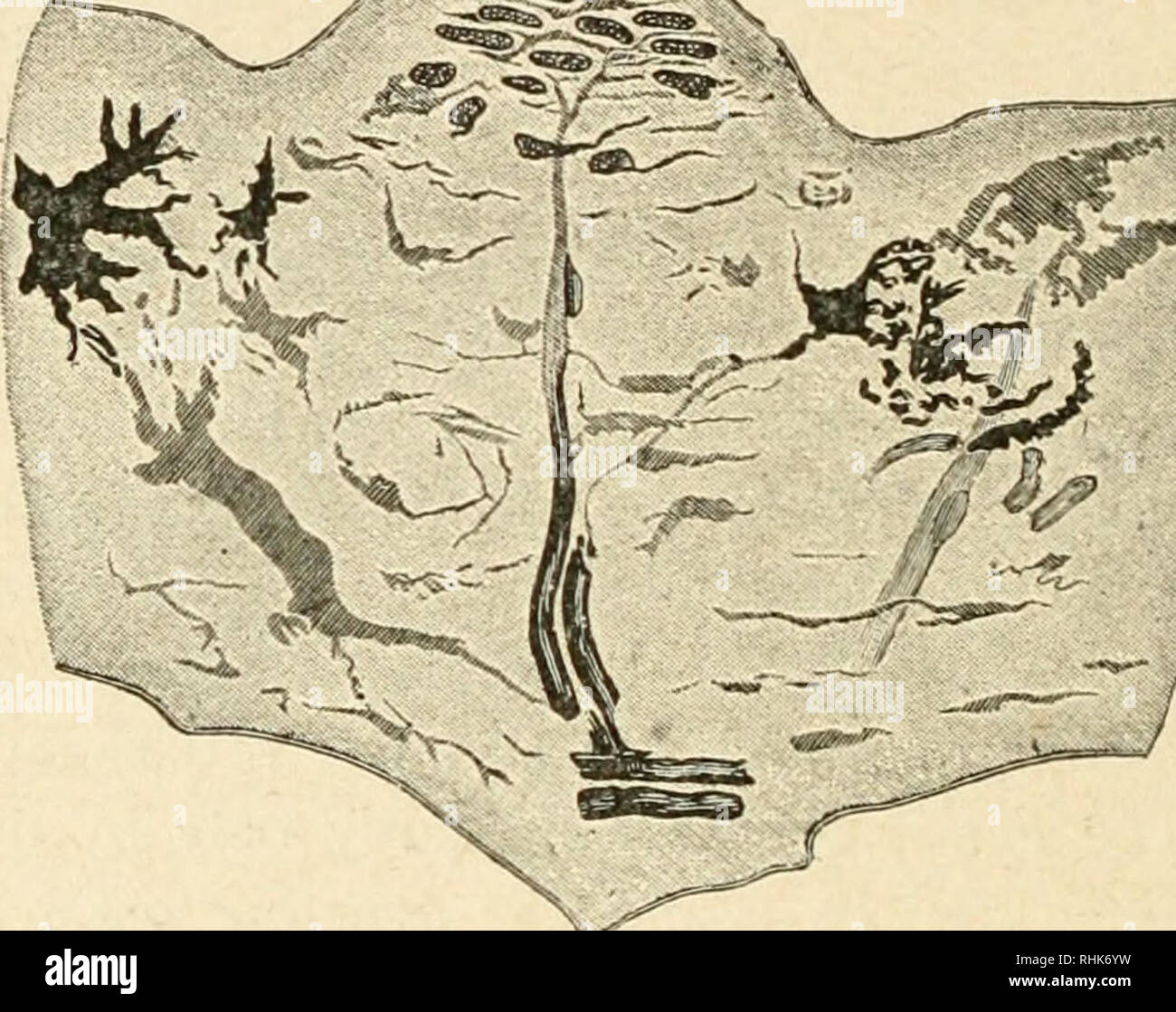 . The biology of the frog. Frogs. 322 THE BIOLOGY OF THE FROG CHAP. The skin of the frog is an organ of unusual sensibility. It is sensitive not only to touch, chemical stimuli, and differences. ,- ,^5» „ Fig. 86. — Touch corpuscle of the frog with its supplying nerve. The branches of the nerve may be seen ramifying between the flattened cells of the sense organ. (From Gaupp, after Merkel.) of temperature, but it is affected in no sinall degree by light. It is also readily influenced by changes in the mois- ture of the air, as is indicated by the behavior of the animal under different conditi Stock Photohttps://www.alamy.com/image-license-details/?v=1https://www.alamy.com/the-biology-of-the-frog-frogs-322-the-biology-of-the-frog-chap-the-skin-of-the-frog-is-an-organ-of-unusual-sensibility-it-is-sensitive-not-only-to-touch-chemical-stimuli-and-differences-5-fig-86-touch-corpuscle-of-the-frog-with-its-supplying-nerve-the-branches-of-the-nerve-may-be-seen-ramifying-between-the-flattened-cells-of-the-sense-organ-from-gaupp-after-merkel-of-temperature-but-it-is-affected-in-no-sinall-degree-by-light-it-is-also-readily-influenced-by-changes-in-the-mois-ture-of-the-air-as-is-indicated-by-the-behavior-of-the-animal-under-different-conditi-image234606509.html
. The biology of the frog. Frogs. 322 THE BIOLOGY OF THE FROG CHAP. The skin of the frog is an organ of unusual sensibility. It is sensitive not only to touch, chemical stimuli, and differences. ,- ,^5» „ Fig. 86. — Touch corpuscle of the frog with its supplying nerve. The branches of the nerve may be seen ramifying between the flattened cells of the sense organ. (From Gaupp, after Merkel.) of temperature, but it is affected in no sinall degree by light. It is also readily influenced by changes in the mois- ture of the air, as is indicated by the behavior of the animal under different conditi Stock Photohttps://www.alamy.com/image-license-details/?v=1https://www.alamy.com/the-biology-of-the-frog-frogs-322-the-biology-of-the-frog-chap-the-skin-of-the-frog-is-an-organ-of-unusual-sensibility-it-is-sensitive-not-only-to-touch-chemical-stimuli-and-differences-5-fig-86-touch-corpuscle-of-the-frog-with-its-supplying-nerve-the-branches-of-the-nerve-may-be-seen-ramifying-between-the-flattened-cells-of-the-sense-organ-from-gaupp-after-merkel-of-temperature-but-it-is-affected-in-no-sinall-degree-by-light-it-is-also-readily-influenced-by-changes-in-the-mois-ture-of-the-air-as-is-indicated-by-the-behavior-of-the-animal-under-different-conditi-image234606509.htmlRMRHK6YW–. The biology of the frog. Frogs. 322 THE BIOLOGY OF THE FROG CHAP. The skin of the frog is an organ of unusual sensibility. It is sensitive not only to touch, chemical stimuli, and differences. ,- ,^5» „ Fig. 86. — Touch corpuscle of the frog with its supplying nerve. The branches of the nerve may be seen ramifying between the flattened cells of the sense organ. (From Gaupp, after Merkel.) of temperature, but it is affected in no sinall degree by light. It is also readily influenced by changes in the mois- ture of the air, as is indicated by the behavior of the animal under different conditi
![. Animal activities; a first book in zoo?logy. Zoology; Animal behavior. Fig. 138.—Heart of Adult Frog. a, auricles ; v, ven- tricle. Fig. 139. — Blood-cells of a Frog, a, red cor- puscle; 6, colorless cor- puscle. breathes by the entire surface of the body, the skin being especially rich in blood-vessels.. Please note that these images are extracted from scanned page images that may have been digitally enhanced for readability - coloration and appearance of these illustrations may not perfectly resemble the original work.. French, Nathaniel Stowers, 1854-. New York [etc. etc. ] Longmans, Gree Stock Photo . Animal activities; a first book in zoo?logy. Zoology; Animal behavior. Fig. 138.—Heart of Adult Frog. a, auricles ; v, ven- tricle. Fig. 139. — Blood-cells of a Frog, a, red cor- puscle; 6, colorless cor- puscle. breathes by the entire surface of the body, the skin being especially rich in blood-vessels.. Please note that these images are extracted from scanned page images that may have been digitally enhanced for readability - coloration and appearance of these illustrations may not perfectly resemble the original work.. French, Nathaniel Stowers, 1854-. New York [etc. etc. ] Longmans, Gree Stock Photo](https://c8.alamy.com/comp/PG0A1X/animal-activities-a-first-book-in-zoology-zoology-animal-behavior-fig-138heart-of-adult-frog-a-auricles-v-ven-tricle-fig-139-blood-cells-of-a-frog-a-red-cor-puscle-6-colorless-cor-puscle-breathes-by-the-entire-surface-of-the-body-the-skin-being-especially-rich-in-blood-vessels-please-note-that-these-images-are-extracted-from-scanned-page-images-that-may-have-been-digitally-enhanced-for-readability-coloration-and-appearance-of-these-illustrations-may-not-perfectly-resemble-the-original-work-french-nathaniel-stowers-1854-new-york-etc-etc-longmans-gree-PG0A1X.jpg) . Animal activities; a first book in zoo?logy. Zoology; Animal behavior. Fig. 138.—Heart of Adult Frog. a, auricles ; v, ven- tricle. Fig. 139. — Blood-cells of a Frog, a, red cor- puscle; 6, colorless cor- puscle. breathes by the entire surface of the body, the skin being especially rich in blood-vessels.. Please note that these images are extracted from scanned page images that may have been digitally enhanced for readability - coloration and appearance of these illustrations may not perfectly resemble the original work.. French, Nathaniel Stowers, 1854-. New York [etc. etc. ] Longmans, Gree Stock Photohttps://www.alamy.com/image-license-details/?v=1https://www.alamy.com/animal-activities-a-first-book-in-zoology-zoology-animal-behavior-fig-138heart-of-adult-frog-a-auricles-v-ven-tricle-fig-139-blood-cells-of-a-frog-a-red-cor-puscle-6-colorless-cor-puscle-breathes-by-the-entire-surface-of-the-body-the-skin-being-especially-rich-in-blood-vessels-please-note-that-these-images-are-extracted-from-scanned-page-images-that-may-have-been-digitally-enhanced-for-readability-coloration-and-appearance-of-these-illustrations-may-not-perfectly-resemble-the-original-work-french-nathaniel-stowers-1854-new-york-etc-etc-longmans-gree-image216366806.html
. Animal activities; a first book in zoo?logy. Zoology; Animal behavior. Fig. 138.—Heart of Adult Frog. a, auricles ; v, ven- tricle. Fig. 139. — Blood-cells of a Frog, a, red cor- puscle; 6, colorless cor- puscle. breathes by the entire surface of the body, the skin being especially rich in blood-vessels.. Please note that these images are extracted from scanned page images that may have been digitally enhanced for readability - coloration and appearance of these illustrations may not perfectly resemble the original work.. French, Nathaniel Stowers, 1854-. New York [etc. etc. ] Longmans, Gree Stock Photohttps://www.alamy.com/image-license-details/?v=1https://www.alamy.com/animal-activities-a-first-book-in-zoology-zoology-animal-behavior-fig-138heart-of-adult-frog-a-auricles-v-ven-tricle-fig-139-blood-cells-of-a-frog-a-red-cor-puscle-6-colorless-cor-puscle-breathes-by-the-entire-surface-of-the-body-the-skin-being-especially-rich-in-blood-vessels-please-note-that-these-images-are-extracted-from-scanned-page-images-that-may-have-been-digitally-enhanced-for-readability-coloration-and-appearance-of-these-illustrations-may-not-perfectly-resemble-the-original-work-french-nathaniel-stowers-1854-new-york-etc-etc-longmans-gree-image216366806.htmlRMPG0A1X–. Animal activities; a first book in zoo?logy. Zoology; Animal behavior. Fig. 138.—Heart of Adult Frog. a, auricles ; v, ven- tricle. Fig. 139. — Blood-cells of a Frog, a, red cor- puscle; 6, colorless cor- puscle. breathes by the entire surface of the body, the skin being especially rich in blood-vessels.. Please note that these images are extracted from scanned page images that may have been digitally enhanced for readability - coloration and appearance of these illustrations may not perfectly resemble the original work.. French, Nathaniel Stowers, 1854-. New York [etc. etc. ] Longmans, Gree
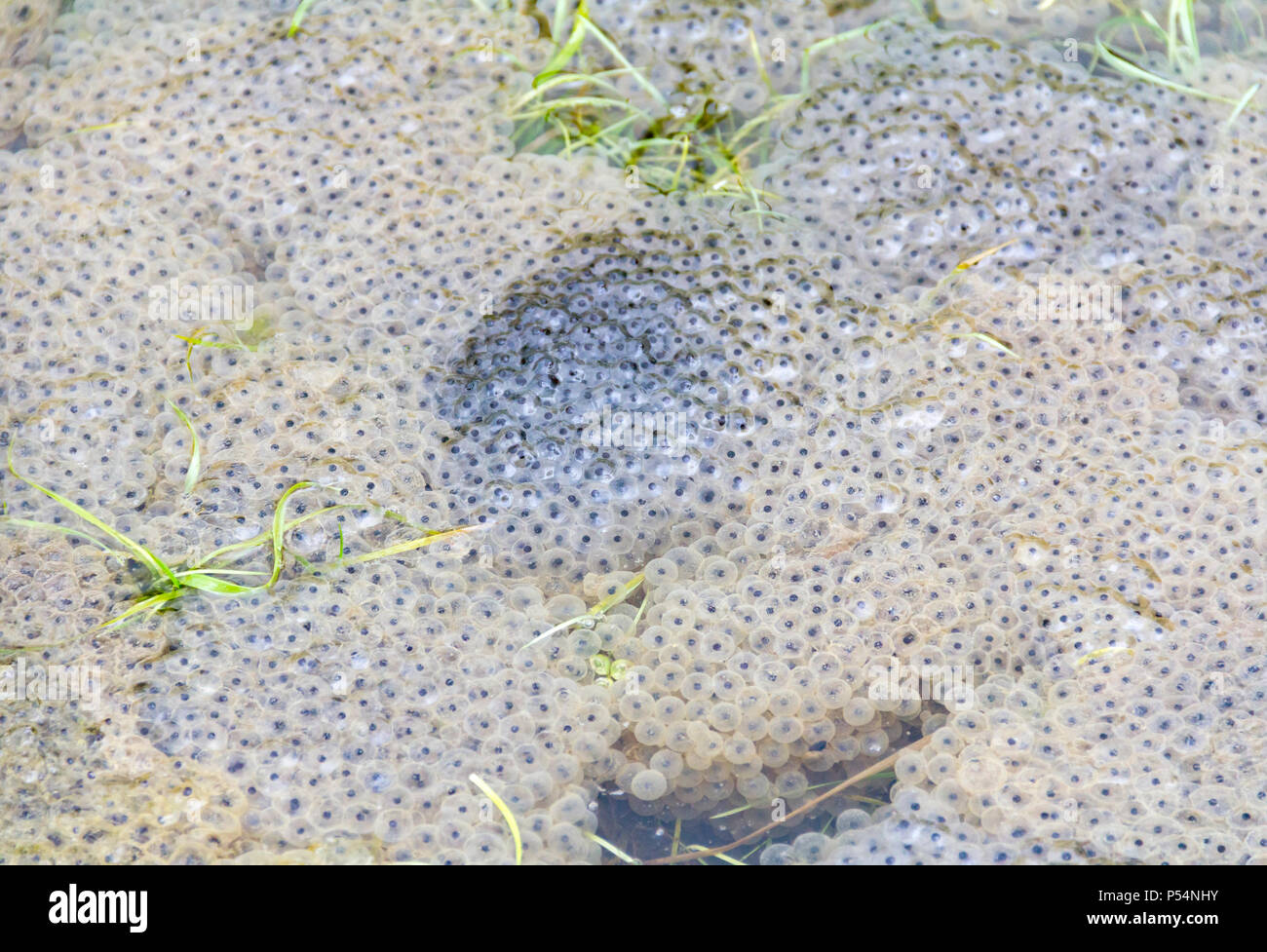 fresh frog spawn closeup at early spring time Stock Photohttps://www.alamy.com/image-license-details/?v=1https://www.alamy.com/fresh-frog-spawn-closeup-at-early-spring-time-image209702471.html
fresh frog spawn closeup at early spring time Stock Photohttps://www.alamy.com/image-license-details/?v=1https://www.alamy.com/fresh-frog-spawn-closeup-at-early-spring-time-image209702471.htmlRFP54NHY–fresh frog spawn closeup at early spring time
 . The biology of the frog. Frogs. 322 THE BIOLOGY OF THE FROG CHAP, The skin of the frog is an organ of unusual sensibility. It is sensitive not only to touch, chemical stimuli, and differences. FlG. 86. — Touch corpuscle of the frog with its supplying nerve. The branches of the nerve may be seen ramifying between the flattened cells of the sense organ. (From Gaupp, after Merkel.) of temperature, but it is affected in no small degree by light. It is also readily influenced by changes in the mois- ture of the air, as is indicated by the behavior of the animal under different conditions of the a Stock Photohttps://www.alamy.com/image-license-details/?v=1https://www.alamy.com/the-biology-of-the-frog-frogs-322-the-biology-of-the-frog-chap-the-skin-of-the-frog-is-an-organ-of-unusual-sensibility-it-is-sensitive-not-only-to-touch-chemical-stimuli-and-differences-flg-86-touch-corpuscle-of-the-frog-with-its-supplying-nerve-the-branches-of-the-nerve-may-be-seen-ramifying-between-the-flattened-cells-of-the-sense-organ-from-gaupp-after-merkel-of-temperature-but-it-is-affected-in-no-small-degree-by-light-it-is-also-readily-influenced-by-changes-in-the-mois-ture-of-the-air-as-is-indicated-by-the-behavior-of-the-animal-under-different-conditions-of-the-a-image234606377.html
. The biology of the frog. Frogs. 322 THE BIOLOGY OF THE FROG CHAP, The skin of the frog is an organ of unusual sensibility. It is sensitive not only to touch, chemical stimuli, and differences. FlG. 86. — Touch corpuscle of the frog with its supplying nerve. The branches of the nerve may be seen ramifying between the flattened cells of the sense organ. (From Gaupp, after Merkel.) of temperature, but it is affected in no small degree by light. It is also readily influenced by changes in the mois- ture of the air, as is indicated by the behavior of the animal under different conditions of the a Stock Photohttps://www.alamy.com/image-license-details/?v=1https://www.alamy.com/the-biology-of-the-frog-frogs-322-the-biology-of-the-frog-chap-the-skin-of-the-frog-is-an-organ-of-unusual-sensibility-it-is-sensitive-not-only-to-touch-chemical-stimuli-and-differences-flg-86-touch-corpuscle-of-the-frog-with-its-supplying-nerve-the-branches-of-the-nerve-may-be-seen-ramifying-between-the-flattened-cells-of-the-sense-organ-from-gaupp-after-merkel-of-temperature-but-it-is-affected-in-no-small-degree-by-light-it-is-also-readily-influenced-by-changes-in-the-mois-ture-of-the-air-as-is-indicated-by-the-behavior-of-the-animal-under-different-conditions-of-the-a-image234606377.htmlRMRHK6R5–. The biology of the frog. Frogs. 322 THE BIOLOGY OF THE FROG CHAP, The skin of the frog is an organ of unusual sensibility. It is sensitive not only to touch, chemical stimuli, and differences. FlG. 86. — Touch corpuscle of the frog with its supplying nerve. The branches of the nerve may be seen ramifying between the flattened cells of the sense organ. (From Gaupp, after Merkel.) of temperature, but it is affected in no small degree by light. It is also readily influenced by changes in the mois- ture of the air, as is indicated by the behavior of the animal under different conditions of the a
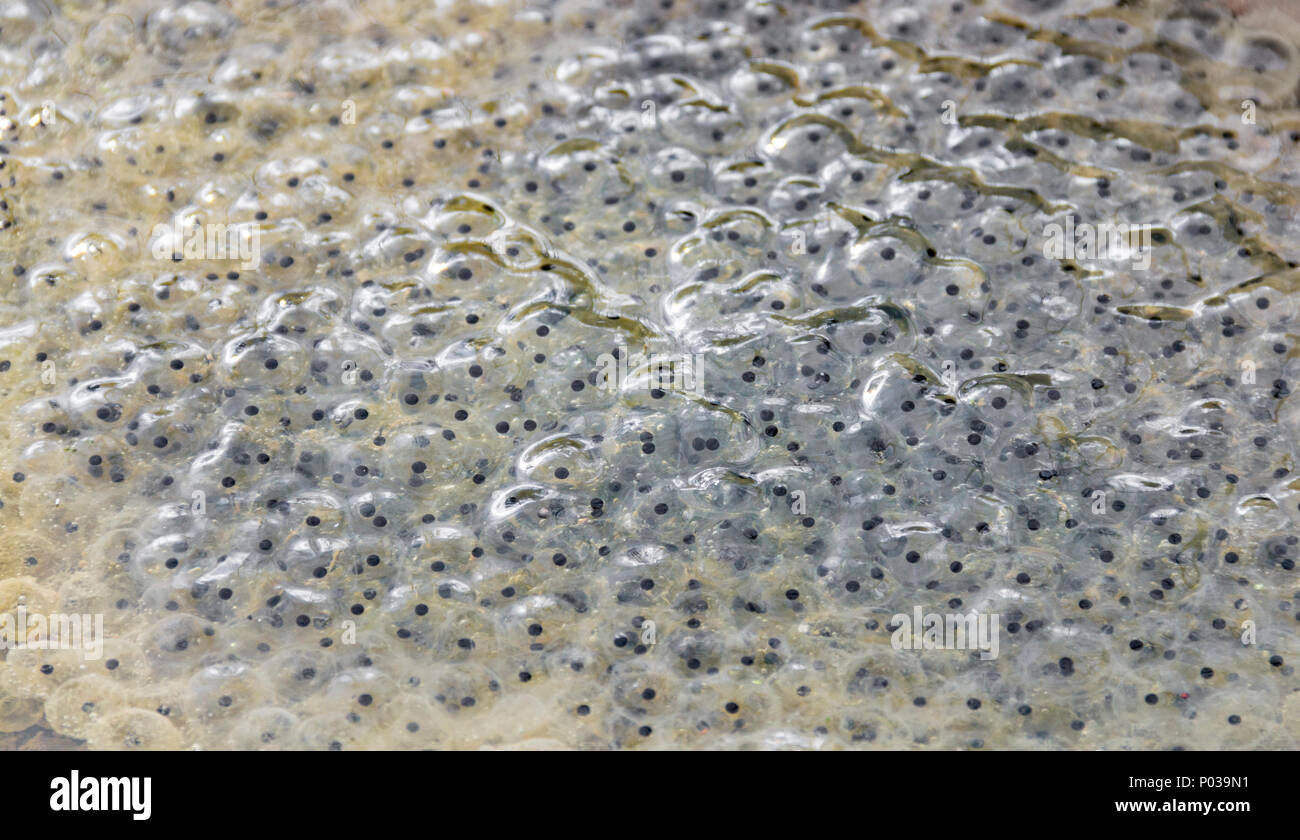 fresh frog spawn closeup at early spring time Stock Photohttps://www.alamy.com/image-license-details/?v=1https://www.alamy.com/fresh-frog-spawn-closeup-at-early-spring-time-image206597917.html
fresh frog spawn closeup at early spring time Stock Photohttps://www.alamy.com/image-license-details/?v=1https://www.alamy.com/fresh-frog-spawn-closeup-at-early-spring-time-image206597917.htmlRFP039N1–fresh frog spawn closeup at early spring time
 . The Biological bulletin. Biology; Zoology; Biology; Marine Biology. ANDROGENETIC DEVELOPMENT OF FROG EGG 239 Blastula development of androgenetic R. pipiens embryos is quite normal. As the time for gastrulation approaches slight indentations occasionally appear in the animal hemisphere of the blastula. Since these later disappear, do not occur in all of the experimental embryos, and have been noted in the controls, they are not considered a typical abnormality of androgenetic development. Comparative examination of androgenetic and control late blastulae reveals noticeably smaller cells in t Stock Photohttps://www.alamy.com/image-license-details/?v=1https://www.alamy.com/the-biological-bulletin-biology-zoology-biology-marine-biology-androgenetic-development-of-frog-egg-239-blastula-development-of-androgenetic-r-pipiens-embryos-is-quite-normal-as-the-time-for-gastrulation-approaches-slight-indentations-occasionally-appear-in-the-animal-hemisphere-of-the-blastula-since-these-later-disappear-do-not-occur-in-all-of-the-experimental-embryos-and-have-been-noted-in-the-controls-they-are-not-considered-a-typical-abnormality-of-androgenetic-development-comparative-examination-of-androgenetic-and-control-late-blastulae-reveals-noticeably-smaller-cells-in-t-image234669696.html
. The Biological bulletin. Biology; Zoology; Biology; Marine Biology. ANDROGENETIC DEVELOPMENT OF FROG EGG 239 Blastula development of androgenetic R. pipiens embryos is quite normal. As the time for gastrulation approaches slight indentations occasionally appear in the animal hemisphere of the blastula. Since these later disappear, do not occur in all of the experimental embryos, and have been noted in the controls, they are not considered a typical abnormality of androgenetic development. Comparative examination of androgenetic and control late blastulae reveals noticeably smaller cells in t Stock Photohttps://www.alamy.com/image-license-details/?v=1https://www.alamy.com/the-biological-bulletin-biology-zoology-biology-marine-biology-androgenetic-development-of-frog-egg-239-blastula-development-of-androgenetic-r-pipiens-embryos-is-quite-normal-as-the-time-for-gastrulation-approaches-slight-indentations-occasionally-appear-in-the-animal-hemisphere-of-the-blastula-since-these-later-disappear-do-not-occur-in-all-of-the-experimental-embryos-and-have-been-noted-in-the-controls-they-are-not-considered-a-typical-abnormality-of-androgenetic-development-comparative-examination-of-androgenetic-and-control-late-blastulae-reveals-noticeably-smaller-cells-in-t-image234669696.htmlRMRHP3GG–. The Biological bulletin. Biology; Zoology; Biology; Marine Biology. ANDROGENETIC DEVELOPMENT OF FROG EGG 239 Blastula development of androgenetic R. pipiens embryos is quite normal. As the time for gastrulation approaches slight indentations occasionally appear in the animal hemisphere of the blastula. Since these later disappear, do not occur in all of the experimental embryos, and have been noted in the controls, they are not considered a typical abnormality of androgenetic development. Comparative examination of androgenetic and control late blastulae reveals noticeably smaller cells in t
 fresh frog spawn closeup at early spring time Stock Photohttps://www.alamy.com/image-license-details/?v=1https://www.alamy.com/fresh-frog-spawn-closeup-at-early-spring-time-image206597919.html
fresh frog spawn closeup at early spring time Stock Photohttps://www.alamy.com/image-license-details/?v=1https://www.alamy.com/fresh-frog-spawn-closeup-at-early-spring-time-image206597919.htmlRFP039N3–fresh frog spawn closeup at early spring time
 . The biology of the amphibia. Amphibians. 18 THE BIOLOGY OF THE AMPHIBIA with a needle (Bataillon, 1910). The second process makes possible the transmission of hereditary factors received from the male and may be considered in more detail. Eggs extracted from the ovaries of the frog before they have escaped into the body cavity cannot be fertilized. This seems due to the failure of such eggs to maturate. In this process two successive divisions of the egg result in the throwing off near the animal pole of two minute bodies which are actual daughter cells although very small and difficult to s Stock Photohttps://www.alamy.com/image-license-details/?v=1https://www.alamy.com/the-biology-of-the-amphibia-amphibians-18-the-biology-of-the-amphibia-with-a-needle-bataillon-1910-the-second-process-makes-possible-the-transmission-of-hereditary-factors-received-from-the-male-and-may-be-considered-in-more-detail-eggs-extracted-from-the-ovaries-of-the-frog-before-they-have-escaped-into-the-body-cavity-cannot-be-fertilized-this-seems-due-to-the-failure-of-such-eggs-to-maturate-in-this-process-two-successive-divisions-of-the-egg-result-in-the-throwing-off-near-the-animal-pole-of-two-minute-bodies-which-are-actual-daughter-cells-although-very-small-and-difficult-to-s-image234608134.html
. The biology of the amphibia. Amphibians. 18 THE BIOLOGY OF THE AMPHIBIA with a needle (Bataillon, 1910). The second process makes possible the transmission of hereditary factors received from the male and may be considered in more detail. Eggs extracted from the ovaries of the frog before they have escaped into the body cavity cannot be fertilized. This seems due to the failure of such eggs to maturate. In this process two successive divisions of the egg result in the throwing off near the animal pole of two minute bodies which are actual daughter cells although very small and difficult to s Stock Photohttps://www.alamy.com/image-license-details/?v=1https://www.alamy.com/the-biology-of-the-amphibia-amphibians-18-the-biology-of-the-amphibia-with-a-needle-bataillon-1910-the-second-process-makes-possible-the-transmission-of-hereditary-factors-received-from-the-male-and-may-be-considered-in-more-detail-eggs-extracted-from-the-ovaries-of-the-frog-before-they-have-escaped-into-the-body-cavity-cannot-be-fertilized-this-seems-due-to-the-failure-of-such-eggs-to-maturate-in-this-process-two-successive-divisions-of-the-egg-result-in-the-throwing-off-near-the-animal-pole-of-two-minute-bodies-which-are-actual-daughter-cells-although-very-small-and-difficult-to-s-image234608134.htmlRMRHK91X–. The biology of the amphibia. Amphibians. 18 THE BIOLOGY OF THE AMPHIBIA with a needle (Bataillon, 1910). The second process makes possible the transmission of hereditary factors received from the male and may be considered in more detail. Eggs extracted from the ovaries of the frog before they have escaped into the body cavity cannot be fertilized. This seems due to the failure of such eggs to maturate. In this process two successive divisions of the egg result in the throwing off near the animal pole of two minute bodies which are actual daughter cells although very small and difficult to s
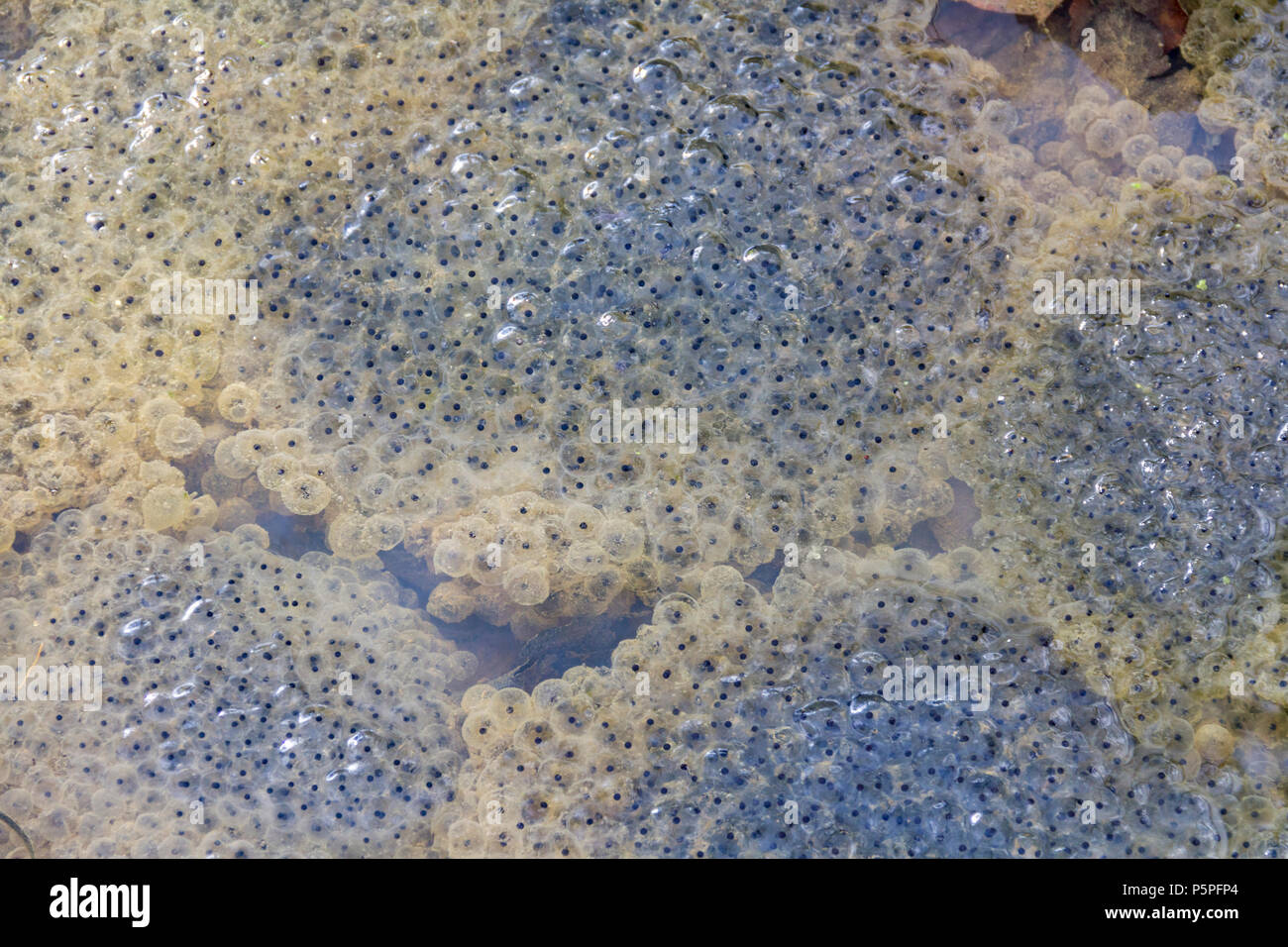 closeup shot showing lots of frog spawn at early spring time Stock Photohttps://www.alamy.com/image-license-details/?v=1https://www.alamy.com/closeup-shot-showing-lots-of-frog-spawn-at-early-spring-time-image210093020.html
closeup shot showing lots of frog spawn at early spring time Stock Photohttps://www.alamy.com/image-license-details/?v=1https://www.alamy.com/closeup-shot-showing-lots-of-frog-spawn-at-early-spring-time-image210093020.htmlRFP5PFP4–closeup shot showing lots of frog spawn at early spring time
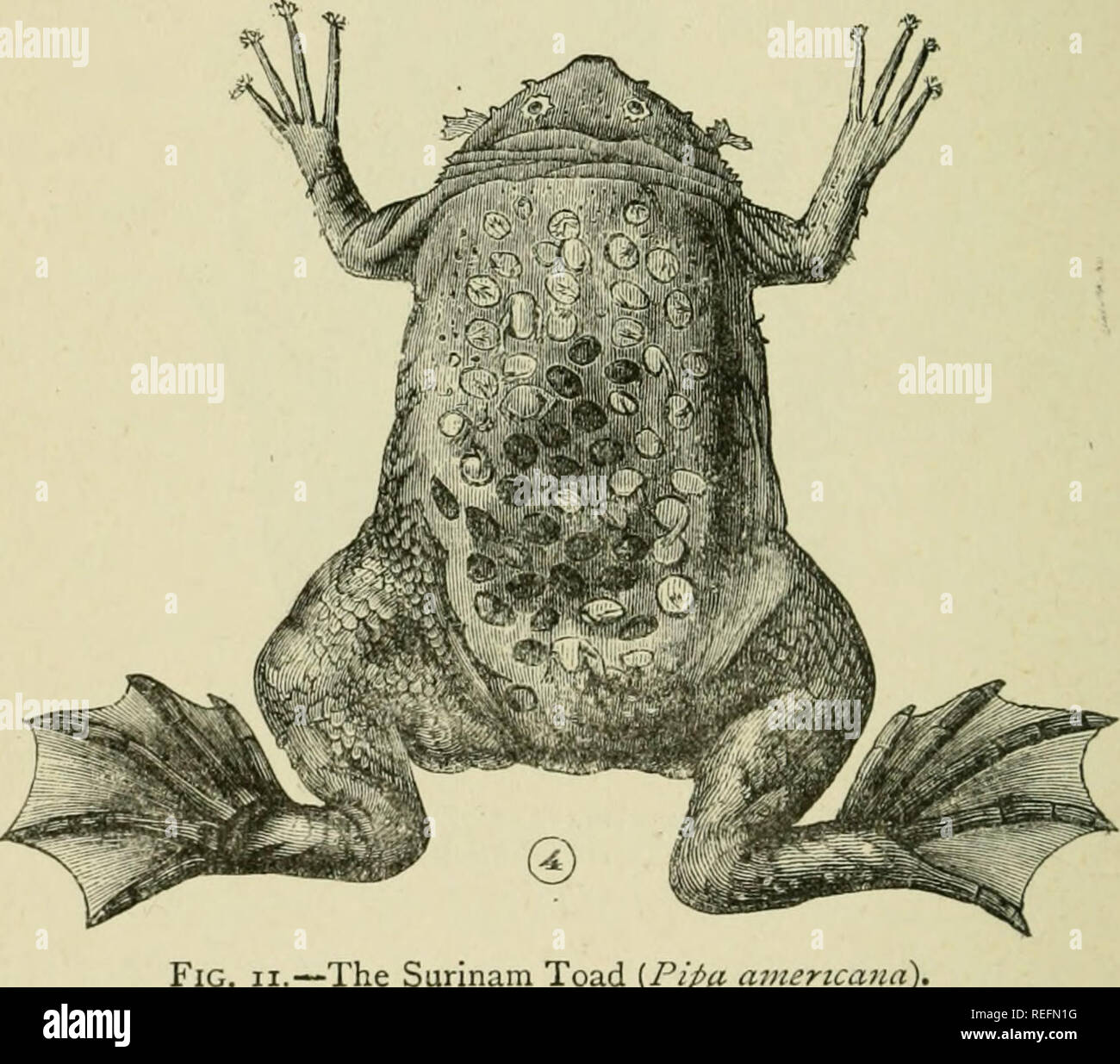 . The common frog. Frogs. 30 THE COMMON FROG. [chap. of the female's back at the laying season thickens greatly and becomes of quite a soft and loose tex- ture. The male, as soon as the eggs are laid, takes them and imbeds them in this thick, soft skin, which closes over them. Each itg^ then undergoes its process of development so enclosed, and the tadpole stage is, in this animal, passed within the q^^, so. The Surinam Toad {Pipa americami). that the young toads emerge from the dorsal cells of the mother completely developed miniatures of the adult. As many as 120 of these dorsal cells have b Stock Photohttps://www.alamy.com/image-license-details/?v=1https://www.alamy.com/the-common-frog-frogs-30-the-common-frog-chap-of-the-females-back-at-the-laying-season-thickens-greatly-and-becomes-of-quite-a-soft-and-loose-tex-ture-the-male-as-soon-as-the-eggs-are-laid-takes-them-and-imbeds-them-in-this-thick-soft-skin-which-closes-over-them-each-itg-then-undergoes-its-process-of-development-so-enclosed-and-the-tadpole-stage-is-in-this-animal-passed-within-the-q-so-the-surinam-toad-pipa-americami-that-the-young-toads-emerge-from-the-dorsal-cells-of-the-mother-completely-developed-miniatures-of-the-adult-as-many-as-120-of-these-dorsal-cells-have-b-image232685756.html
. The common frog. Frogs. 30 THE COMMON FROG. [chap. of the female's back at the laying season thickens greatly and becomes of quite a soft and loose tex- ture. The male, as soon as the eggs are laid, takes them and imbeds them in this thick, soft skin, which closes over them. Each itg^ then undergoes its process of development so enclosed, and the tadpole stage is, in this animal, passed within the q^^, so. The Surinam Toad {Pipa americami). that the young toads emerge from the dorsal cells of the mother completely developed miniatures of the adult. As many as 120 of these dorsal cells have b Stock Photohttps://www.alamy.com/image-license-details/?v=1https://www.alamy.com/the-common-frog-frogs-30-the-common-frog-chap-of-the-females-back-at-the-laying-season-thickens-greatly-and-becomes-of-quite-a-soft-and-loose-tex-ture-the-male-as-soon-as-the-eggs-are-laid-takes-them-and-imbeds-them-in-this-thick-soft-skin-which-closes-over-them-each-itg-then-undergoes-its-process-of-development-so-enclosed-and-the-tadpole-stage-is-in-this-animal-passed-within-the-q-so-the-surinam-toad-pipa-americami-that-the-young-toads-emerge-from-the-dorsal-cells-of-the-mother-completely-developed-miniatures-of-the-adult-as-many-as-120-of-these-dorsal-cells-have-b-image232685756.htmlRMREFN1G–. The common frog. Frogs. 30 THE COMMON FROG. [chap. of the female's back at the laying season thickens greatly and becomes of quite a soft and loose tex- ture. The male, as soon as the eggs are laid, takes them and imbeds them in this thick, soft skin, which closes over them. Each itg^ then undergoes its process of development so enclosed, and the tadpole stage is, in this animal, passed within the q^^, so. The Surinam Toad {Pipa americami). that the young toads emerge from the dorsal cells of the mother completely developed miniatures of the adult. As many as 120 of these dorsal cells have b
 closeup shot showing lots of frog spawn at early spring time Stock Photohttps://www.alamy.com/image-license-details/?v=1https://www.alamy.com/closeup-shot-showing-lots-of-frog-spawn-at-early-spring-time-image206597853.html
closeup shot showing lots of frog spawn at early spring time Stock Photohttps://www.alamy.com/image-license-details/?v=1https://www.alamy.com/closeup-shot-showing-lots-of-frog-spawn-at-early-spring-time-image206597853.htmlRFP039JN–closeup shot showing lots of frog spawn at early spring time
 . A text-book of animal physiology, with introductory chapters on general biology and a full treatment of reproduction ... Physiology, Comparative. THE BRAIN, 509 readied, the brain of the primates, and especially of man, has its surface enormously increased, owing to its numerous fis- sures and convolutions, which, in fact, arise from the growth of the organ being out of proportion to that of the bony case in which it is contained; and since those cells which go to Fis. 369.—Brain and spinal cord ot frog (Bastiaa). A, olfactory lobes; B, cerebral lobes ; iJ, pineal body; C, I>, optic lobes Stock Photohttps://www.alamy.com/image-license-details/?v=1https://www.alamy.com/a-text-book-of-animal-physiology-with-introductory-chapters-on-general-biology-and-a-full-treatment-of-reproduction-physiology-comparative-the-brain-509-readied-the-brain-of-the-primates-and-especially-of-man-has-its-surface-enormously-increased-owing-to-its-numerous-fis-sures-and-convolutions-which-in-fact-arise-from-the-growth-of-the-organ-being-out-of-proportion-to-that-of-the-bony-case-in-which-it-is-contained-and-since-those-cells-which-go-to-fis-369brain-and-spinal-cord-ot-frog-bastiaa-a-olfactory-lobes-b-cerebral-lobes-ij-pineal-body-c-igt-optic-lobes-image232424894.html
. A text-book of animal physiology, with introductory chapters on general biology and a full treatment of reproduction ... Physiology, Comparative. THE BRAIN, 509 readied, the brain of the primates, and especially of man, has its surface enormously increased, owing to its numerous fis- sures and convolutions, which, in fact, arise from the growth of the organ being out of proportion to that of the bony case in which it is contained; and since those cells which go to Fis. 369.—Brain and spinal cord ot frog (Bastiaa). A, olfactory lobes; B, cerebral lobes ; iJ, pineal body; C, I>, optic lobes Stock Photohttps://www.alamy.com/image-license-details/?v=1https://www.alamy.com/a-text-book-of-animal-physiology-with-introductory-chapters-on-general-biology-and-a-full-treatment-of-reproduction-physiology-comparative-the-brain-509-readied-the-brain-of-the-primates-and-especially-of-man-has-its-surface-enormously-increased-owing-to-its-numerous-fis-sures-and-convolutions-which-in-fact-arise-from-the-growth-of-the-organ-being-out-of-proportion-to-that-of-the-bony-case-in-which-it-is-contained-and-since-those-cells-which-go-to-fis-369brain-and-spinal-cord-ot-frog-bastiaa-a-olfactory-lobes-b-cerebral-lobes-ij-pineal-body-c-igt-optic-lobes-image232424894.htmlRMRE3T92–. A text-book of animal physiology, with introductory chapters on general biology and a full treatment of reproduction ... Physiology, Comparative. THE BRAIN, 509 readied, the brain of the primates, and especially of man, has its surface enormously increased, owing to its numerous fis- sures and convolutions, which, in fact, arise from the growth of the organ being out of proportion to that of the bony case in which it is contained; and since those cells which go to Fis. 369.—Brain and spinal cord ot frog (Bastiaa). A, olfactory lobes; B, cerebral lobes ; iJ, pineal body; C, I>, optic lobes
 closeup shot showing lots of frog spawn at early spring time Stock Photohttps://www.alamy.com/image-license-details/?v=1https://www.alamy.com/closeup-shot-showing-lots-of-frog-spawn-at-early-spring-time-image206597909.html
closeup shot showing lots of frog spawn at early spring time Stock Photohttps://www.alamy.com/image-license-details/?v=1https://www.alamy.com/closeup-shot-showing-lots-of-frog-spawn-at-early-spring-time-image206597909.htmlRFP039MN–closeup shot showing lots of frog spawn at early spring time
 . Comparative anatomy. Anatomy, Comparative. 62 COMPARATIVE ANATOMY the inequality in size of cells at animal and vegetal poles is much greater than in Amphioxus, another consequence of the greater yolk mass. After the third cleavage a cavity appears in the midst of the group of eight cells. As cleavages proceed this cavity enlarges and the embryo, as in Amphioxus, becomes a hollow sphere or blastula (Fig. ^gE). The ,„,., .,^,„,j^^^ frog blastula differs from that of Amphioxus. Its cavity (blastocoele) is excentric, occupying approxi- mately the animal hemisphere only. Its wall is more than on Stock Photohttps://www.alamy.com/image-license-details/?v=1https://www.alamy.com/comparative-anatomy-anatomy-comparative-62-comparative-anatomy-the-inequality-in-size-of-cells-at-animal-and-vegetal-poles-is-much-greater-than-in-amphioxus-another-consequence-of-the-greater-yolk-mass-after-the-third-cleavage-a-cavity-appears-in-the-midst-of-the-group-of-eight-cells-as-cleavages-proceed-this-cavity-enlarges-and-the-embryo-as-in-amphioxus-becomes-a-hollow-sphere-or-blastula-fig-ge-the-j-frog-blastula-differs-from-that-of-amphioxus-its-cavity-blastocoele-is-excentric-occupying-approxi-mately-the-animal-hemisphere-only-its-wall-is-more-than-on-image232666890.html
. Comparative anatomy. Anatomy, Comparative. 62 COMPARATIVE ANATOMY the inequality in size of cells at animal and vegetal poles is much greater than in Amphioxus, another consequence of the greater yolk mass. After the third cleavage a cavity appears in the midst of the group of eight cells. As cleavages proceed this cavity enlarges and the embryo, as in Amphioxus, becomes a hollow sphere or blastula (Fig. ^gE). The ,„,., .,^,„,j^^^ frog blastula differs from that of Amphioxus. Its cavity (blastocoele) is excentric, occupying approxi- mately the animal hemisphere only. Its wall is more than on Stock Photohttps://www.alamy.com/image-license-details/?v=1https://www.alamy.com/comparative-anatomy-anatomy-comparative-62-comparative-anatomy-the-inequality-in-size-of-cells-at-animal-and-vegetal-poles-is-much-greater-than-in-amphioxus-another-consequence-of-the-greater-yolk-mass-after-the-third-cleavage-a-cavity-appears-in-the-midst-of-the-group-of-eight-cells-as-cleavages-proceed-this-cavity-enlarges-and-the-embryo-as-in-amphioxus-becomes-a-hollow-sphere-or-blastula-fig-ge-the-j-frog-blastula-differs-from-that-of-amphioxus-its-cavity-blastocoele-is-excentric-occupying-approxi-mately-the-animal-hemisphere-only-its-wall-is-more-than-on-image232666890.htmlRMREETYP–. Comparative anatomy. Anatomy, Comparative. 62 COMPARATIVE ANATOMY the inequality in size of cells at animal and vegetal poles is much greater than in Amphioxus, another consequence of the greater yolk mass. After the third cleavage a cavity appears in the midst of the group of eight cells. As cleavages proceed this cavity enlarges and the embryo, as in Amphioxus, becomes a hollow sphere or blastula (Fig. ^gE). The ,„,., .,^,„,j^^^ frog blastula differs from that of Amphioxus. Its cavity (blastocoele) is excentric, occupying approxi- mately the animal hemisphere only. Its wall is more than on
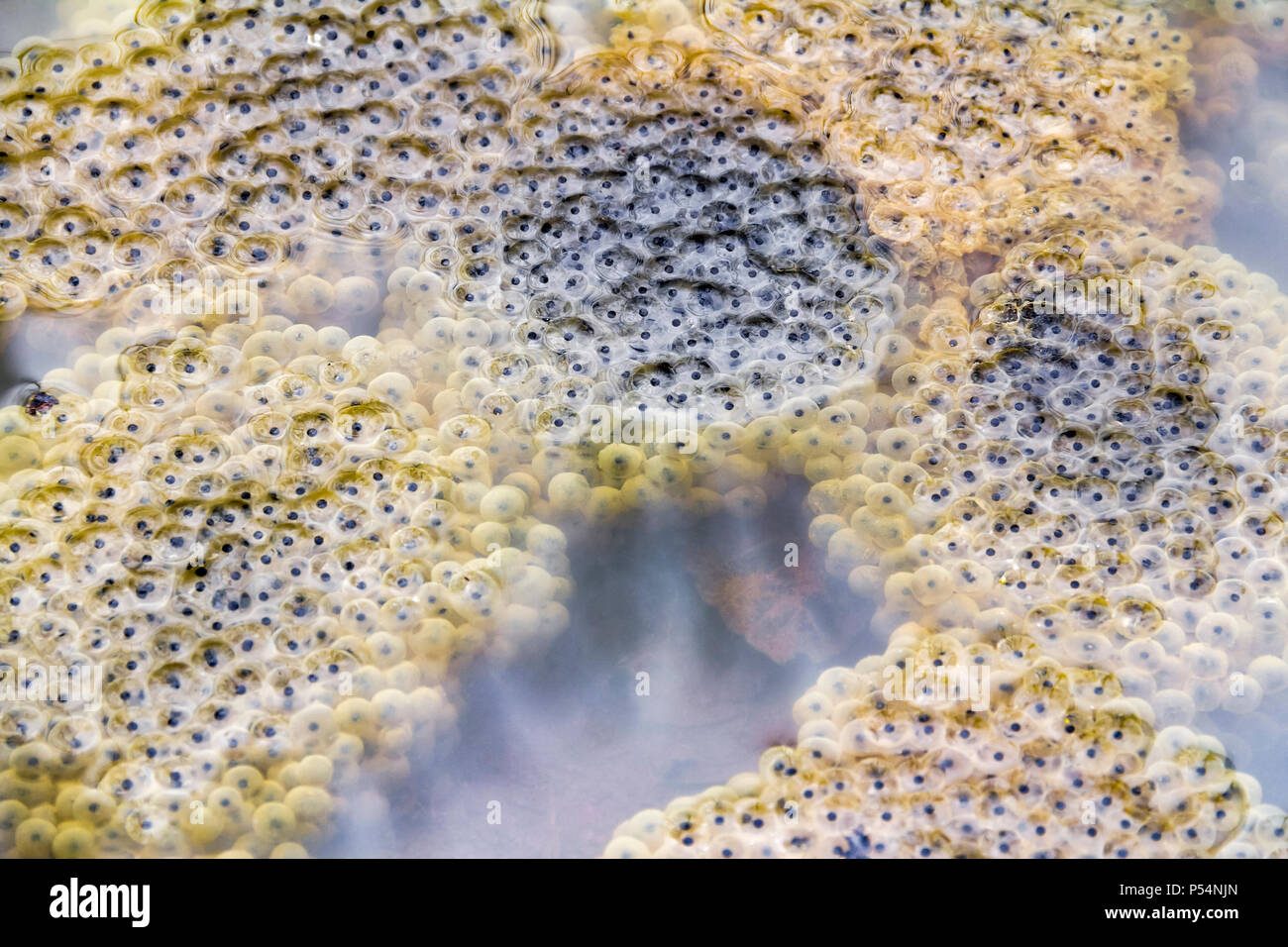 closeup shot showing lots of frog spawn at early spring time Stock Photohttps://www.alamy.com/image-license-details/?v=1https://www.alamy.com/closeup-shot-showing-lots-of-frog-spawn-at-early-spring-time-image209702493.html
closeup shot showing lots of frog spawn at early spring time Stock Photohttps://www.alamy.com/image-license-details/?v=1https://www.alamy.com/closeup-shot-showing-lots-of-frog-spawn-at-early-spring-time-image209702493.htmlRFP54NJN–closeup shot showing lots of frog spawn at early spring time
 . Elementary biology, animal and human. Biology. FROGS AND THEIR RELATIVES 117 adult stage cover themselves more or less with dirt in the daytime, and come out at night to feed upon insects, which constitute their sole food. Instead of having a smooth, slimy skin, as does the frog, a toad's skin (Pig. 87) is dry and covered with elevations com- monly known as " warts.'' These elevations contain cells which secrete an irritating siibstance that protects the toad from animals. Fig. 87.—The toad. Note its resemblance to its surroundings, whereby it is likely to be protected. that would prey Stock Photohttps://www.alamy.com/image-license-details/?v=1https://www.alamy.com/elementary-biology-animal-and-human-biology-frogs-and-their-relatives-117-adult-stage-cover-themselves-more-or-less-with-dirt-in-the-daytime-and-come-out-at-night-to-feed-upon-insects-which-constitute-their-sole-food-instead-of-having-a-smooth-slimy-skin-as-does-the-frog-a-toads-skin-pig-87-is-dry-and-covered-with-elevations-com-monly-known-as-quot-warts-these-elevations-contain-cells-which-secrete-an-irritating-siibstance-that-protects-the-toad-from-animals-fig-87the-toad-note-its-resemblance-to-its-surroundings-whereby-it-is-likely-to-be-protected-that-would-prey-image232118047.html
. Elementary biology, animal and human. Biology. FROGS AND THEIR RELATIVES 117 adult stage cover themselves more or less with dirt in the daytime, and come out at night to feed upon insects, which constitute their sole food. Instead of having a smooth, slimy skin, as does the frog, a toad's skin (Pig. 87) is dry and covered with elevations com- monly known as " warts.'' These elevations contain cells which secrete an irritating siibstance that protects the toad from animals. Fig. 87.—The toad. Note its resemblance to its surroundings, whereby it is likely to be protected. that would prey Stock Photohttps://www.alamy.com/image-license-details/?v=1https://www.alamy.com/elementary-biology-animal-and-human-biology-frogs-and-their-relatives-117-adult-stage-cover-themselves-more-or-less-with-dirt-in-the-daytime-and-come-out-at-night-to-feed-upon-insects-which-constitute-their-sole-food-instead-of-having-a-smooth-slimy-skin-as-does-the-frog-a-toads-skin-pig-87-is-dry-and-covered-with-elevations-com-monly-known-as-quot-warts-these-elevations-contain-cells-which-secrete-an-irritating-siibstance-that-protects-the-toad-from-animals-fig-87the-toad-note-its-resemblance-to-its-surroundings-whereby-it-is-likely-to-be-protected-that-would-prey-image232118047.htmlRMRDHTX7–. Elementary biology, animal and human. Biology. FROGS AND THEIR RELATIVES 117 adult stage cover themselves more or less with dirt in the daytime, and come out at night to feed upon insects, which constitute their sole food. Instead of having a smooth, slimy skin, as does the frog, a toad's skin (Pig. 87) is dry and covered with elevations com- monly known as " warts.'' These elevations contain cells which secrete an irritating siibstance that protects the toad from animals. Fig. 87.—The toad. Note its resemblance to its surroundings, whereby it is likely to be protected. that would prey
 closeup shot showing lots of frog spawn at early spring time Stock Photohttps://www.alamy.com/image-license-details/?v=1https://www.alamy.com/closeup-shot-showing-lots-of-frog-spawn-at-early-spring-time-image209702478.html
closeup shot showing lots of frog spawn at early spring time Stock Photohttps://www.alamy.com/image-license-details/?v=1https://www.alamy.com/closeup-shot-showing-lots-of-frog-spawn-at-early-spring-time-image209702478.htmlRFP54NJ6–closeup shot showing lots of frog spawn at early spring time
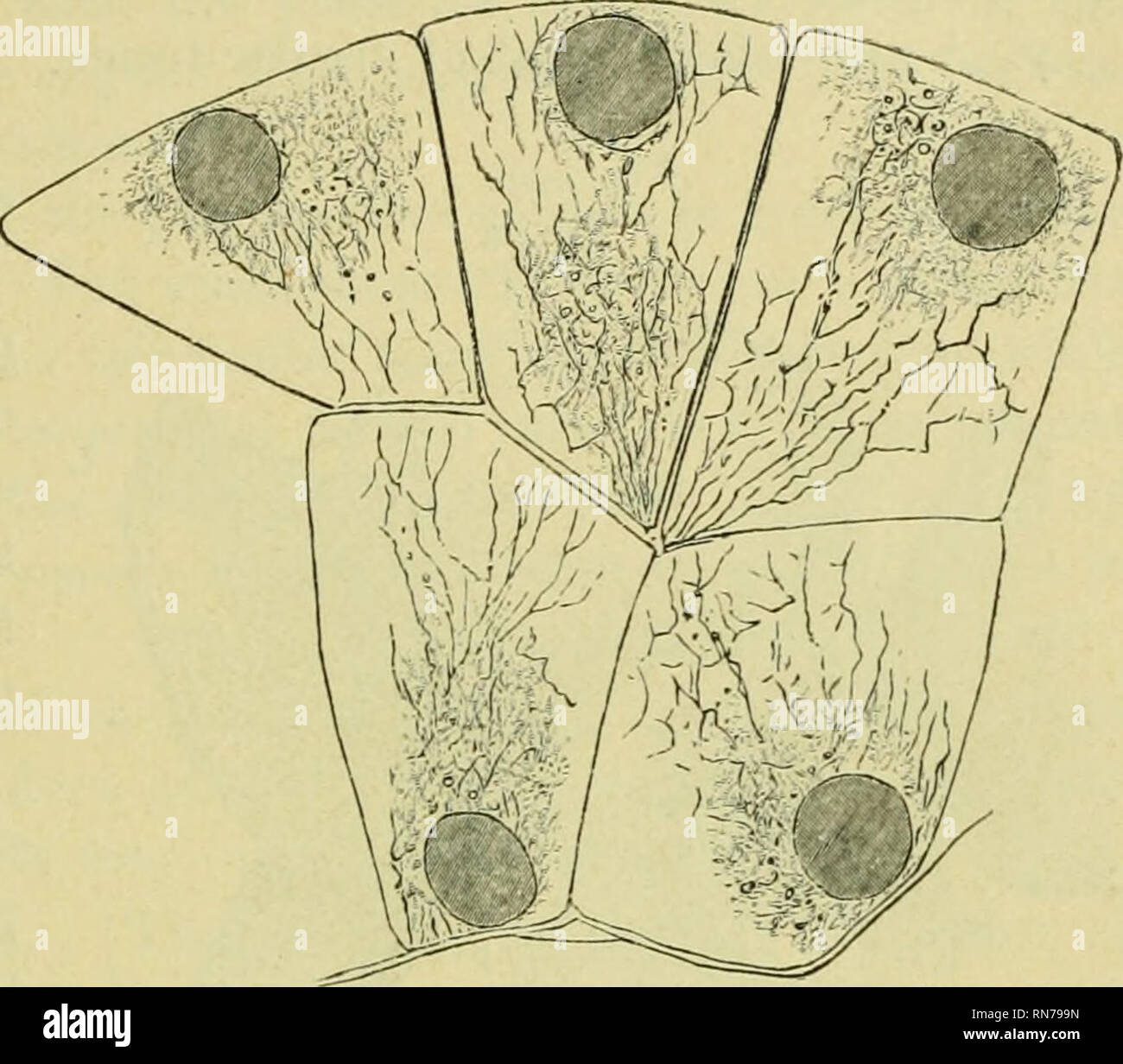 . The anatomy of the frog. Frogs -- Anatomy; Amphibians -- Anatomy. GLANDS CONNECTED WITH THE INTESTINAL CANAL. 299 Fig. 197. ciliated ; they also possess a layer o£ unstriated muscle-fibre (Eberth). C The pigment of the liver varies very much in amount and character^ according to the time of the year and state of health of the animal. According to Eberth the pigmentary masses are of about the same size as the white blood- corpuscles, andare pos- sessed of the power of amoeboid movement (in young animals). f^, ,, Liver-cells, after Kupifer. ihe cells possess two to seven nuclei and vary much i Stock Photohttps://www.alamy.com/image-license-details/?v=1https://www.alamy.com/the-anatomy-of-the-frog-frogs-anatomy-amphibians-anatomy-glands-connected-with-the-intestinal-canal-299-fig-197-ciliated-they-also-possess-a-layer-o-unstriated-muscle-fibre-eberth-c-the-pigment-of-the-liver-varies-very-much-in-amount-and-character-according-to-the-time-of-the-year-and-state-of-health-of-the-animal-according-to-eberth-the-pigmentary-masses-are-of-about-the-same-size-as-the-white-blood-corpuscles-andare-pos-sessed-of-the-power-of-amoeboid-movement-in-young-animals-f-liver-cells-after-kupifer-ihe-cells-possess-two-to-seven-nuclei-and-vary-much-i-image236803553.html
. The anatomy of the frog. Frogs -- Anatomy; Amphibians -- Anatomy. GLANDS CONNECTED WITH THE INTESTINAL CANAL. 299 Fig. 197. ciliated ; they also possess a layer o£ unstriated muscle-fibre (Eberth). C The pigment of the liver varies very much in amount and character^ according to the time of the year and state of health of the animal. According to Eberth the pigmentary masses are of about the same size as the white blood- corpuscles, andare pos- sessed of the power of amoeboid movement (in young animals). f^, ,, Liver-cells, after Kupifer. ihe cells possess two to seven nuclei and vary much i Stock Photohttps://www.alamy.com/image-license-details/?v=1https://www.alamy.com/the-anatomy-of-the-frog-frogs-anatomy-amphibians-anatomy-glands-connected-with-the-intestinal-canal-299-fig-197-ciliated-they-also-possess-a-layer-o-unstriated-muscle-fibre-eberth-c-the-pigment-of-the-liver-varies-very-much-in-amount-and-character-according-to-the-time-of-the-year-and-state-of-health-of-the-animal-according-to-eberth-the-pigmentary-masses-are-of-about-the-same-size-as-the-white-blood-corpuscles-andare-pos-sessed-of-the-power-of-amoeboid-movement-in-young-animals-f-liver-cells-after-kupifer-ihe-cells-possess-two-to-seven-nuclei-and-vary-much-i-image236803553.htmlRMRN799N–. The anatomy of the frog. Frogs -- Anatomy; Amphibians -- Anatomy. GLANDS CONNECTED WITH THE INTESTINAL CANAL. 299 Fig. 197. ciliated ; they also possess a layer o£ unstriated muscle-fibre (Eberth). C The pigment of the liver varies very much in amount and character^ according to the time of the year and state of health of the animal. According to Eberth the pigmentary masses are of about the same size as the white blood- corpuscles, andare pos- sessed of the power of amoeboid movement (in young animals). f^, ,, Liver-cells, after Kupifer. ihe cells possess two to seven nuclei and vary much i
 closeup shot showing lots of frog spawn at early spring time Stock Photohttps://www.alamy.com/image-license-details/?v=1https://www.alamy.com/closeup-shot-showing-lots-of-frog-spawn-at-early-spring-time-image206597809.html
closeup shot showing lots of frog spawn at early spring time Stock Photohttps://www.alamy.com/image-license-details/?v=1https://www.alamy.com/closeup-shot-showing-lots-of-frog-spawn-at-early-spring-time-image206597809.htmlRFP039H5–closeup shot showing lots of frog spawn at early spring time
 . Animal biology. Zoology; Biology. 370 METAZOAN PHYLA the removal of the anterior part of the brain in front of the medulla has so little effect upon its activities indicates plainly the low grade of intelligence possessed by the animal. The roof of the cerebrum in all forms up to Amphibia has been epithelial and without nerve cells. In Olfactory lobe. Cerebrum ? :^ Pineal ;^>--| Stalk jw^ Diencephalon ? -??^—Optic ^— Cerebellum Medulla Fig. 252.—Brain of European frog, Rana esculenta Linnaeus, viewed from above. {From a Ziegler model, after Wiedersheim.) The roots of the cranial nerves Stock Photohttps://www.alamy.com/image-license-details/?v=1https://www.alamy.com/animal-biology-zoology-biology-370-metazoan-phyla-the-removal-of-the-anterior-part-of-the-brain-in-front-of-the-medulla-has-so-little-effect-upon-its-activities-indicates-plainly-the-low-grade-of-intelligence-possessed-by-the-animal-the-roof-of-the-cerebrum-in-all-forms-up-to-amphibia-has-been-epithelial-and-without-nerve-cells-in-olfactory-lobe-cerebrum-pineal-gt-stalk-jw-diencephalon-optic-cerebellum-medulla-fig-252brain-of-european-frog-rana-esculenta-linnaeus-viewed-from-above-from-a-ziegler-model-after-wiedersheim-the-roots-of-the-cranial-nerves-image236764644.html
. Animal biology. Zoology; Biology. 370 METAZOAN PHYLA the removal of the anterior part of the brain in front of the medulla has so little effect upon its activities indicates plainly the low grade of intelligence possessed by the animal. The roof of the cerebrum in all forms up to Amphibia has been epithelial and without nerve cells. In Olfactory lobe. Cerebrum ? :^ Pineal ;^>--| Stalk jw^ Diencephalon ? -??^—Optic ^— Cerebellum Medulla Fig. 252.—Brain of European frog, Rana esculenta Linnaeus, viewed from above. {From a Ziegler model, after Wiedersheim.) The roots of the cranial nerves Stock Photohttps://www.alamy.com/image-license-details/?v=1https://www.alamy.com/animal-biology-zoology-biology-370-metazoan-phyla-the-removal-of-the-anterior-part-of-the-brain-in-front-of-the-medulla-has-so-little-effect-upon-its-activities-indicates-plainly-the-low-grade-of-intelligence-possessed-by-the-animal-the-roof-of-the-cerebrum-in-all-forms-up-to-amphibia-has-been-epithelial-and-without-nerve-cells-in-olfactory-lobe-cerebrum-pineal-gt-stalk-jw-diencephalon-optic-cerebellum-medulla-fig-252brain-of-european-frog-rana-esculenta-linnaeus-viewed-from-above-from-a-ziegler-model-after-wiedersheim-the-roots-of-the-cranial-nerves-image236764644.htmlRMRN5FM4–. Animal biology. Zoology; Biology. 370 METAZOAN PHYLA the removal of the anterior part of the brain in front of the medulla has so little effect upon its activities indicates plainly the low grade of intelligence possessed by the animal. The roof of the cerebrum in all forms up to Amphibia has been epithelial and without nerve cells. In Olfactory lobe. Cerebrum ? :^ Pineal ;^>--| Stalk jw^ Diencephalon ? -??^—Optic ^— Cerebellum Medulla Fig. 252.—Brain of European frog, Rana esculenta Linnaeus, viewed from above. {From a Ziegler model, after Wiedersheim.) The roots of the cranial nerves
 closeup shot showing lots of frog spawn at early spring time Stock Photohttps://www.alamy.com/image-license-details/?v=1https://www.alamy.com/closeup-shot-showing-lots-of-frog-spawn-at-early-spring-time-image210092943.html
closeup shot showing lots of frog spawn at early spring time Stock Photohttps://www.alamy.com/image-license-details/?v=1https://www.alamy.com/closeup-shot-showing-lots-of-frog-spawn-at-early-spring-time-image210092943.htmlRFP5PFKB–closeup shot showing lots of frog spawn at early spring time
 . Animal biology. Biology; Zoology; Physiology. THE CONTINUITY OF LIFE 239 have reached testis or ovary, we are on surer ground and can trace with considerable exactness their divisions and transformations which give rise to the gametes: sperm and eggs. In the first place the primordial germ cells proceed to divide in the testis and ovary so that they produce a large number of germ cells known as sperma- togonia and oogonia respectively. (Fig. 165, A, B.) Thus, for instance, the ovary of an adult female Frog shows oogonia in various stages of development. The eggs of the next breeding season a Stock Photohttps://www.alamy.com/image-license-details/?v=1https://www.alamy.com/animal-biology-biology-zoology-physiology-the-continuity-of-life-239-have-reached-testis-or-ovary-we-are-on-surer-ground-and-can-trace-with-considerable-exactness-their-divisions-and-transformations-which-give-rise-to-the-gametes-sperm-and-eggs-in-the-first-place-the-primordial-germ-cells-proceed-to-divide-in-the-testis-and-ovary-so-that-they-produce-a-large-number-of-germ-cells-known-as-sperma-togonia-and-oogonia-respectively-fig-165-a-b-thus-for-instance-the-ovary-of-an-adult-female-frog-shows-oogonia-in-various-stages-of-development-the-eggs-of-the-next-breeding-season-a-image236765037.html
. Animal biology. Biology; Zoology; Physiology. THE CONTINUITY OF LIFE 239 have reached testis or ovary, we are on surer ground and can trace with considerable exactness their divisions and transformations which give rise to the gametes: sperm and eggs. In the first place the primordial germ cells proceed to divide in the testis and ovary so that they produce a large number of germ cells known as sperma- togonia and oogonia respectively. (Fig. 165, A, B.) Thus, for instance, the ovary of an adult female Frog shows oogonia in various stages of development. The eggs of the next breeding season a Stock Photohttps://www.alamy.com/image-license-details/?v=1https://www.alamy.com/animal-biology-biology-zoology-physiology-the-continuity-of-life-239-have-reached-testis-or-ovary-we-are-on-surer-ground-and-can-trace-with-considerable-exactness-their-divisions-and-transformations-which-give-rise-to-the-gametes-sperm-and-eggs-in-the-first-place-the-primordial-germ-cells-proceed-to-divide-in-the-testis-and-ovary-so-that-they-produce-a-large-number-of-germ-cells-known-as-sperma-togonia-and-oogonia-respectively-fig-165-a-b-thus-for-instance-the-ovary-of-an-adult-female-frog-shows-oogonia-in-various-stages-of-development-the-eggs-of-the-next-breeding-season-a-image236765037.htmlRMRN5G65–. Animal biology. Biology; Zoology; Physiology. THE CONTINUITY OF LIFE 239 have reached testis or ovary, we are on surer ground and can trace with considerable exactness their divisions and transformations which give rise to the gametes: sperm and eggs. In the first place the primordial germ cells proceed to divide in the testis and ovary so that they produce a large number of germ cells known as sperma- togonia and oogonia respectively. (Fig. 165, A, B.) Thus, for instance, the ovary of an adult female Frog shows oogonia in various stages of development. The eggs of the next breeding season a
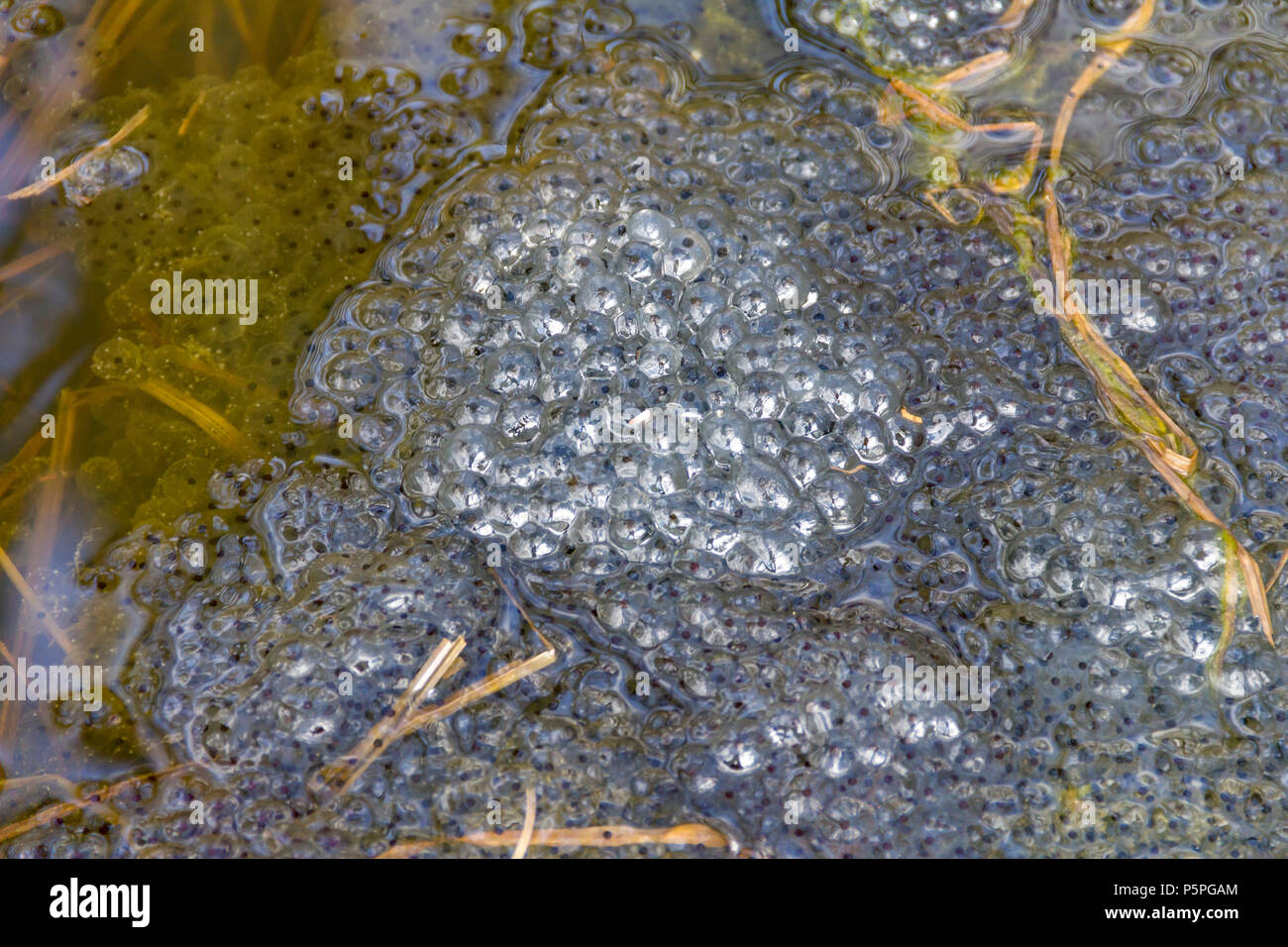 closeup shot showing lots of frog spawn at early spring time Stock Photohttps://www.alamy.com/image-license-details/?v=1https://www.alamy.com/closeup-shot-showing-lots-of-frog-spawn-at-early-spring-time-image210093484.html
closeup shot showing lots of frog spawn at early spring time Stock Photohttps://www.alamy.com/image-license-details/?v=1https://www.alamy.com/closeup-shot-showing-lots-of-frog-spawn-at-early-spring-time-image210093484.htmlRFP5PGAM–closeup shot showing lots of frog spawn at early spring time
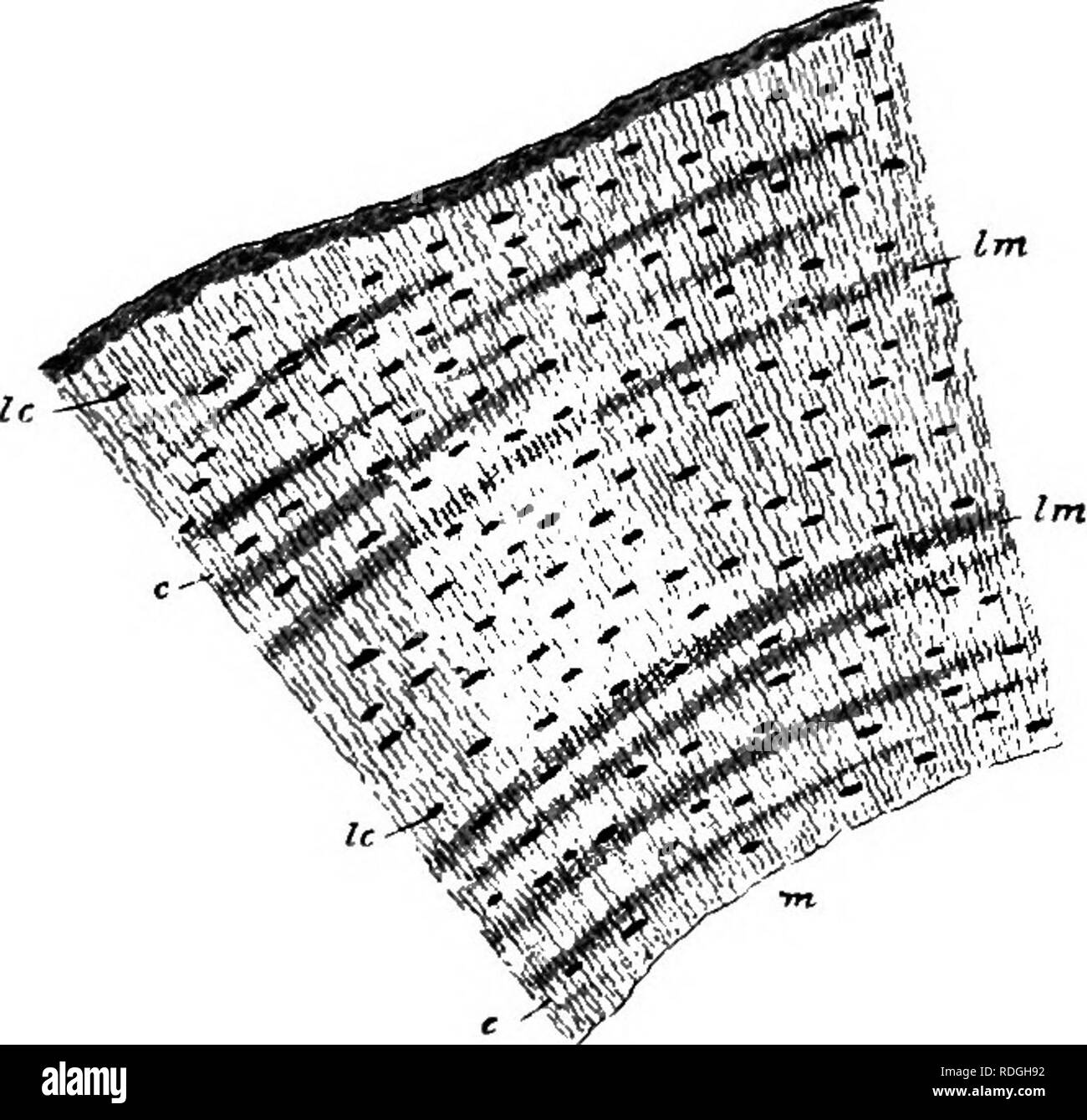 . An elementary course of practical zoology. Zoology. li6 THE 'FROG CHAP. from one another and intercellular-substance is formed between them. In the embryo, this tissue consists entirely of closely packed cells which gradually separate and form a structureless matrix which is firm and elastic, and which in some parts (pp. 46 and 48) may become calcified. Bone.—As we have already seen (p. 52) bone is formed of two constituents, a basis of animal matter in which mineral matter—calcium phosphate and carbonate—is deposited. In microscopic examination we may therefore mvestigate. Fig. 35.—Transver Stock Photohttps://www.alamy.com/image-license-details/?v=1https://www.alamy.com/an-elementary-course-of-practical-zoology-zoology-li6-the-frog-chap-from-one-another-and-intercellular-substance-is-formed-between-them-in-the-embryo-this-tissue-consists-entirely-of-closely-packed-cells-which-gradually-separate-and-form-a-structureless-matrix-which-is-firm-and-elastic-and-which-in-some-parts-pp-46-and-48-may-become-calcified-boneas-we-have-already-seen-p-52-bone-is-formed-of-two-constituents-a-basis-of-animal-matter-in-which-mineral-mattercalcium-phosphate-and-carbonateis-deposited-in-microscopic-examination-we-may-therefore-mvestigate-fig-35transver-image232090126.html
. An elementary course of practical zoology. Zoology. li6 THE 'FROG CHAP. from one another and intercellular-substance is formed between them. In the embryo, this tissue consists entirely of closely packed cells which gradually separate and form a structureless matrix which is firm and elastic, and which in some parts (pp. 46 and 48) may become calcified. Bone.—As we have already seen (p. 52) bone is formed of two constituents, a basis of animal matter in which mineral matter—calcium phosphate and carbonate—is deposited. In microscopic examination we may therefore mvestigate. Fig. 35.—Transver Stock Photohttps://www.alamy.com/image-license-details/?v=1https://www.alamy.com/an-elementary-course-of-practical-zoology-zoology-li6-the-frog-chap-from-one-another-and-intercellular-substance-is-formed-between-them-in-the-embryo-this-tissue-consists-entirely-of-closely-packed-cells-which-gradually-separate-and-form-a-structureless-matrix-which-is-firm-and-elastic-and-which-in-some-parts-pp-46-and-48-may-become-calcified-boneas-we-have-already-seen-p-52-bone-is-formed-of-two-constituents-a-basis-of-animal-matter-in-which-mineral-mattercalcium-phosphate-and-carbonateis-deposited-in-microscopic-examination-we-may-therefore-mvestigate-fig-35transver-image232090126.htmlRMRDGH92–. An elementary course of practical zoology. Zoology. li6 THE 'FROG CHAP. from one another and intercellular-substance is formed between them. In the embryo, this tissue consists entirely of closely packed cells which gradually separate and form a structureless matrix which is firm and elastic, and which in some parts (pp. 46 and 48) may become calcified. Bone.—As we have already seen (p. 52) bone is formed of two constituents, a basis of animal matter in which mineral matter—calcium phosphate and carbonate—is deposited. In microscopic examination we may therefore mvestigate. Fig. 35.—Transver
 closeup shot showing lots of frog spawn at early spring time Stock Photohttps://www.alamy.com/image-license-details/?v=1https://www.alamy.com/closeup-shot-showing-lots-of-frog-spawn-at-early-spring-time-image206597846.html
closeup shot showing lots of frog spawn at early spring time Stock Photohttps://www.alamy.com/image-license-details/?v=1https://www.alamy.com/closeup-shot-showing-lots-of-frog-spawn-at-early-spring-time-image206597846.htmlRFP039JE–closeup shot showing lots of frog spawn at early spring time
 . A text-book of animal physiology, with introductory chapters on general biology and a full treatment of reproduction ... Physiology, Comparative. Fig. 474. Fig. 473.—Ganglion cell from sympathetic ganglion of frog ; greatly magnified, and showing both straigrnt and coiled fibers (after Quain). Fig. 474.—Multipolar ganglion cells from sympathetic system of man, highly magnified (after Max Schultze). a, cell freed from capsule ; 6, inclosed within a nucleated capsule. In both the processes have been broken away. Instead of the classification of nerves into efferent and afferent, connected with Stock Photohttps://www.alamy.com/image-license-details/?v=1https://www.alamy.com/a-text-book-of-animal-physiology-with-introductory-chapters-on-general-biology-and-a-full-treatment-of-reproduction-physiology-comparative-fig-474-fig-473ganglion-cell-from-sympathetic-ganglion-of-frog-greatly-magnified-and-showing-both-straigrnt-and-coiled-fibers-after-quain-fig-474multipolar-ganglion-cells-from-sympathetic-system-of-man-highly-magnified-after-max-schultze-a-cell-freed-from-capsule-6-inclosed-within-a-nucleated-capsule-in-both-the-processes-have-been-broken-away-instead-of-the-classification-of-nerves-into-efferent-and-afferent-connected-with-image232424523.html
. A text-book of animal physiology, with introductory chapters on general biology and a full treatment of reproduction ... Physiology, Comparative. Fig. 474. Fig. 473.—Ganglion cell from sympathetic ganglion of frog ; greatly magnified, and showing both straigrnt and coiled fibers (after Quain). Fig. 474.—Multipolar ganglion cells from sympathetic system of man, highly magnified (after Max Schultze). a, cell freed from capsule ; 6, inclosed within a nucleated capsule. In both the processes have been broken away. Instead of the classification of nerves into efferent and afferent, connected with Stock Photohttps://www.alamy.com/image-license-details/?v=1https://www.alamy.com/a-text-book-of-animal-physiology-with-introductory-chapters-on-general-biology-and-a-full-treatment-of-reproduction-physiology-comparative-fig-474-fig-473ganglion-cell-from-sympathetic-ganglion-of-frog-greatly-magnified-and-showing-both-straigrnt-and-coiled-fibers-after-quain-fig-474multipolar-ganglion-cells-from-sympathetic-system-of-man-highly-magnified-after-max-schultze-a-cell-freed-from-capsule-6-inclosed-within-a-nucleated-capsule-in-both-the-processes-have-been-broken-away-instead-of-the-classification-of-nerves-into-efferent-and-afferent-connected-with-image232424523.htmlRMRE3RRR–. A text-book of animal physiology, with introductory chapters on general biology and a full treatment of reproduction ... Physiology, Comparative. Fig. 474. Fig. 473.—Ganglion cell from sympathetic ganglion of frog ; greatly magnified, and showing both straigrnt and coiled fibers (after Quain). Fig. 474.—Multipolar ganglion cells from sympathetic system of man, highly magnified (after Max Schultze). a, cell freed from capsule ; 6, inclosed within a nucleated capsule. In both the processes have been broken away. Instead of the classification of nerves into efferent and afferent, connected with
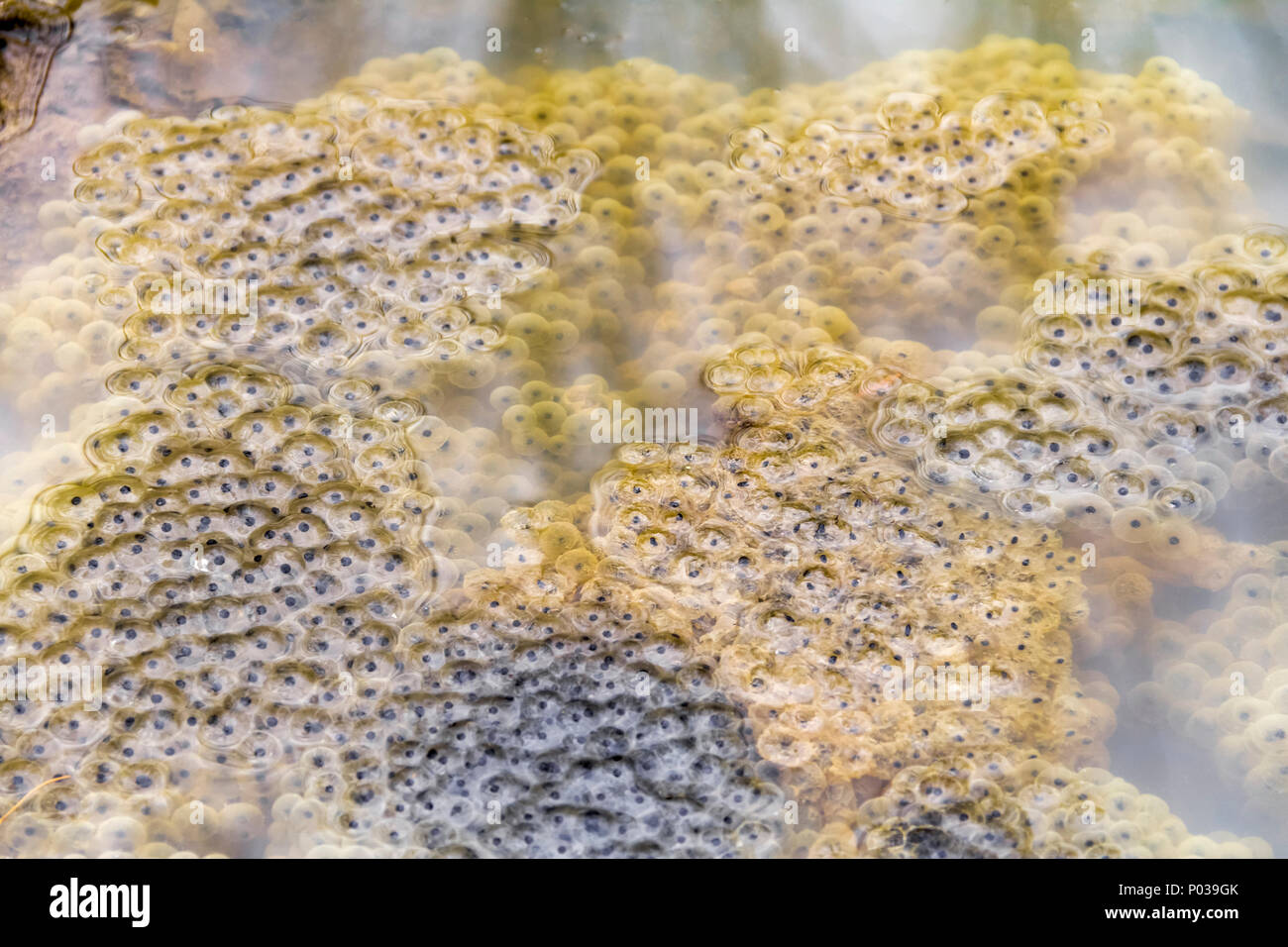 closeup shot showing lots of frog spawn at early spring time Stock Photohttps://www.alamy.com/image-license-details/?v=1https://www.alamy.com/closeup-shot-showing-lots-of-frog-spawn-at-early-spring-time-image206597795.html
closeup shot showing lots of frog spawn at early spring time Stock Photohttps://www.alamy.com/image-license-details/?v=1https://www.alamy.com/closeup-shot-showing-lots-of-frog-spawn-at-early-spring-time-image206597795.htmlRFP039GK–closeup shot showing lots of frog spawn at early spring time
 . The cell in development and inheritance. Cells; Cells. 96 THE GERM-CELLS eii Nereis (Fig. 43). Often associated with the proper deutoplasm- spheres are drops of oil, either scattered through the yolk (Fig. 43) or united to form a single large drop, as in many pelagic fish-eggs. The deutoplasm is as a rule heavier than the protoplasm; and in such cases, if the yolk is accumulated in one hemisphere, the egg assumes a constant position with respect to gravity, the egg-axis standing vertically with the animal pole turned upward, as in the frog, the bird, and many other cases. There are, however, Stock Photohttps://www.alamy.com/image-license-details/?v=1https://www.alamy.com/the-cell-in-development-and-inheritance-cells-cells-96-the-germ-cells-eii-nereis-fig-43-often-associated-with-the-proper-deutoplasm-spheres-are-drops-of-oil-either-scattered-through-the-yolk-fig-43-or-united-to-form-a-single-large-drop-as-in-many-pelagic-fish-eggs-the-deutoplasm-is-as-a-rule-heavier-than-the-protoplasm-and-in-such-cases-if-the-yolk-is-accumulated-in-one-hemisphere-the-egg-assumes-a-constant-position-with-respect-to-gravity-the-egg-axis-standing-vertically-with-the-animal-pole-turned-upward-as-in-the-frog-the-bird-and-many-other-cases-there-are-however-image235081676.html
. The cell in development and inheritance. Cells; Cells. 96 THE GERM-CELLS eii Nereis (Fig. 43). Often associated with the proper deutoplasm- spheres are drops of oil, either scattered through the yolk (Fig. 43) or united to form a single large drop, as in many pelagic fish-eggs. The deutoplasm is as a rule heavier than the protoplasm; and in such cases, if the yolk is accumulated in one hemisphere, the egg assumes a constant position with respect to gravity, the egg-axis standing vertically with the animal pole turned upward, as in the frog, the bird, and many other cases. There are, however, Stock Photohttps://www.alamy.com/image-license-details/?v=1https://www.alamy.com/the-cell-in-development-and-inheritance-cells-cells-96-the-germ-cells-eii-nereis-fig-43-often-associated-with-the-proper-deutoplasm-spheres-are-drops-of-oil-either-scattered-through-the-yolk-fig-43-or-united-to-form-a-single-large-drop-as-in-many-pelagic-fish-eggs-the-deutoplasm-is-as-a-rule-heavier-than-the-protoplasm-and-in-such-cases-if-the-yolk-is-accumulated-in-one-hemisphere-the-egg-assumes-a-constant-position-with-respect-to-gravity-the-egg-axis-standing-vertically-with-the-animal-pole-turned-upward-as-in-the-frog-the-bird-and-many-other-cases-there-are-however-image235081676.htmlRMRJCW24–. The cell in development and inheritance. Cells; Cells. 96 THE GERM-CELLS eii Nereis (Fig. 43). Often associated with the proper deutoplasm- spheres are drops of oil, either scattered through the yolk (Fig. 43) or united to form a single large drop, as in many pelagic fish-eggs. The deutoplasm is as a rule heavier than the protoplasm; and in such cases, if the yolk is accumulated in one hemisphere, the egg assumes a constant position with respect to gravity, the egg-axis standing vertically with the animal pole turned upward, as in the frog, the bird, and many other cases. There are, however,
 lots of frog spawn clusters at early spring time in natural ambiance Stock Photohttps://www.alamy.com/image-license-details/?v=1https://www.alamy.com/lots-of-frog-spawn-clusters-at-early-spring-time-in-natural-ambiance-image206597912.html
lots of frog spawn clusters at early spring time in natural ambiance Stock Photohttps://www.alamy.com/image-license-details/?v=1https://www.alamy.com/lots-of-frog-spawn-clusters-at-early-spring-time-in-natural-ambiance-image206597912.htmlRFP039MT–lots of frog spawn clusters at early spring time in natural ambiance
 . The cell in development and inheritance. Cells. 96 THE GERM-CELLS Nereis (Fig. 43). Often associated with the proper deutoplasm- spheres are drops of oil, either scattered through the yolk (Fig. 43) or united to form a single large drop, as in many- pelagic fish-eggs. The deutoplasm is as a rule heavier than the protoplasm; and in such cases, if the yolk is accumulated in one hemisphere, the egg assumes a constant position with respect to gravity, the egg-axis standing vertically with the animal pole turned upward, as in the frog, the bird, and many other cases. There are, however, many case Stock Photohttps://www.alamy.com/image-license-details/?v=1https://www.alamy.com/the-cell-in-development-and-inheritance-cells-96-the-germ-cells-nereis-fig-43-often-associated-with-the-proper-deutoplasm-spheres-are-drops-of-oil-either-scattered-through-the-yolk-fig-43-or-united-to-form-a-single-large-drop-as-in-many-pelagic-fish-eggs-the-deutoplasm-is-as-a-rule-heavier-than-the-protoplasm-and-in-such-cases-if-the-yolk-is-accumulated-in-one-hemisphere-the-egg-assumes-a-constant-position-with-respect-to-gravity-the-egg-axis-standing-vertically-with-the-animal-pole-turned-upward-as-in-the-frog-the-bird-and-many-other-cases-there-are-however-many-case-image235081763.html
. The cell in development and inheritance. Cells. 96 THE GERM-CELLS Nereis (Fig. 43). Often associated with the proper deutoplasm- spheres are drops of oil, either scattered through the yolk (Fig. 43) or united to form a single large drop, as in many- pelagic fish-eggs. The deutoplasm is as a rule heavier than the protoplasm; and in such cases, if the yolk is accumulated in one hemisphere, the egg assumes a constant position with respect to gravity, the egg-axis standing vertically with the animal pole turned upward, as in the frog, the bird, and many other cases. There are, however, many case Stock Photohttps://www.alamy.com/image-license-details/?v=1https://www.alamy.com/the-cell-in-development-and-inheritance-cells-96-the-germ-cells-nereis-fig-43-often-associated-with-the-proper-deutoplasm-spheres-are-drops-of-oil-either-scattered-through-the-yolk-fig-43-or-united-to-form-a-single-large-drop-as-in-many-pelagic-fish-eggs-the-deutoplasm-is-as-a-rule-heavier-than-the-protoplasm-and-in-such-cases-if-the-yolk-is-accumulated-in-one-hemisphere-the-egg-assumes-a-constant-position-with-respect-to-gravity-the-egg-axis-standing-vertically-with-the-animal-pole-turned-upward-as-in-the-frog-the-bird-and-many-other-cases-there-are-however-many-case-image235081763.htmlRMRJCW57–. The cell in development and inheritance. Cells. 96 THE GERM-CELLS Nereis (Fig. 43). Often associated with the proper deutoplasm- spheres are drops of oil, either scattered through the yolk (Fig. 43) or united to form a single large drop, as in many- pelagic fish-eggs. The deutoplasm is as a rule heavier than the protoplasm; and in such cases, if the yolk is accumulated in one hemisphere, the egg assumes a constant position with respect to gravity, the egg-axis standing vertically with the animal pole turned upward, as in the frog, the bird, and many other cases. There are, however, many case
 lots of frog spawn clusters at early spring time in natural ambiance Stock Photohttps://www.alamy.com/image-license-details/?v=1https://www.alamy.com/lots-of-frog-spawn-clusters-at-early-spring-time-in-natural-ambiance-image206626542.html
lots of frog spawn clusters at early spring time in natural ambiance Stock Photohttps://www.alamy.com/image-license-details/?v=1https://www.alamy.com/lots-of-frog-spawn-clusters-at-early-spring-time-in-natural-ambiance-image206626542.htmlRFP04J7A–lots of frog spawn clusters at early spring time in natural ambiance
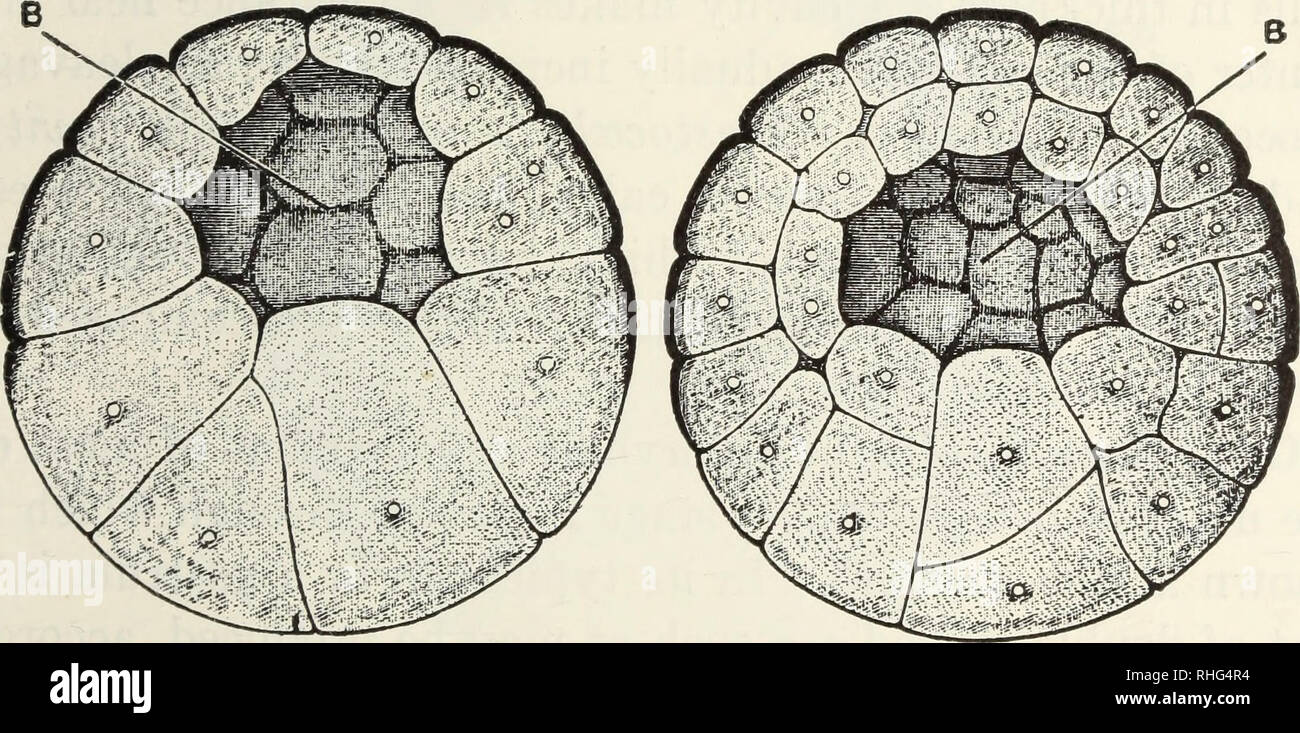 . The biology of the frog. Frogs. THE DEVELOPMENT OF THE FROG 97 The third cleavage furrow comes in a little above the equator of the egg and at right angles to the other two; the four upper cells cut off by this division are a little smaller than the lower four. At the next cleavage the fur- rows run nearly vertically and hence at right angles to the third cleavage plane. Sometimes the furrows meet at the animal pole, but more frequently they cut through the first or second cleavage furrows, producing thus a bilateral ar- rangement of the cells. The fourth cleavage furrows are subject to more Stock Photohttps://www.alamy.com/image-license-details/?v=1https://www.alamy.com/the-biology-of-the-frog-frogs-the-development-of-the-frog-97-the-third-cleavage-furrow-comes-in-a-little-above-the-equator-of-the-egg-and-at-right-angles-to-the-other-two-the-four-upper-cells-cut-off-by-this-division-are-a-little-smaller-than-the-lower-four-at-the-next-cleavage-the-fur-rows-run-nearly-vertically-and-hence-at-right-angles-to-the-third-cleavage-plane-sometimes-the-furrows-meet-at-the-animal-pole-but-more-frequently-they-cut-through-the-first-or-second-cleavage-furrows-producing-thus-a-bilateral-ar-rangement-of-the-cells-the-fourth-cleavage-furrows-are-subject-to-more-image234538952.html
. The biology of the frog. Frogs. THE DEVELOPMENT OF THE FROG 97 The third cleavage furrow comes in a little above the equator of the egg and at right angles to the other two; the four upper cells cut off by this division are a little smaller than the lower four. At the next cleavage the fur- rows run nearly vertically and hence at right angles to the third cleavage plane. Sometimes the furrows meet at the animal pole, but more frequently they cut through the first or second cleavage furrows, producing thus a bilateral ar- rangement of the cells. The fourth cleavage furrows are subject to more Stock Photohttps://www.alamy.com/image-license-details/?v=1https://www.alamy.com/the-biology-of-the-frog-frogs-the-development-of-the-frog-97-the-third-cleavage-furrow-comes-in-a-little-above-the-equator-of-the-egg-and-at-right-angles-to-the-other-two-the-four-upper-cells-cut-off-by-this-division-are-a-little-smaller-than-the-lower-four-at-the-next-cleavage-the-fur-rows-run-nearly-vertically-and-hence-at-right-angles-to-the-third-cleavage-plane-sometimes-the-furrows-meet-at-the-animal-pole-but-more-frequently-they-cut-through-the-first-or-second-cleavage-furrows-producing-thus-a-bilateral-ar-rangement-of-the-cells-the-fourth-cleavage-furrows-are-subject-to-more-image234538952.htmlRMRHG4R4–. The biology of the frog. Frogs. THE DEVELOPMENT OF THE FROG 97 The third cleavage furrow comes in a little above the equator of the egg and at right angles to the other two; the four upper cells cut off by this division are a little smaller than the lower four. At the next cleavage the fur- rows run nearly vertically and hence at right angles to the third cleavage plane. Sometimes the furrows meet at the animal pole, but more frequently they cut through the first or second cleavage furrows, producing thus a bilateral ar- rangement of the cells. The fourth cleavage furrows are subject to more
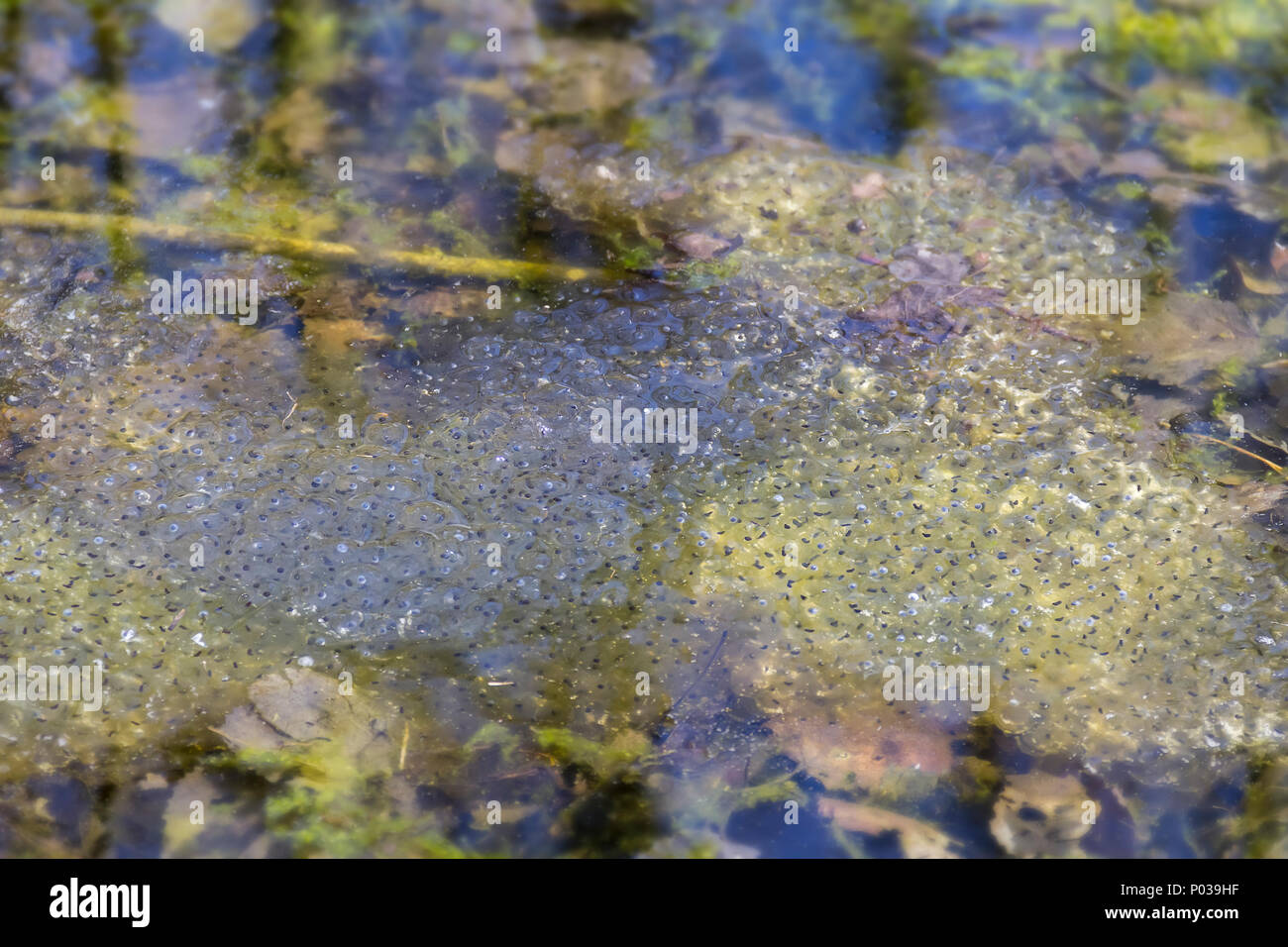 lots of frog spawn clusters at early spring time in natural ambiance Stock Photohttps://www.alamy.com/image-license-details/?v=1https://www.alamy.com/lots-of-frog-spawn-clusters-at-early-spring-time-in-natural-ambiance-image206597819.html
lots of frog spawn clusters at early spring time in natural ambiance Stock Photohttps://www.alamy.com/image-license-details/?v=1https://www.alamy.com/lots-of-frog-spawn-clusters-at-early-spring-time-in-natural-ambiance-image206597819.htmlRFP039HF–lots of frog spawn clusters at early spring time in natural ambiance
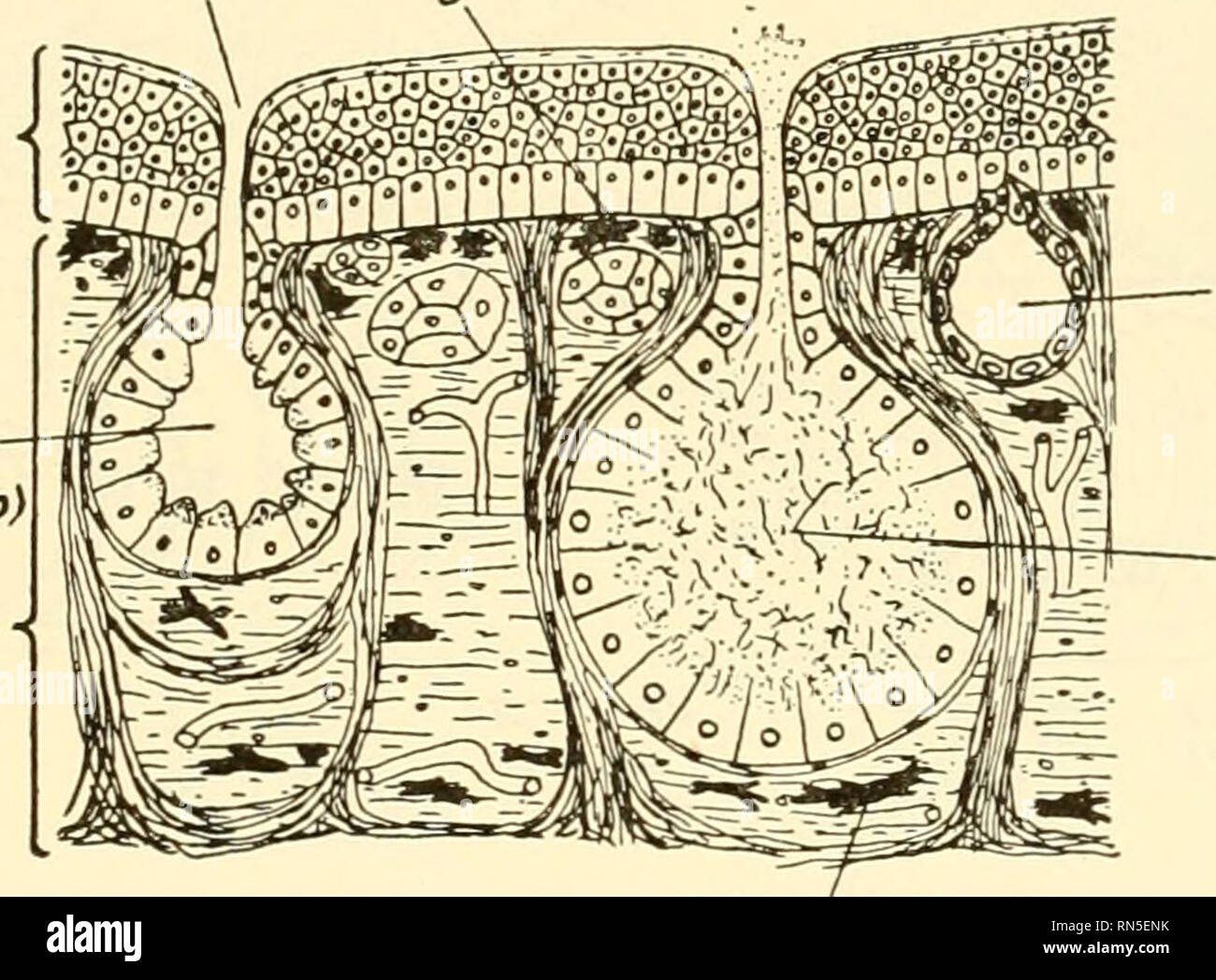 . Animal biology. Zoology; Biology. CHAPTER LIV TERRESTRIAL VERTEBRATES The fourth class of the vertebrates, Amphibia, exhibits a transition from hfe in water, which has been characteristic of all vertebrates pre- viously studied, to life in air. Nevertheless, the amphibians do not show a complete emancipation from aquatic life. Some of them remain Ducf Pigment cells Epider- mis Mucous gland (b) Dermis -. Mucous gland (a) Mucous ^ gland (c) Pigment cell Fig. 257.—Somewhat diagrammatic section of the skin of a frog to show stages in activity of mucous glands. Gland a, the section of which does Stock Photohttps://www.alamy.com/image-license-details/?v=1https://www.alamy.com/animal-biology-zoology-biology-chapter-liv-terrestrial-vertebrates-the-fourth-class-of-the-vertebrates-amphibia-exhibits-a-transition-from-hfe-in-water-which-has-been-characteristic-of-all-vertebrates-pre-viously-studied-to-life-in-air-nevertheless-the-amphibians-do-not-show-a-complete-emancipation-from-aquatic-life-some-of-them-remain-ducf-pigment-cells-epider-mis-mucous-gland-b-dermis-mucous-gland-a-mucous-gland-c-pigment-cell-fig-257somewhat-diagrammatic-section-of-the-skin-of-a-frog-to-show-stages-in-activity-of-mucous-glands-gland-a-the-section-of-which-does-image236763903.html
. Animal biology. Zoology; Biology. CHAPTER LIV TERRESTRIAL VERTEBRATES The fourth class of the vertebrates, Amphibia, exhibits a transition from hfe in water, which has been characteristic of all vertebrates pre- viously studied, to life in air. Nevertheless, the amphibians do not show a complete emancipation from aquatic life. Some of them remain Ducf Pigment cells Epider- mis Mucous gland (b) Dermis -. Mucous gland (a) Mucous ^ gland (c) Pigment cell Fig. 257.—Somewhat diagrammatic section of the skin of a frog to show stages in activity of mucous glands. Gland a, the section of which does Stock Photohttps://www.alamy.com/image-license-details/?v=1https://www.alamy.com/animal-biology-zoology-biology-chapter-liv-terrestrial-vertebrates-the-fourth-class-of-the-vertebrates-amphibia-exhibits-a-transition-from-hfe-in-water-which-has-been-characteristic-of-all-vertebrates-pre-viously-studied-to-life-in-air-nevertheless-the-amphibians-do-not-show-a-complete-emancipation-from-aquatic-life-some-of-them-remain-ducf-pigment-cells-epider-mis-mucous-gland-b-dermis-mucous-gland-a-mucous-gland-c-pigment-cell-fig-257somewhat-diagrammatic-section-of-the-skin-of-a-frog-to-show-stages-in-activity-of-mucous-glands-gland-a-the-section-of-which-does-image236763903.htmlRMRN5ENK–. Animal biology. Zoology; Biology. CHAPTER LIV TERRESTRIAL VERTEBRATES The fourth class of the vertebrates, Amphibia, exhibits a transition from hfe in water, which has been characteristic of all vertebrates pre- viously studied, to life in air. Nevertheless, the amphibians do not show a complete emancipation from aquatic life. Some of them remain Ducf Pigment cells Epider- mis Mucous gland (b) Dermis -. Mucous gland (a) Mucous ^ gland (c) Pigment cell Fig. 257.—Somewhat diagrammatic section of the skin of a frog to show stages in activity of mucous glands. Gland a, the section of which does
 lots of frog spawn clusters at early spring time in natural ambiance Stock Photohttps://www.alamy.com/image-license-details/?v=1https://www.alamy.com/lots-of-frog-spawn-clusters-at-early-spring-time-in-natural-ambiance-image210093394.html
lots of frog spawn clusters at early spring time in natural ambiance Stock Photohttps://www.alamy.com/image-license-details/?v=1https://www.alamy.com/lots-of-frog-spawn-clusters-at-early-spring-time-in-natural-ambiance-image210093394.htmlRFP5PG7E–lots of frog spawn clusters at early spring time in natural ambiance
 . Animal activities : a first book in zoölogy. Zoology; Animal behavior. A-—i-U . Fig. 203.—Morula Stage. Fig. 204.—Gastrula Stage. A, outer layer of cells; B, inner layer; C, external open- ing' or mouth; D, internal cavity. examine the embryo of a bird we find, at an early period, a well-formed tail which can be of no possible use to its owner. This tail disappears, as does that of the frog, with further growth. Even more strongly than in the case of the frog is relationship with tailed vertebrates suggested. Naturalists generally believe that this tail is a peculiarity inherited from a re Stock Photohttps://www.alamy.com/image-license-details/?v=1https://www.alamy.com/animal-activities-a-first-book-in-zology-zoology-animal-behavior-a-i-u-fig-203morula-stage-fig-204gastrula-stage-a-outer-layer-of-cells-b-inner-layer-c-external-open-ing-or-mouth-d-internal-cavity-examine-the-embryo-of-a-bird-we-find-at-an-early-period-a-well-formed-tail-which-can-be-of-no-possible-use-to-its-owner-this-tail-disappears-as-does-that-of-the-frog-with-further-growth-even-more-strongly-than-in-the-case-of-the-frog-is-relationship-with-tailed-vertebrates-suggested-naturalists-generally-believe-that-this-tail-is-a-peculiarity-inherited-from-a-re-image236769628.html
. Animal activities : a first book in zoölogy. Zoology; Animal behavior. A-—i-U . Fig. 203.—Morula Stage. Fig. 204.—Gastrula Stage. A, outer layer of cells; B, inner layer; C, external open- ing' or mouth; D, internal cavity. examine the embryo of a bird we find, at an early period, a well-formed tail which can be of no possible use to its owner. This tail disappears, as does that of the frog, with further growth. Even more strongly than in the case of the frog is relationship with tailed vertebrates suggested. Naturalists generally believe that this tail is a peculiarity inherited from a re Stock Photohttps://www.alamy.com/image-license-details/?v=1https://www.alamy.com/animal-activities-a-first-book-in-zology-zoology-animal-behavior-a-i-u-fig-203morula-stage-fig-204gastrula-stage-a-outer-layer-of-cells-b-inner-layer-c-external-open-ing-or-mouth-d-internal-cavity-examine-the-embryo-of-a-bird-we-find-at-an-early-period-a-well-formed-tail-which-can-be-of-no-possible-use-to-its-owner-this-tail-disappears-as-does-that-of-the-frog-with-further-growth-even-more-strongly-than-in-the-case-of-the-frog-is-relationship-with-tailed-vertebrates-suggested-naturalists-generally-believe-that-this-tail-is-a-peculiarity-inherited-from-a-re-image236769628.htmlRMRN5P24–. Animal activities : a first book in zoölogy. Zoology; Animal behavior. A-—i-U . Fig. 203.—Morula Stage. Fig. 204.—Gastrula Stage. A, outer layer of cells; B, inner layer; C, external open- ing' or mouth; D, internal cavity. examine the embryo of a bird we find, at an early period, a well-formed tail which can be of no possible use to its owner. This tail disappears, as does that of the frog, with further growth. Even more strongly than in the case of the frog is relationship with tailed vertebrates suggested. Naturalists generally believe that this tail is a peculiarity inherited from a re